








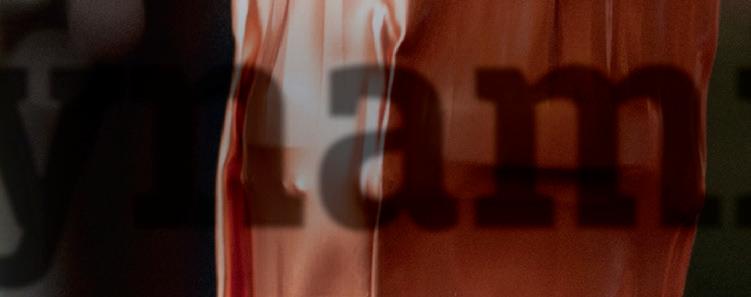

VINEYARD CONSULTANTS • Vineyard sales & acquisition • Planning applications • Business plans • Environmental schemes • Grants • Matthew Berryman 07710 765323 matthew@c-l-m.co.uk INSIDE Counting on contract 9 planning pointers Meunier aka the secret weapon The dynamic duo OCTOBER 2022 ™


































































































































































































































































































































































































ad - 265x170mm - Hadlow OPEN MORNING HADLOW MAIN SITE & GREENWICH CAMPUS SATURDAY 5TH NOVEMBER FROM 10:00AM - 1:00PM
www.vineyardmagazine.co.uk
VINEYARD
Kelsey Media, The Granary, Downs Court Yalding Hill, Yalding, Maidstone, Kent, ME18 6AL 01959 541444
EDITORIAL
Editor: Christian Davis DipWSET vineyard.ed@kelsey.co.uk Features: Malcolm Triggs Jo Cowderoy
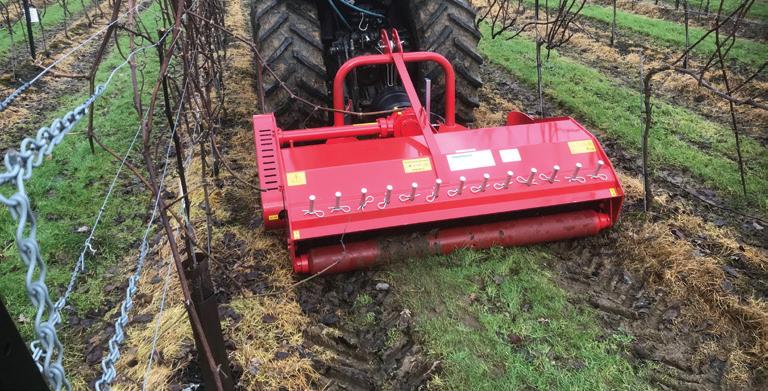

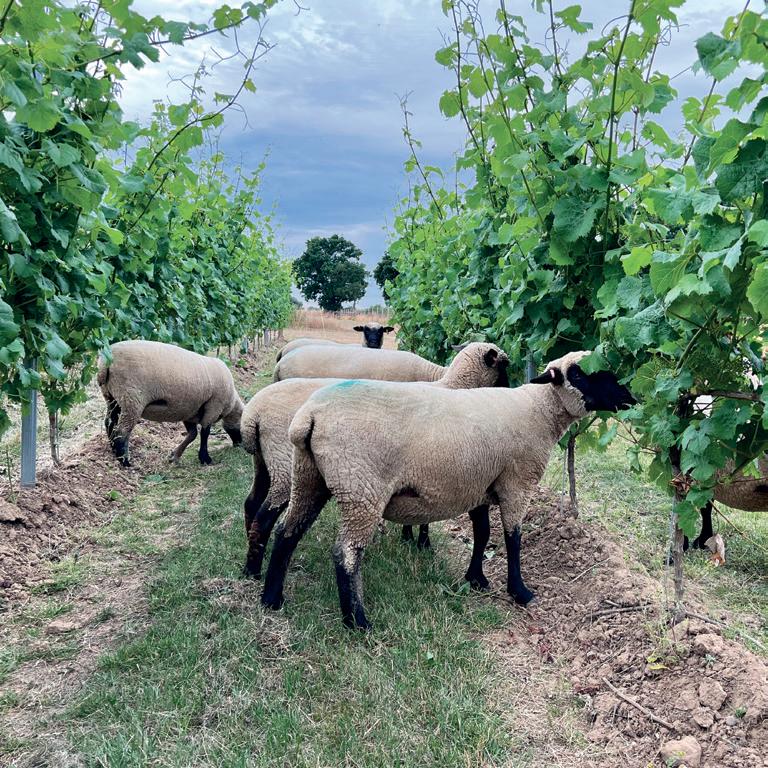
GRAPHIC DESIGN
Jo Legg
Flair Creative Design jo.legg@flair-design.co.uk
ADVERTISEMENT SALES
Jamie McGrorty 01303 233883 jamie.mcgrorty@kelsey.co.uk
PHOTOGRAPHER
Martin Apps www.countrywidephotographic.co.uk
MANAGEMENT
CHIEF EXECUTIVE: Steve Wright

CHIEF OPERATING OFFICER: Phil Weeden MANAGING DIRECTOR: Kevin McCormick
PUBLISHER: Jamie McGrorty
RETAIL DIRECTOR: Steve Brown
RENEWALS AND PROJECTS MANAGER: Andy Cotton
SENIOR SUBSCRIPTION MARKETING MANAGER: Nick McIntosh SUBSCRIPTION MARKETING DIRECTOR: Gill Lambert
SUBSCRIPTION MARKETING MANAGER: Kate Chamberlain
SENIOR PRINT
PRINT PRODUCTION MANAGER: Georgina Harris
PRINT PRODUCTION CONTROLLER: Kelly Orriss
DISTRIBUTION
Distribution in Great Britain: Marketforce (UK)

3rd Floor, 161 Marsh Wall, London, E14 9AP Tel: 0330 390 6555
PRINTING
Precision Colour Print
Kelsey Media 2022 © all rights reserved. Kelsey Media is a trading name of Kelsey Publishing Ltd. Reproduction in whole or in part is forbidden except with permission in writing from the publishers. Note to contributors: articles submitted for consideration by the editor must be the original work of the author and not previously published. Where photographs are included, which are not the property of the contributor, permission to reproduce them must have been obtained from the owner of the copyright. The editor cannot guarantee a personal response to all letters and emails received. The views expressed in the magazine are not necessarily those of the Editor or the Publisher. Kelsey Publishing Ltd accepts no liability for products and services offered by third parties.
Kelsey Media takes your personal data very seriously. For more information of our privacy policy, please visit Kelsey Media takes your personal data very seriously. For more information of our privacy policy, please visit https://www.kelsey.co.uk/privacy-policy/ . If at any point you have any queries regarding Kelsey’s data policy you can email our Data Protection Officer at dpo@kelsey.co.uk. Colchester NorthfleetE YAR
globe-asia vineyard.ed@kelsey.co.uk twitter @VineyardMagGB facebook VineyardMagGB NEWS 8 Direct to consumer sales drives ongoing sales growth 9 New £350K research to aid viticulture soil health and yields 10 England ‘The newest new world wine nation' 12 Roebuck reveals new Vintage Classic Cuvée REGULARS 25 The vine post Frost protection. 26 A viticulturist's diary Variety is the spice of life. 32 The agronomy diary Time to build on the promising 2022 crop. 44 Carbon neutral glass 48 Representing you WineGB Trade and Press Tasting. 51 Machinery Choosing a mower. Features 22 9 planning pointers 28 Grazing sheepishly Thorrington Mill vineyard, near
in Essex, is using Shropshire sheep to reduce the need for mowing between the vines. 42 Strong growth in canned wine Vineyards looking to take advantage of the current growth in the sales of wine in cans should make time for a chat with
based Storefast Solutions. Front cover image: Hush Heath is the home of Balfour Winery © Martin Apps, Countrywide Photographic iti t i ts in G t B t in VI N
D www.kelsey.co.uk
CONTENTS
Features
In conversation... Set up by two current Plumpton students, the Not Yet Named Wine Co is breaking new ground in the world of wine making.
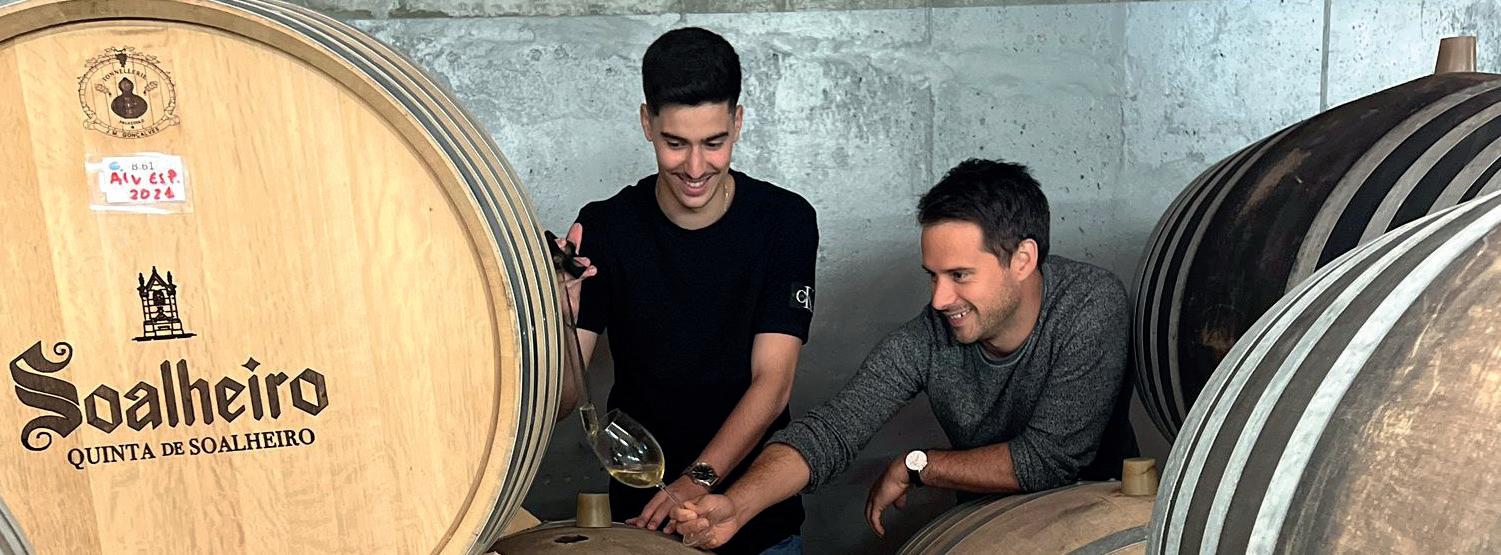

Matthew Jukes
This month’s theme is sparkling Pinot Meunier – no, not wines that include this lip-smacking grape in their make-up, but those entirely made from this selfless team player.
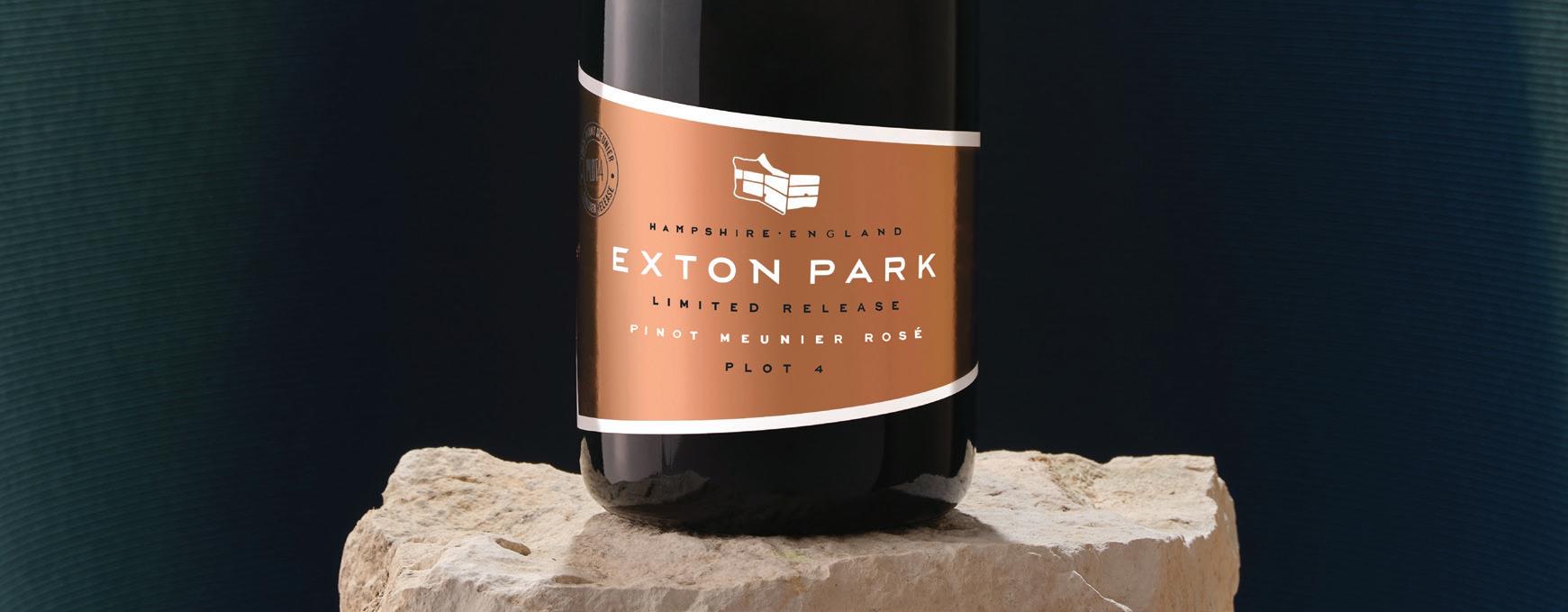
The dynamic duo Billecart Salmon rosé – their favourite Champagne, was the inspiration for Richard and Leslie Balfour-Lynn’s idea to plant vines at their Hush Heath estate in 2002.
Counting on contract



The UK now has well established contract winemaking services as the infrastructure expands, which can be an attractive alternative to establishing a winery.
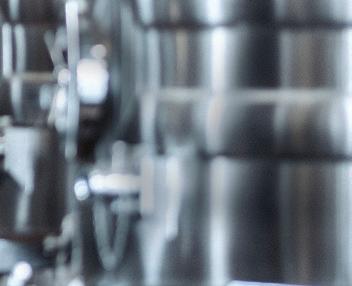
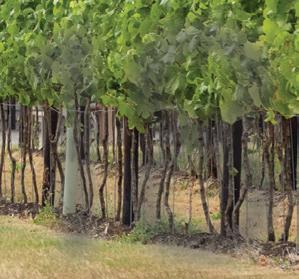
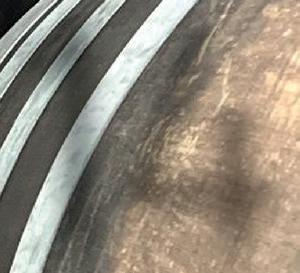

14 18 34
16
Hutchinsons offers specialist Viticultural agronomy advice, nutrition, soil mapping soil
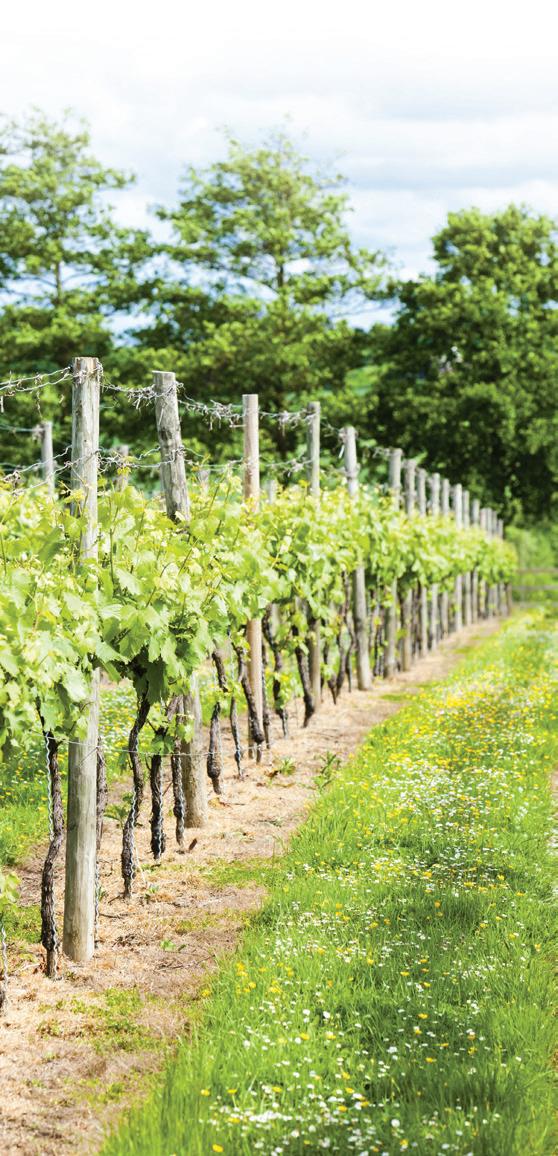
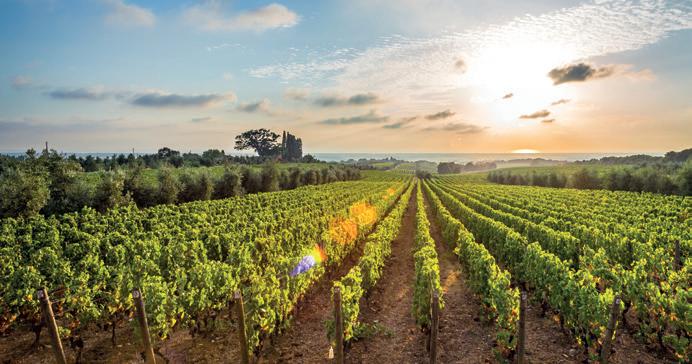

We supply all production inputs and a range of sundry equipment vine management, with a comprehensive range of packaging Our professionalism is coupled with our commitment to customer service.
With a highly experienced Horticultural agronomist team and dedicated Produce Packaging division covering the whole country, we have all the advice you want and all the inputs you need, just a phone call away.
CFrom the editor
The shape of things to come
At the time of writing we are mourning the death of Queen Elizabeth II. The end of the second Elizabethan era, through which all of us have lived. A second Elizabethan era, in modern times, which history will show as important and as significant, as the first.
Noted for its tranquillity, certainty and transition from two dreadful world wars into the modern, high tech era, in which we live today.
We now have the prospect of male kings going forward into the foreseeable future.
The Royal family has long supported the food and drink sector with many companies receiving Royal Warrants. We at Vineyard magazine join the whole industry in sending our deepest condolences to the Royal family at this time.
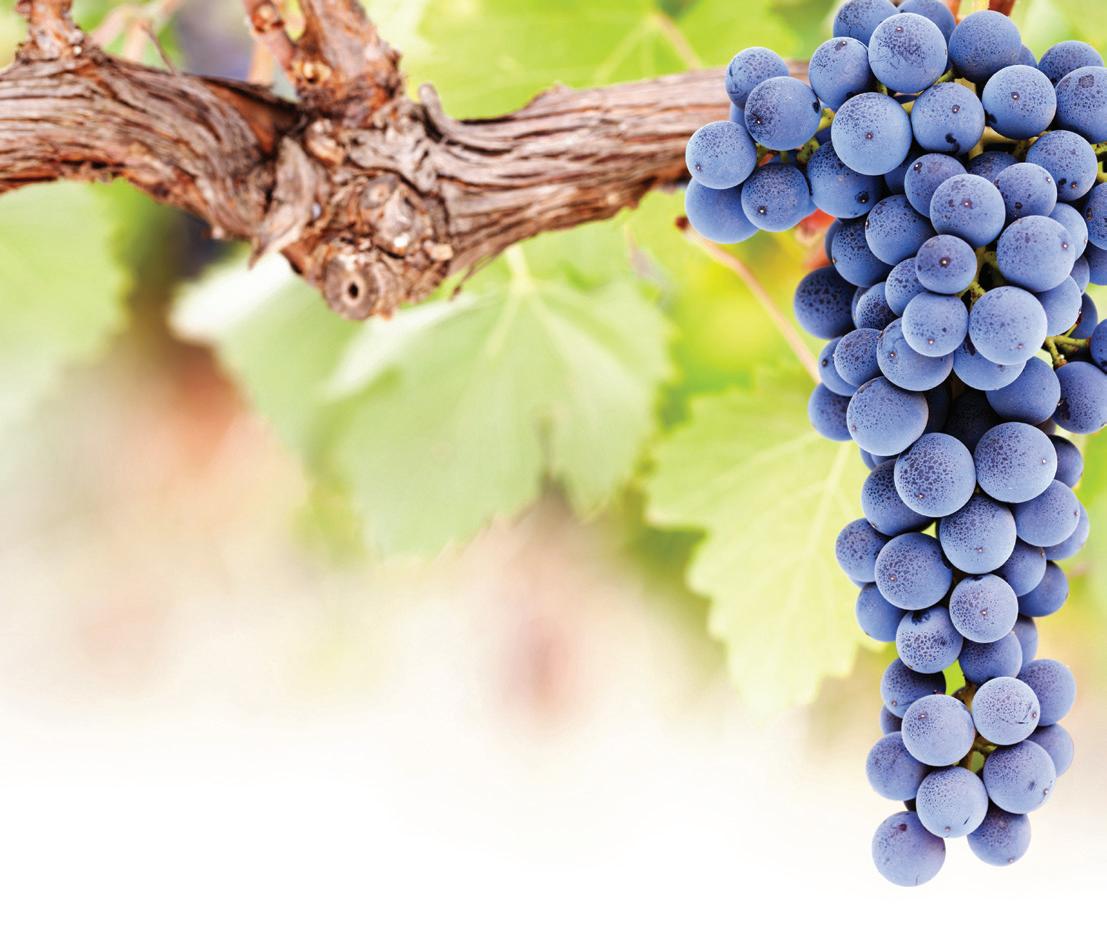
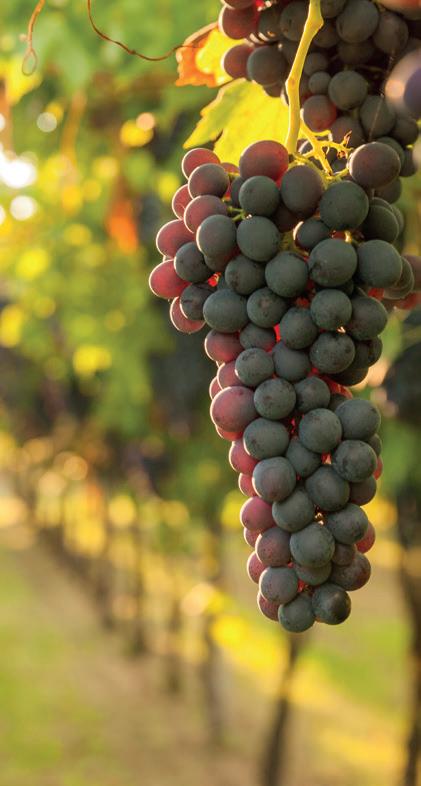
English and Welsh wines have increasingly been served and celebrated at many royal events. We would love to hear about royal events at which your wines have been served. Please tell us which wines at what events. Any appropriate anecdotes would be much appreciated as well.
On another note, I recently attended the WineGB tasting at Lindley Hall, near Victoria station, London. The buzz was palpable. Not only could you taste some fantastic, world class wines, but you could taste the optimism of a sector in growth and looking good, going forward. Unlike other countries’ wines, English and Welsh are not subject to price pressures – yet. It will probably come but for the time being the multiple retailers respect the fact that local producers have to charge premium prices to stay profitably, to stay in existence. Long may that continue.
Send thoughts and
6
your
comments by email to vineyard.ed@kelsey.co.uk
specialists
guidance on
precision
and
health.
for
together
materials.
H L Hutchinson Limited Weasenham Lane • Wisbech Cambridgeshire PE13 2RN Tel: 01945 461177 f: 01945 474837 e: information@hlhltd.co.uk @Hutchinsons_Ag HLHutchinsons www.hlhltd.co.uk info@producepackaging.co.uk www.producepackaging.co.uk It’s our people that make the difference. TURRIFF ALNWICK CARLISLE ORMSKIRK SHREWSBURY LEDBURY DEVIZES BANBURY DORRINGTON SELBY WISBECH SOHAM CANTERBURY EAST HARLING NEEDHAM MARKET MARDEN FORFAR TRURO SPALDING EAST ANGLIA Wisbech: (01945) 461177 SOUTH EAST Canterbury: SUNDRIES ENQUIRIES (01227) 830064 PRODUCE PACKAGING Marden: (01622) 831423 WEST MIDLANDS /SOUTH WEST Ledbury: (01531) 631131 20235HUT~Update_existing_Vineyard_Specialist_Advert(93x270).indd 1 09/10/2020 10:24
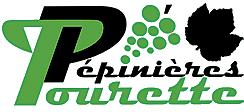



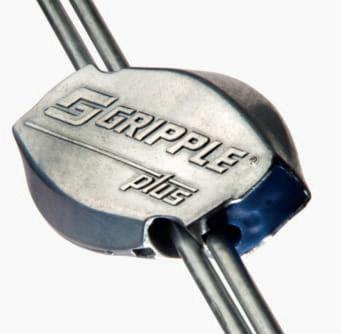

WE ARE VITICULTURE. WE ARE VINE-WORKS. VINE-WORKS.COM 01273 891777 | SALES@VINE-WORKS.COM ESTABLISHMENT MANAGEMENT RETAIL VINE-WORKS
Hampshire-based winery, Black Chalk, has expanded its team with the appointment of Rebecca Herbert, who joins in the newly created position of events and marketing manager.
Rebecca has more than 10 years’ experience working in the wine industry – across retail, cellar door and marketing roles in both the UK and Australia. She was most recently at Mentzendorff & Co, where she was events and marketing manager, with responsibility for Champagne Bollinger.

The role will see Rebecca responsible for developing onsite and offsite events alongside the strategic direction of the Black Chalk brand, as the company continues to enjoy impressive year on year growth. Rebecca’s appointment also marks a specific focus on oenotourism at Black Chalk, which is in the heart of Hampshire’s Test Valley, and which has seen significant visitor footfall since its new tasting room and courtyard opened in April.
WineGB has announced new data which shows the strong growth of the industry.
According to the generic body for the English and Welsh wine sector, sales increased by nearly 70% over the past two years; average of 1.6 million vines planted each year; Wine tourism and direct-to-consumer booms.
WineGB CEO Simon Thorpe MW presented new figures at the body’s trade and press tasting at the Royal Horticultural Lindley Hall on 6 September. Simon Thorpe said the statistics demonstrate the growth in the UK’s wine sector and the increasingly important role of wine tourism and cellar door sales.
WineGB’s annual survey shows a rise of 31% in year-on-year sales in 2021, and an overall rise of 69% from 2019 to 2021. The channel, which has experienced the most growth, is direct-toconsumer, which shows an increase of 265% over the last two years, now representing 57% of all sales in 2021 (up from 36% in 2019).
There are now 3,758 hectares under vine in England and Wales with 879 vineyards and 197 wineries (195 in England, two in Wales), employing more than 10,000 workers. Hectarage has grown by 70% in just five years, quadrupling in size since 2000.
The Sustainable Wines of Great Britain (SWGB) scheme continues to grow, with 83 members covering 77 of the country’s vineyards, which accounts for around 55% of the total hectarage under vine. WineGB’s objective in the next three years is to increase this to as much of production
as possible and continue to build consumer awareness of the scheme, ensuring that wine consumers understand how resources are being protected.
There are now some 35 fully accredited wines released, which can bear the SWGB label. WineGB also announced the launch of an industry wide consultation to review the current PDO/PGI schemes.
“We need to ensure these schemes are fit for purpose for a modern, quality focused and innovative production. We must have a scheme which protects and informs the consumer whilst equally adding value to producers”, explained Simon.
“We are also continuing our drive on sustainability, wine tourism, exports, product excellence and industry leadership. The past 12 months has delivered a stronger and fitter wine production sector, one which is in a more robust place to confront the challenging economic times in which we live” said Simon.
Direct to consumer sales drives ongoing sales growth Building the brand £2m funding boost
Businesses in the horticultural food and drink supply chain can apply for a share of £2,000,000 as Growing Kent & Medway launch a new round of collaborative research and development grants.
The grants, worth between £50,000 and £350,000, must help support the transition to net zero, and deliver improved productivity and sustainability for businesses across the horticultural food and drink supply chain.
Six innovative businesses in Kent were awarded a share of £1million in funding during the first round of this competition. The winning projects were announced in June.
Dr Nikki Harrison, Programme Director, Growing Kent & Medway, said: “Supporting businesses to innovate is vital to creating a more sustainable and resilient food and drink sector in the UK.
“Whether its developing alternative sustainable packaging options, advancing robotics to improve crop production or identifying innovative uses for waste by-products, we’re looking to support novel ideas throughout the whole supply chain.”
Businesses must collaborate with a research organisation in the Kent and
Medway region in order to apply for a grant.
Rob James, Technical Director, Thanet Earth, who successfully applied for a Growing Kent & Medway grant in round one for a project to enhance the nutritional content in tomato crops, said: “Projects like this can be expensive, and also highly complex. They carry an element of risk where it may not deliver the results we hope for. Accessing funding helps us to de-risk from a commercial point of view, so we are able to go and do more challenging research that will move us forward as a business and as an industry.
“Partnering with a local organisation like NIAB means we are also helping to improve the research capabilities and knowledge in our crop and sector. That will help us to continue to innovate and adapt to change through future collaboration.”
The competition opens Monday 5 September 2022. Applications will be made through the Innovation Funding Service, where you can find full eligibility, scope and further information on how to apply. Visit www.growingkentandmedway.com for more details. Growing Kent & Medway is supported by UK Research and Innovation’s Strength in Places Fund.
HECTARES UNDER VINE
8
3,758
OCTOBER 2022 | VINEYARD
The UK wine industry is to benefit from a research funding grant from DEFRA’s Farming Innovation Programme (FIP) which aims to increase productivity and sustainability in UK viticulture. The research work, which will be led by NIAB both at its East Malling Research Vineyard and on commercial sites, will investigate the potential impact of groundcover management practices on soil health, yields, juice quality and emissions.
The two-year project which involves an industry consortium, will receive funds amounting to just over £350K and will provide useful new information on the effect of cover cropping and mechanical weeding strategies on soil health.
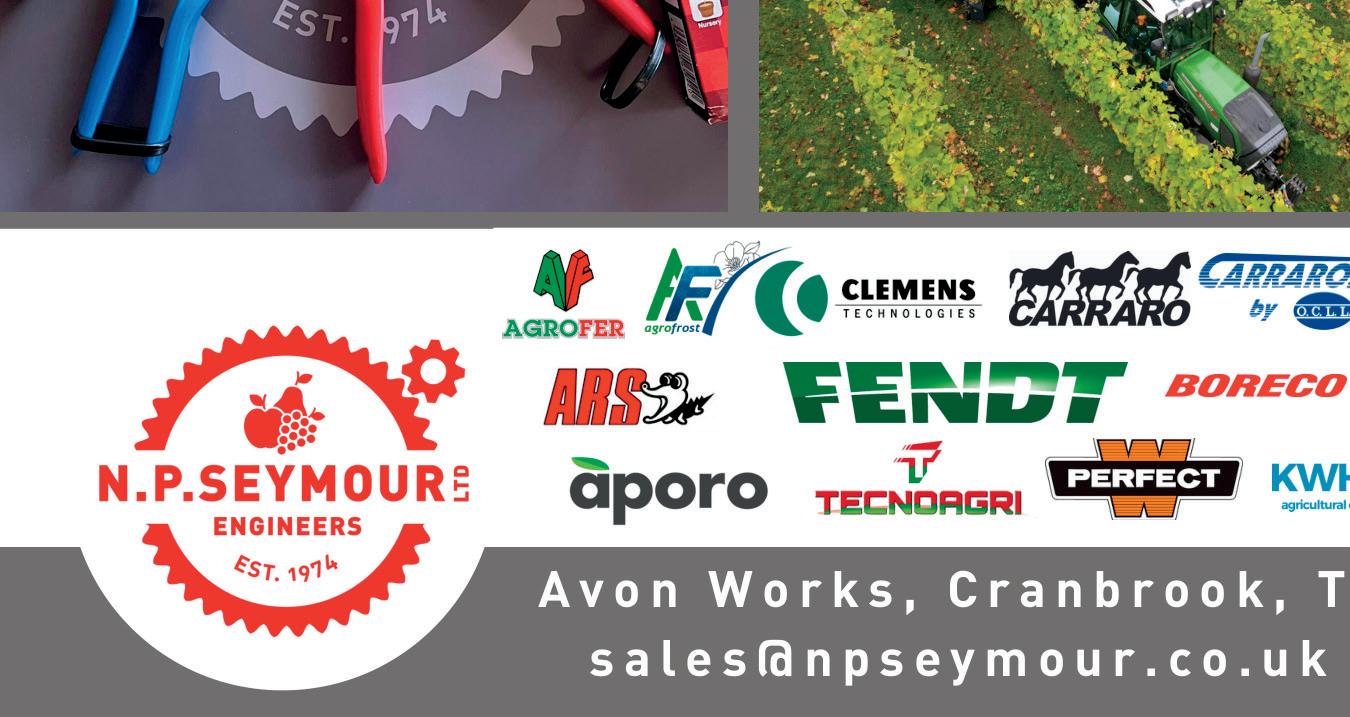
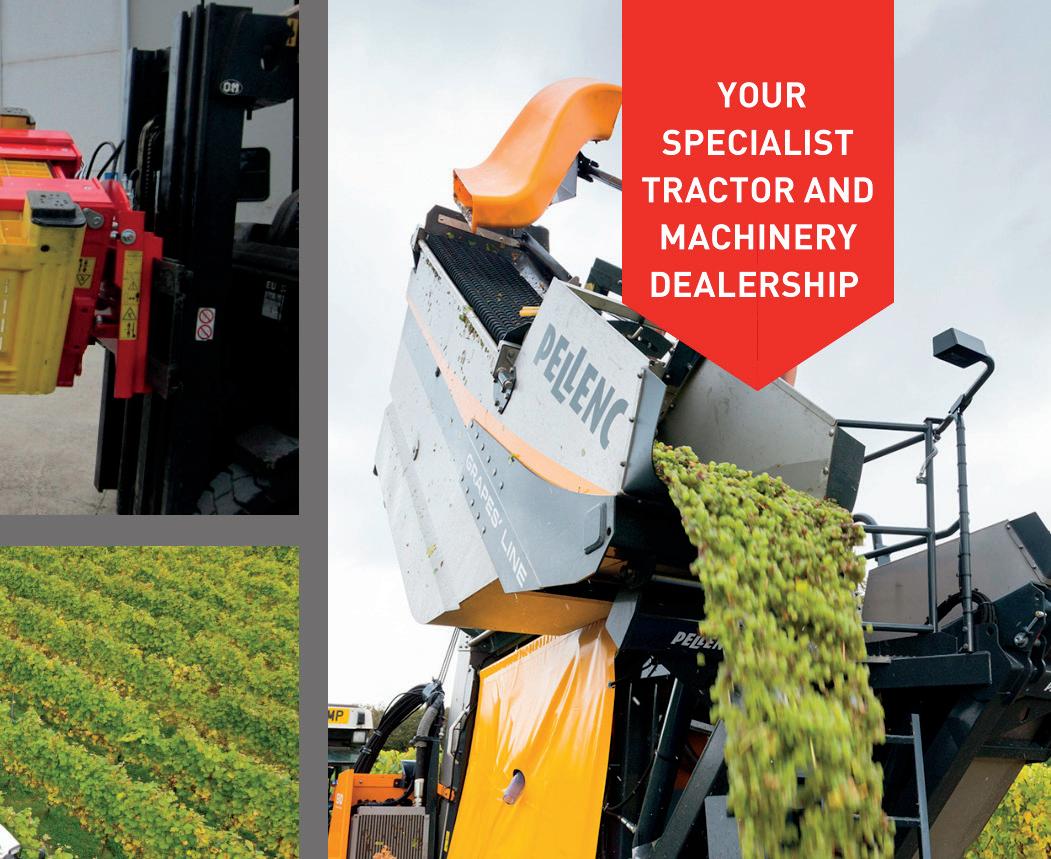
It will also lead to grower guidance on bespoke cover crop mixes to alleviate soil compaction, improve soil nutrition and control nematodes. Guidelines to support transition towards net-zero carbon emissions will be drawn up alongside this.
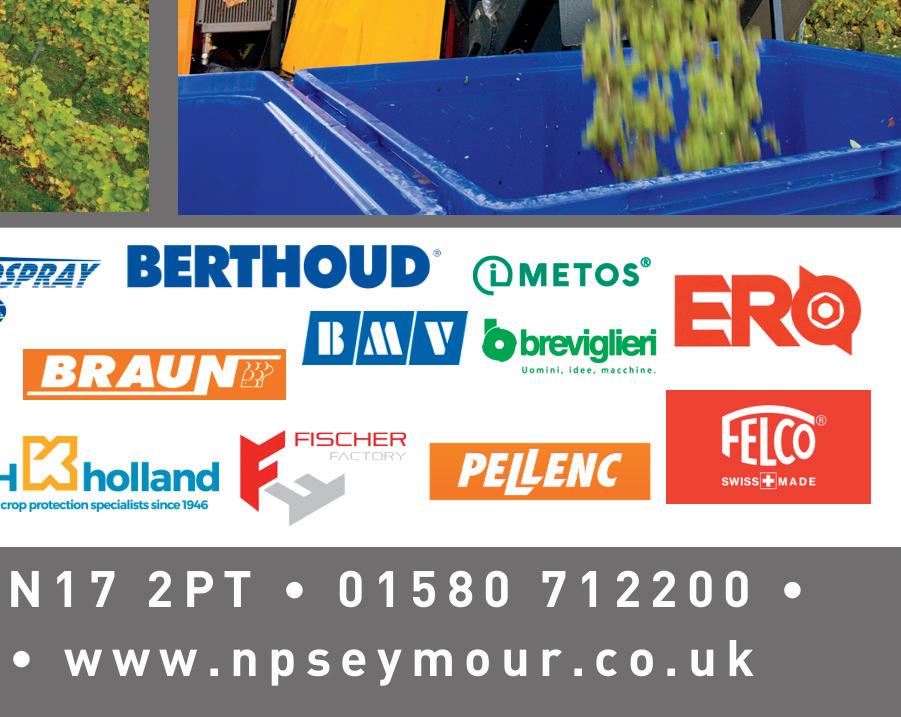
Dr Flora O’Brien, Soil and Root Scientist at NIAB East Malling, commented, “We are aware that poor soil health can give rise to inconsistent yields and juice quality in vine growing and sometimes costly interventions are necessary in the vineyard and winery. We are therefore delighted to secure funding from FIP to work
New £350K research to aid viticulture soil health and yields
with the wine industry, which recognises the benefits that improving vineyard soil health will deliver.”

The project, which will be led by commercial wine producers Gusbourne Estate Limited, will involve a number of industry partners, ensuring that the research will meet the needs of the whole industry. Jon Pollard, Vineyard Manager of Gusbourne, said: “Commercial uptake of cover cropping is currently limited due to concerns over associated risks such as harbouring insect pests, higher disease pressure, competition for nutrients and water, and additional maintenance work. However, there is evidence that cover cropping can bring significant benefits to soil health and enhance marketable yields.
Gusbourne, along with another major English wine producer Chapel Down, will host commercial trials in their Kent vineyards. Bespoke cover crop mixes will be developed by Denne & Sons, NIAB will lead the research programme and carry out experiments in its R&D Vineyard, and Natural Resources Institute (University of Greenwich) will carry out the biophysical characterisation of soils in field and laboratory.
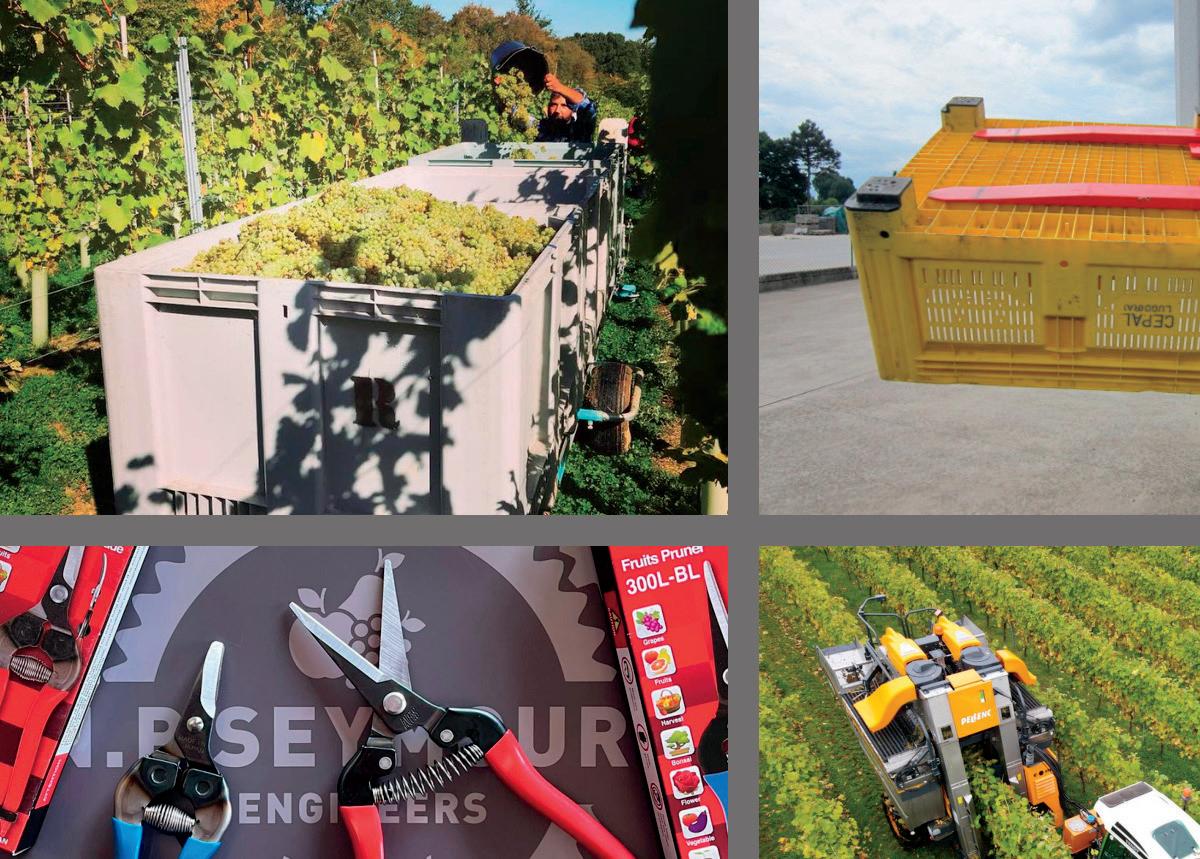 Vinescapes Ltd are one of the partners for this important research project for the UK wine industry, and will lead on dissemination, exploitation and commercialisation of project outcomes.
Vinescapes Ltd are one of the partners for this important research project for the UK wine industry, and will lead on dissemination, exploitation and commercialisation of project outcomes.
9
OCTOBER 2022 | VINEYARD NEWS
England ‘The newest new world wine nation'
English Wine From Still To Sparkling: The newest new world wine country 1 September 2022, £20.00 published by Pavilion Books.
In this new, revised edition Oz brings us right up to date with the thrilling, rapidly and that is English
drink'. Oz has long been a champion of English wines. The old-fashioned view of English wine is that of a cottage industry made up of amateurs struggling with the mud and the drizzle.
The modern view is of a country amazingly blessed with vast tracts of soil suitable for viticulture, much of it almost indistinguishable from the chalky slopes of Champagne and Chablis, and of a country taking full advantage of the vagaries of climate change to ripen Chardonnay and Pinot Noir to levels perfect for sparkling wine, and increasingly excellent still wines. The 1990s brought several pioneering sparkling wine producers to the fore –led by Nyetimber and Breaky Bottom and suddenly England has found its wine vocation.
In the book English Wine From Still To Sparkling: The newest new world wine country Oz covers personal experiences and reflections from his many years of visiting talented and passionate producers up and down the country – from Yorkshire to the far west of Cornwall and even across to Wales, a small but dynamic part of the UK’s wider wine movement.
Oz recommends wines he has enjoyed and found
Voice of experience
Vinescapes Ltd is delighted to announce the appointment of Emma Rice as Consultant Winemaker. Emma is one of the UK’s most respected winemakers, with over 16 year's experience and 21 vintages in the UK, California, Tasmania, and New Zealand.
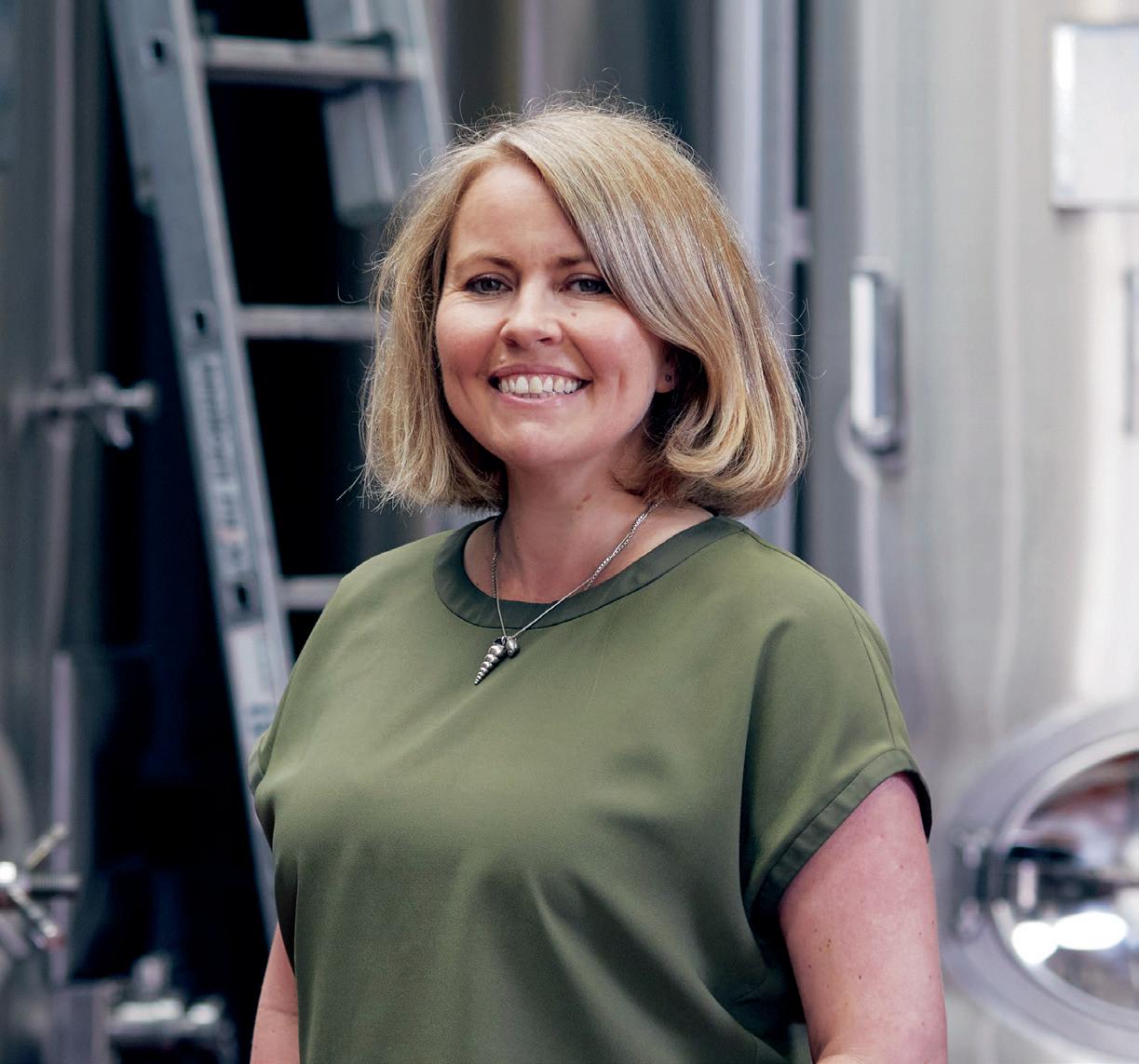
In her role as Consultant Winemaker Emma will be advising clients on their wine styles and strategy, production planning and equipment sourcing, winery design and winemaking consultancy. Emma’s expertise will drive Vinescapes forward as it expands to provide the most comprehensive support for its clients from their early business conceptions, creating and managing their vineyards and wineries through to celebrating their winemaking successes.
In her previous position as Head Winemaker at Hattingley Valley Wines, Hampshire, Emma was central to the development of the winery as an internationally award-winning wine producer, both for their own brand and their very numerous contract clients. She has a strong background in wine chemistry and analysis and created the winemaking laboratory Custom Crush at Hattingley Valley Wines supporting the whole industry with wine analytical services.
Emma’s appointment will expand the services offered by Vinescapes enabling clients to benefit from a complete Ground to Grape to Glass provision with top quality consultancy, including:
interesting, and he encourages the reader to try them for themself. There is no better way to get the best out of a bottle than by visiting the place where the grapes are grown and meeting the people who do the work. That’s how you get to love and understand wine. Both wine handbook and armchair companion, English Wine is an essential book for all lovers of wine.
Oz Clarke is one of the world’s leading wine experts, known for his phenomenal palate, irreverent style, accurate predictions, and enthusiasm for life in general and wine in particular. He is the author of many award-winning books on wine.
Before wine took over his life in 1984, Oz was a full-time actor and singer, appearing in West End hit shows and touring with the Royal Shakespeare Company. Alongside his entertaining television and radio broadcasts, including Food and Drink, Oz and James with James May and James Martin’s Saturday Morning, he presents a series of concerts, Drink to Music! with the acclaimed Armonico Consort. Oz was awarded an OBE in 2020.
 Photo: Keith Barnes Photography
Photo: Felicity Cranshaw
> Oz Clarke
Photo: Keith Barnes Photography
Photo: Felicity Cranshaw
> Oz Clarke
10
changing
expanding world
wine, our ‘national
> Emma Rice ◆ Wine production business consultancy: defining wine style and winemaking strategy ◆ Wine production planning: support with strategic and operational planning and decision making ◆ Advice on winery equipment, utility requirements and other winery infrastructure ◆ Winemaking consultancy; from trouble shooting oenological challenges to directing production process.
OCTOBER 2022 | VINEYARD NEWS




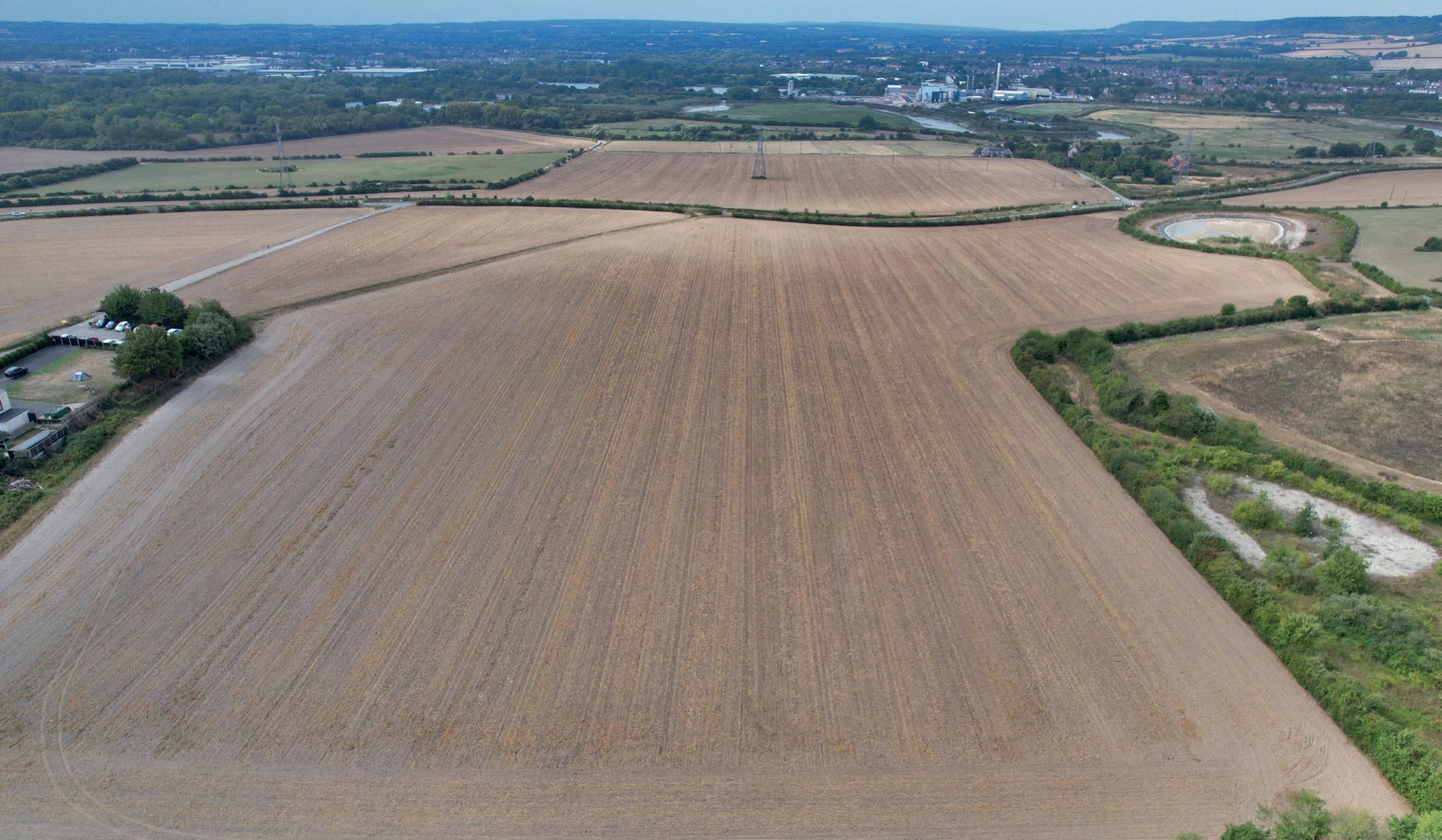
Medway Valley, Kent Maidstone: 6 miles , Rochester: 5 miles , Central London: 33 miles About 242 acres I G uide £ 3 .6325 million For sale as a whole or in lots Land with signific ant potential for viticulture use Predominantly chalk based soils and southwest facing slopes Accessible Kentish countr yside Recognised area for established vineyards Farm Agency 07812 965379 Richard Mann Farm Agency 07967 555862 rmann@savills com Talk to us today Savills Sevenoaks 01732 879 050 sevenoaks@savills.com FOR SALE
Roebuck reveals new Vintage Classic Cuvée
Roebuck Estates unveiled the new vintage of its flagship Classic Cuvée at this year’s WineGB’s 2022 generic tasting, offering visitors the chance to taste the wine created from the ‘stellar’ 2016 vintage that the long Indian summer played its role in crafting.
Also on show was the current 2016 Rosé de Noirs and 2015 Blanc de Noirs which complete the Roebuck Estates trio.
Established in 2013, and launching its first sparkling wine in 2019, West Sussex-based Roebuck Estates says it has always had a clear vision: to craft individual vintage wines of exceptional quality using our own estate grown fruit every year.
Roebuck’s 50 hectares of vineyards are situated in exceptional locations throughout the county, and each plot has been planted with carefully selected varieties and clones best suited to that site. Vineyard manager Jake Wicks said: “Our team tends to the vineyards on a block-by-block, row-by-row basis according to the specific topography – each block brings something completely different to our blends, and this is
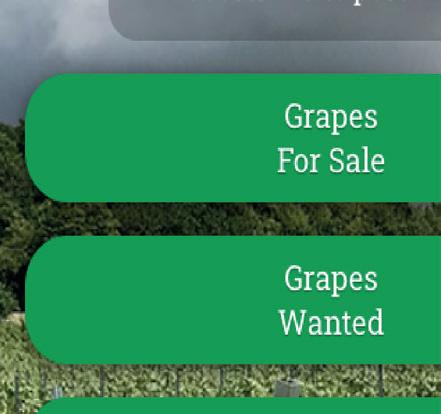

something that genuinely excites us. We want to make sparkling wines that tell the story of a particular growing season and are a wonderful expression of the individual characteristics of each vintage.”
The new Roebuck Estates Classic Cuvée 2016 (RRP £38) is a blend of 50% Chardonnay, 37% Pinot Noir and 13% Pinot Meunier with fruit coming from the Roebuck and Roman Villa vineyards.
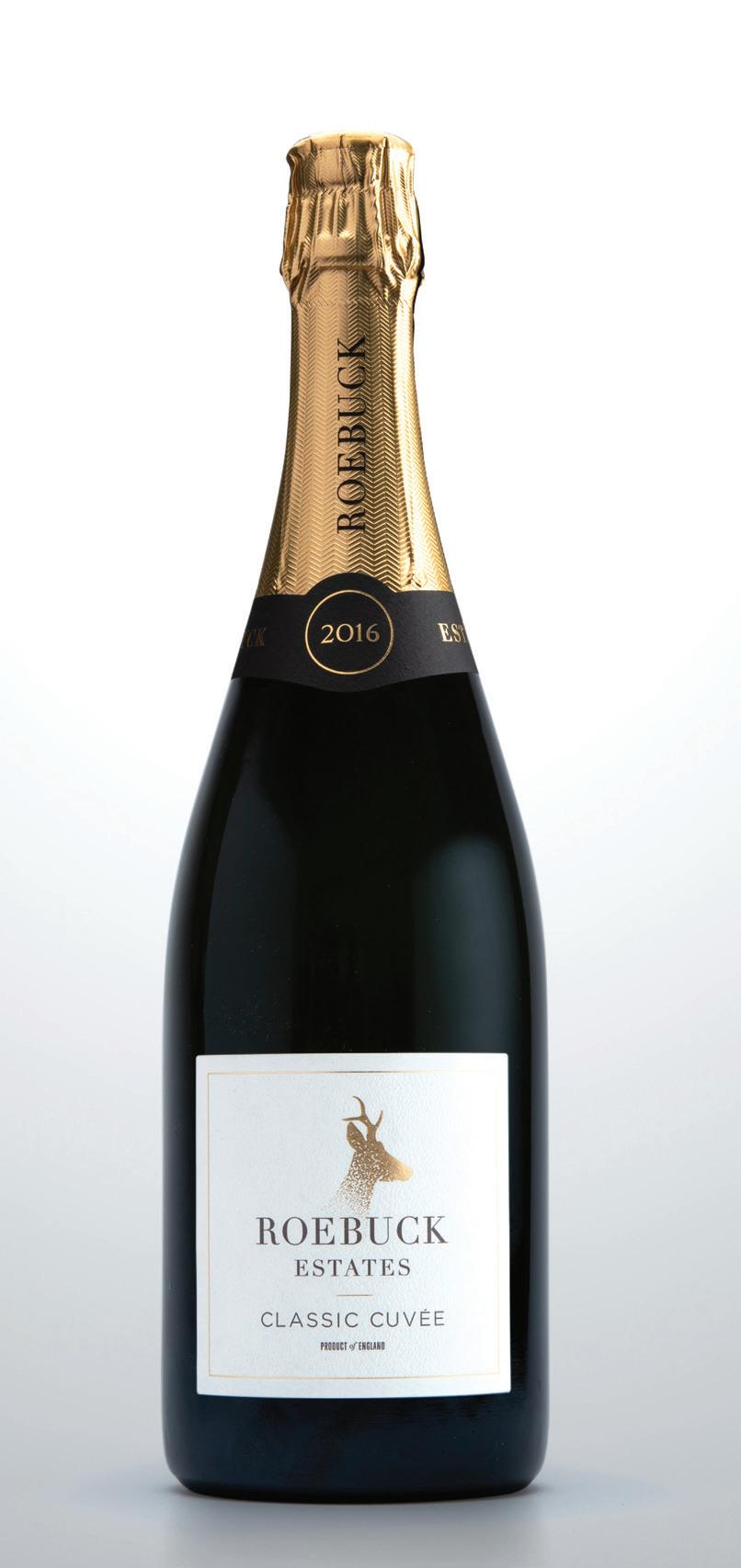
“These are incredible sites,” said Wicks, “and home to our oldest vines. 2016 was a growing season which really tested us – unpredictable weather throughout the summer but saved by a combination of hard graft and a glorious ripening period.”
The grapes were whole bunch pressed with a small proportion partially fermented in Burgundian oak barrels, and the wines spent a minimum of 48 months ageing on lees followed by a further six months on cork.
Roebuck Estates is also proud to be one of the founding members of the Sustainable Wines of Great Britain certification scheme and has a long-term commitment to sustainable practices.





12
www.wineandgrapetrading.co.uk Looking for grapes or wine? • Free to look • £10 per listing • No commission Updated for 2022: You can now sign up (for free) to receive daily alerts when new posts are uploaded OCTOBER 2022 | VINEYARD NEWS
Hospitali sponsors



With the UK viticulture market expanding, OnePay and AG Recruitment both work to support our growing industry by ensuring that the sector has the workforce that vineyards require, and that their wages are secure, and the employers and employees are supported. Both businesses were full of praise for the first vineyard and winery show which made their decision to become hospitality sponsors an easy one to make. "The 2021 Vineyard & Winery Show was excellent for us as a business, we met with so many vineyard owners and businesses requiring seasonal labour, returning in 2022 and joining the prestigious group of sponsors was a very easy decision," said Estera, owner of AG Recruitment.
"The show works for us on so many levels and it’s great that we can help look after the enormous numbers of attendees too," added Dougie, her business partner. AG Recruitment are one of the government’s four approved seasonal scheme labour providers and as such are uniquely placed to find vineyard owners and wine makers the ideal workforce, delivered when needed, already trained and ready for action. Their excellent reputation is well deserved in the sector as they are committed to ensuring employers and workers both behave ethically, professionally and responsibly – they see this as fundamental to developing a sustainable working relationship.

workers each season, there are also a good number who return year on year too.
reason for any workers to share a bank account. OnePay offers various multilingual platforms, including an app, online portal, IVR telephone systems and inhouse multilingual call handers, enabling workers to take care of their own banking needs.
Alison of OnePay is most definitely of the same thinking when it comes to long lasting, sustainable relationships with clients. One of their founding clients within this sector is UK Vinecare Limited, and for the last seven years, OnePay has provided accounts for their workers. "We’re not as well known in viticulture as we are in other industries, but there are some really notable vineyards that we work with each year," she added.
All proceeds raised go to
The list is indeed notable – looking after Nyetimber, for instance, OnePay supports around 150 workers on site. There are approximately 400 new worker accounts established for vineyard

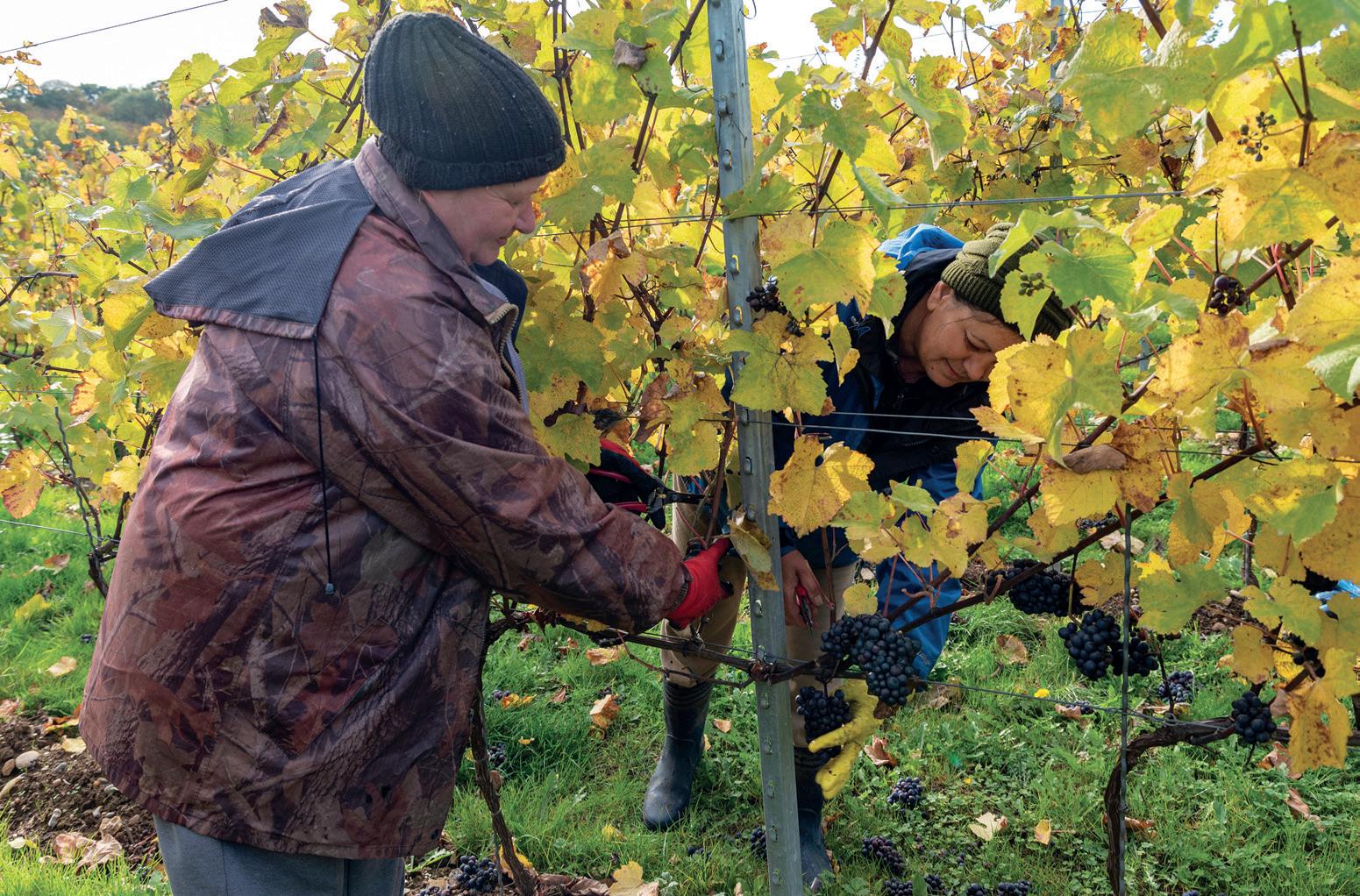
So how does using OnePay work for businesses? As a new arrival into the UK it’s not always possible to get a high street bank account, so OnePay works directly with the vineyards and employers providing each of their workers with their own account details and card. A fast turnaround delivering accounts and cards within two to four working days, along with multilingual literature to support their workers means businesses don’t need to worry about paying workers on time. The primary benefit for workers is, for those that might otherwise be financially excluded, a debit card and account enabling them to receive and save their wages securely.
Unfortunately, financial exploitation is on the increase, and because OnePay works directly with the businesses and their employees, there is no
The kind of services provided by Ali and her team, coupled with the ethical recruitment practices of the AG dynamic duo means that their clients can be confident that their workforce are happy, secure and protected during their time in the UK.
Both businesses take care of all of their clients through one-to-one relationships, making sure there is time to talk. This is one of the reasons that they decided to take on the hospitality sponsorship, they’re helping everyone at the event connect and catch up, and that includes that vital cup of coffee waiting for you on 23 November, courtesy of the OnePay and AG Recruitment teams.
TO REGISTER TO ATTEND ON 23 NOVEMBER 2022 Visit www.vineyardshow.com 2022 In association withVitifruit Equipment Sales and Hire
202 202
OCTOBER 2022 | VINEYARD THE VINEYARD & WINERY SHOW
In conversation... andM uel
“It’s like pre-en primeur,” said Alex Brogan, one of the company’s founders, sitting opposite me in Islington’s The Sampler, “We’re making a wine but democratically handing the winemaking decisions over to the members who buy the wine before the grapes are even picked. People will buy six
bottles with the knowledge that they’re going to be as involved in the wine making process as possible, without actually getting their hands dirty”.


Alex first dabbled in the wine industry in the early 2010s with a stint at Majestic. He explains to me that his pipe dream at the time was to earn enough money to buy a vineyard and make his own wine. On a retail salary this was never going to be possible so he made the shift into finance. He made his first wine in 2019 in the bathtub of his first-floor London flat with grapes brought over from Puglia. “It was a disaster. I only had two days to source the equipment and there was nothing available to buy quickly in the UK, but I did it anyway. It was essentially wine made with home brewing kits and bare hands. There was no way of controlling the temperature of the flat either. If our downstairs neighbours were in, our flat would be absolutely roasting. The conditions
were terrible and the wine was full of Volatile Acidity (VA).”
After learning from the mistakes of 2019, Alex tried again in 2020 and was much better prepared. The grapes came over from Puglia but more conventional wine-making techniques were used. This time, the wine came out clean. Alex knew that if he could make a wine this good in his bathtub then he had the capability to do the same but on a larger, more professional scale.
A few months later, while simultaneously seeing in the New Year with a glass of champagne and working on the launch of a new investment bank in Europe, Alex clearly understood that it was the champagne, not the financial sector, that was making him happy. That, along with a loving push from his partner, led him to the application page of Plumpton College. He, alongside Manuel, has just finished his first year of the Viticulture and Oenology degree.
How did the idea come about?
“I knew I wanted to make wine but I didn’t want to work my way up the structure of cellar hand, assistant winemaker and then, eventually, winemaker. I also knew I wanted to make a wine for myself, but without funding or a vineyard of my own this was next to impossible.” After the success of his 2020 wine, Alex had the idea of making wine for private clients, but this required customers to have a large amount of disposable income and massively limited the number of bottles that could be produced. “The format we have come up with allows us to produce on a larger scale while still having a certain level of exclusivity” Alex notes, and it’s a great point. The resulting wine at the end of the process will be completely unique and only available to those who invested. Wine enthusiasts, at all levels, will end up with a wine that is, to some degree, their own without having to pay a ridiculous premium.
Alex knew that if he could make a wine this good in his bathtub then he had the capability to do the same but on a larger, more professional scale
Set up by two current Plumpton students, the Not Yet Named Wine Co is breaking new ground in the world of wine making.
14
Alex
So, what’s the project?
Alex explains it to me as “winemaking within an inclusive, democratic and open community”, meaning all of the ego of the winemaker is put aside. Every time a decision that could affect the final product has to be made, buyers will be given a chance to vote. But if the voting options are determined by the winemaker, doesn’t that restrict some of the freedom?
“The way we want to do things is completely open. If someone has an idea about anything to do with the wine or, in fact, the company itself, we’re all ears”, therefore many of the voting options given to the public will come from the suggestions of other buyers. Alex says he’s hopeful that the project will turn into more of a community, bringing together a group of people who begin to get to know each other and engage with one another as time goes on and more wines are released. Depending on how successful this first release is, Alex and Manuel could be in a position to begin releasing two wines a year.
This first release is an Alvarinho made from the grapes of Soalheiro, where Alvarinho has been planted since the early 1970s. Alex is heading over to join Manuel at the vineyard to begin prepping for the harvest that will begin a few weeks later. “In this instance, everything will be done in Soalheiro’s winery meaning we have access to all of their equipment, knowledge and expertise” said Alex, to whom bathtubs are quickly becoming a distant memory.
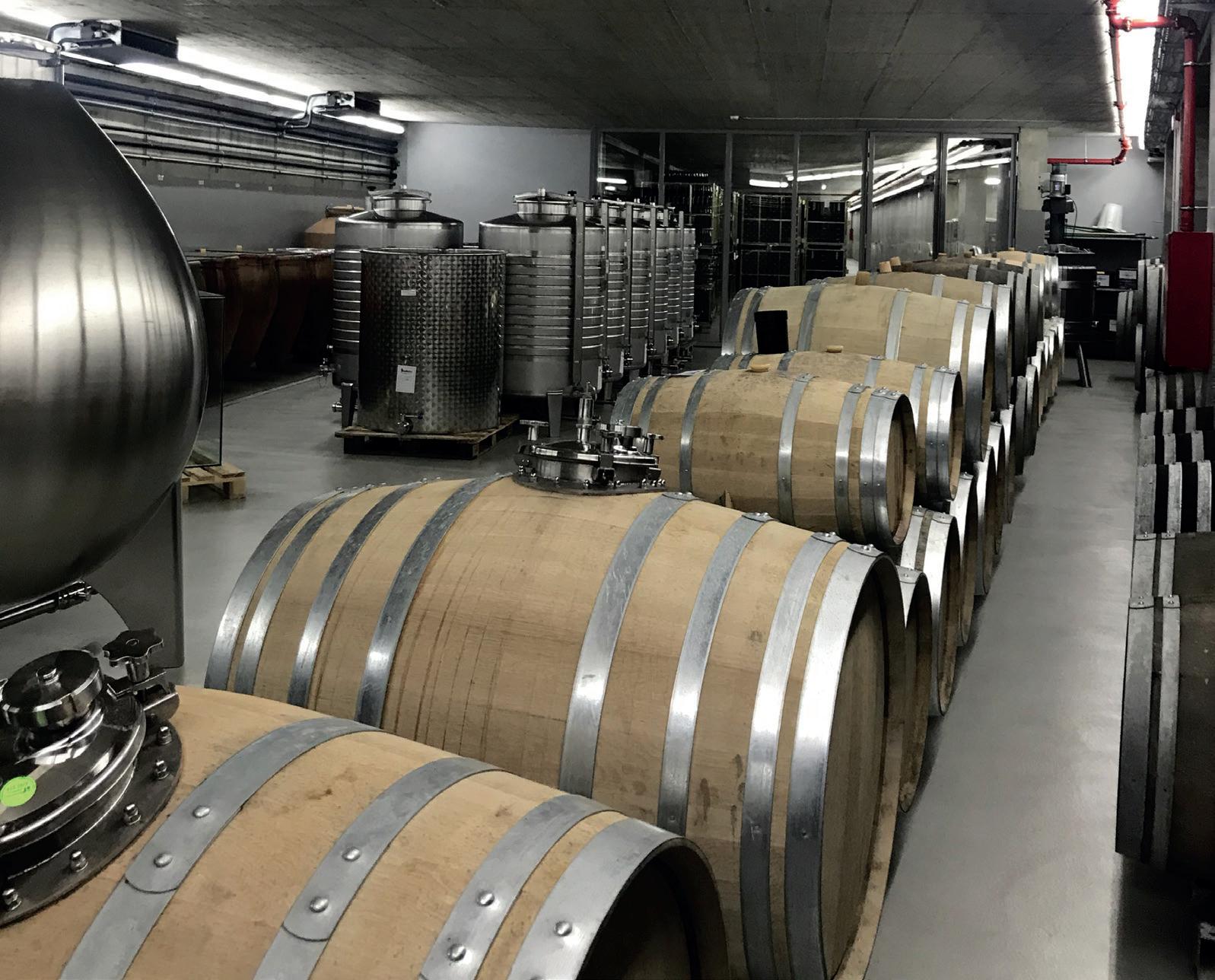
He goes on to tell me how the relationship with the winery works; “for them, it’s a win-win. They get paid cash upfront and know exactly how many bottles are going to be produced. They’ll never end up in a situation where they have a surplus as we’re selling all of the wine before the grapes are even harvested”. They also get masses of publicity as Alex is keen to make customers aware of where the wine originates from. There are other benefits to working alongside an already established winery. If, for whatever reason, anything were to go wrong, the team at Soalheiro would be on hand to help and offer guidance. In fact, there are already plans for a Chilean red release in February and the following summer he will be looking for a partnership in the UK.
Who is this for?
As the project is very much in its infancy, voting is about more than just wine. At this point, buyers will have the opportunity to vote on larger company decisions, such as logos, labels and more. “This isn’t just a project for wine enthusiasts, it’s also for anyone with an interest in business start ups,'' said Alex, who knows just how exciting involvement in a new business venture can be. “We want to appeal to people at all levels, so our regular emails won’t just be full of uninterpretable wine lingo. That’s not to say that there won’t be a lot of technical, somewhat academic winemaking detail but there will be fun elements alongside it that will be open and comprehensible to anyone.” The idea is that anyone, from designers to accountants, can get involved in the project, have their say and be heard by a community of like-minded individuals.
“There’s a ‘pay it forward’ element to it too,” explained Alex, “by investing in one wine, you allow us to create the next”. The hope is that customers will want to invest in the company as a whole, rather than just a particular wine. That’s partly where the community element comes in “we want people to get to know each other though the forum we open up. We want to encourage engagement and get people to really fight for the wine that they want”. Each vote will be more like an open forum, with buyers able to communicate with one another and convince others about taking the wine down a certain path. Nothing is off limits.
What’s the end goal?
“Wine and winemaking is so often romanticised and held up on a pedestal but, in my experience, that’s just not the reality. Grapes are more often than not picked out of necessity or convenience, sometimes when they haven’t quite reached peak ripeness. Sometimes we can’t harvest when we want to because we haven’t got the staff, sometimes the weather isn’t in our favour. We want to strip away this unrealistic image and show people how wine is really made while involving them every step of the way”. Until now, there has always been a disconnect between the wine-maker and the consumer. The involvement between the two is minimal, but Not Yet Named has developed a way to connect with their buyers. The information will come directly from those making the wine and in real time. We will be subject to the highs, lows and everything in between.
The wine industry is so often one of those that falls foul of snobbery, which is why projects like these are so important. “Snobs are welcome too,” notes Alex, “if anything, I’d love to get snobs talking to non-snobs and everyone in between. The part of democracy that has failed us recently is that no-one knows how to talk to each other anymore. It’s frustrating. We should live in a world where, even if people don’t agree, they should still be able to have a kind, open conversation without biting each other's heads off”. Not Yet Named is building a community where exactly this kind of dialogue is encouraged. They aim to strip winemaking down to its barebones, remove the fantasy, encourage receptive communication and allow the public to see the reality behind the wine-stained curtain.

15
The first Alvarinho vintage from Portugal is available to buy now from ww.notyetnamedwineco.com OCTOBER 2022 | VINEYARD
Meunier aka the secret weapon





The WineGB tasting in early September was by far and away the finest line-up of English and Welsh wines our country has ever seen.





I tasted 218 wines from no less than 54 wineries, and, aside from requiring a new set of gums by the end of the day, it was a roller-coaster experience like no other. Spoilt for choice, I have decided that of the multiple themes I could come up with for this month’s column, I felt that the most obscure might also be the most fascinating. In addition, two of these wines are unreleased at the time of my filing this copy; and so this makes October’s article a real scoop.
This month’s theme is sparkling Pinot Meunier – no, not wines that include this lip-smacking grape in their make-up, but those entirely made from this selfless team player. Meunier is a secret weapon of a grape. It is refreshing news that prescient wineries are shining the spotlight on this variety and giving it seriously special treatment in the process.
There were only three wines of sufficient class and distinction made solely from PM at the tasting, so they are the chosen trio. Interestingly, they cover the entire flavour gamut of this wonderful grape’s talents, so perhaps you ought to track down all three for a mini-masterclass on the possibilities that Meunier holds in England.
In addition, to the hypnotic flavours found in these wines, there is one more vital and compelling reason to celebrate 100% Meunier creation. They all, and I mean all, drink impressively well in their youth. This does not mean that they won’t age gracefully, but the fact that they all look stunning on release makes them extremely important in a commercial sense while providing customers with a uniquely delicious tasting experience.
Mathe e





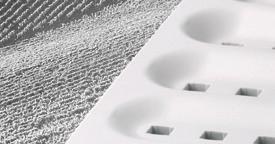











Due for release on 1 November, this is a thrilling wine and one that further underlines Bluebell Vineyard Estates winemaker Kevin Sutherland’s gossamer-smooth handling of his precious grapes.









This is a rather personal tasting note and one that might chime with some but leave others somewhat baffled, but I love the white pepper details on this wine. It is reminiscent of the perfume of a tip-top, dry Austrian Grüner Veltliner.
I always find a fairy-light white pepper dusting hiding in the perfume of top Pinot Meuniers, and this is true of those from Champagne, too. In addition to this curious note, there is a wagon load of hedgerow fruit here, making this a wine that is immediately welcoming and ready to drink but also crisp and combative on the finish.
Made from two clones of Meunier (865 and 900) and grown on clay/loam soil, this wine is an exceptionally perfumed creation, and it will not fail to enchant the taster. We all recognise that Chardonnay and Pinot Noir make sensational sparkling wines, but this Meunier and the others on this page offer something completely different and enchanting, and I, for one, could not put this glass down!

It is refreshing news that prescient wineries are shining the spotlight on this varie.
2019 Hindleap, Meunier £34.95 www.bluebellvineyard.org
16
DESKTOP www.matthewjukes.com Envelope vineyard.ed@kelsey.co.uk
Juk
s
Quality Control for Winemakers The WineLab measures multiple parameters quickly & easily including: l Gluconic acid l L-malic & L-lactic acid l Total acidity l Sugars l Free & total SO2 l Alcohol by volume 01342 820820 www.qclwine.com Vineyard June 2022.indd 1 03/05/2022 11:19:42OCTOBER 2022 | VINEYARD WINE REVIEWS
We have two whites on this page, so it is only fitting that there is a rosé to make up the numbers!







Plot 4 was officially launched on Friday 16 September, and if you want to nail your Meunier credentials to a mast, then this is the wine to do it. In fact, winemaker Corinne Seely’s powerful assertion: “I believe Pinot Meunier to be the variety that could best highlight and express English Terroir”, certainly underlines how seriously she takes this grape.
Coming from the highest part of the Exton Park Vineyard, with no topsoil whatsoever and direct access to the bedrock of pure chalk, this is an arresting wine. With three years spent on lees and 11 g/L dosage, this wine has drama and succulence in equal measure.

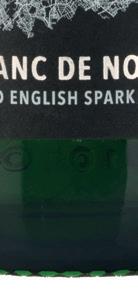


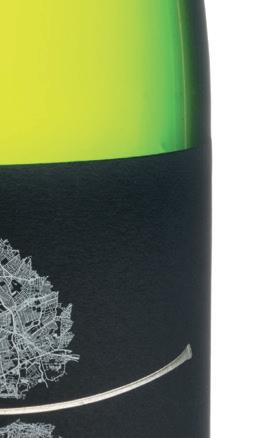

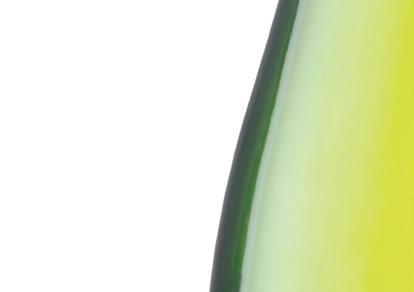
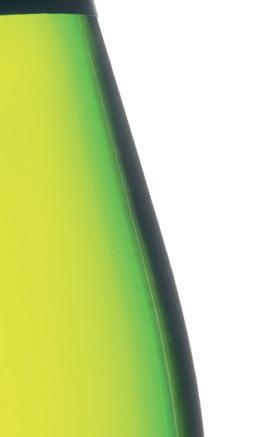
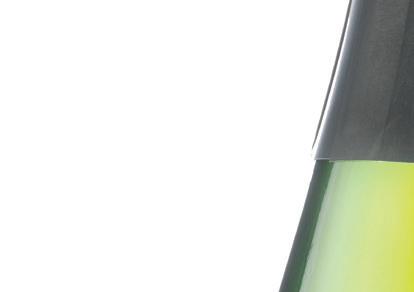
Exton Park wines are always built on stern foundations, and this wine is no exception, but the exoticism found on the nose and palate is something else, and this makes it a wine with otherworldly allure, and it is sure to be ruthlessly hunted down by sparkling wine aficionados.
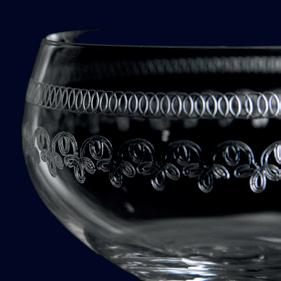

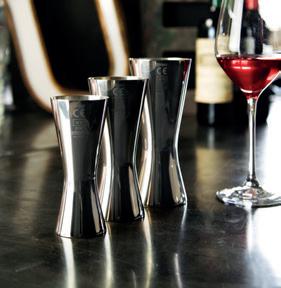

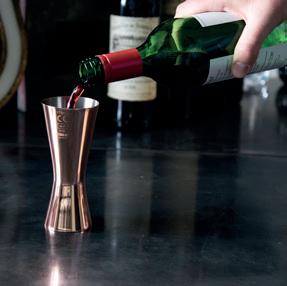

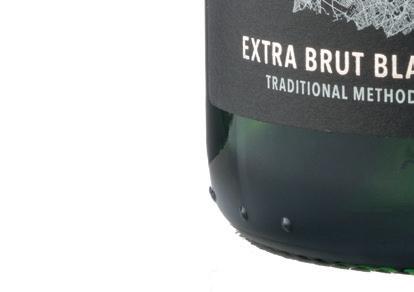
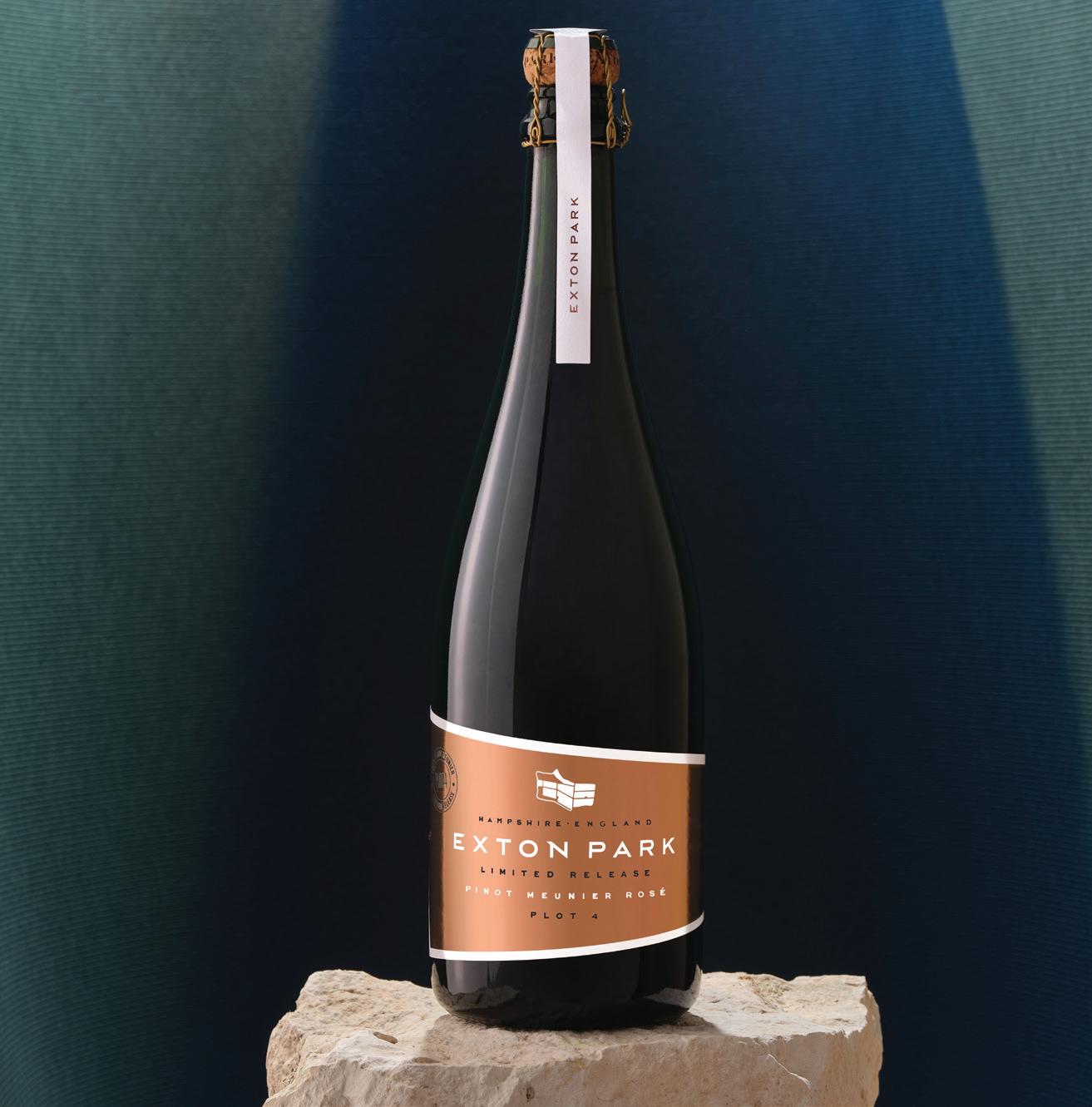
Alex Hurley’s first traditional method release at LDN CRU is nothing short of a triumph.

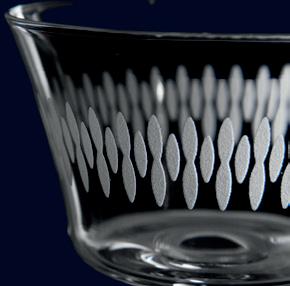





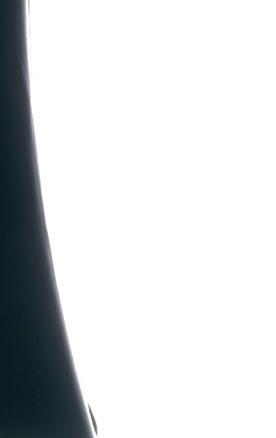

Having gathered experience at Gusbourne, he has knocked it out of the park with this incredible Blanc de Noirs, made from 100% Pinot Meunier and taken from a single vineyard in the North Downs of Kent.
Only 1.3 tonnes of fruit were harvested, making this a somewhat collectable wine, given there are only 1,300 bottles in existence. With a £27 price tag, when you buy by the case, it is sure to sell out in a moment because the value here is insane (sommeliers, take note)!
I was particularly struck by the exquisite perfume, layered, gentle fruit and surprising detail on the finish, and with only 4g/L residual sugar, it is a seriously dry and refreshing wine. It seems fitting that a wine of this beauty comes from the UK’s first urban winery and a listed Victorian warehouse in Fulham, no less.

NV Exton Park, Limited Release Pinot Meunier Rosé Plot 4 £95.00 www.extonparkvineyard.com www.hedonism.co.uk 2019 LDN CRU, Extra Brut Blanc de Noirs £30.00 www.londoncru.co.uk
Proud suppliers of glassware to We design, develop, produce and decorate glasses and barware for the world’s leading spirits and drinks brands. Contact us to discuss your individual requirements. Call us now on +44(0) 1763 244 473 or email admin@urbanbar.com or visit urbanbar.com
The dynamic duo
Billecart Salmon rosé –their favourite Champagne, was the inspiration for Richard and Leslie Balfour-Lynn’s idea to plant vines at their Hush Heath estate in 2002. Christian Davis visits.

Balfour Winery is one of England’s leading wine producers, pioneers for both English traditional method sparkling wines, and a new wave of English still wines.
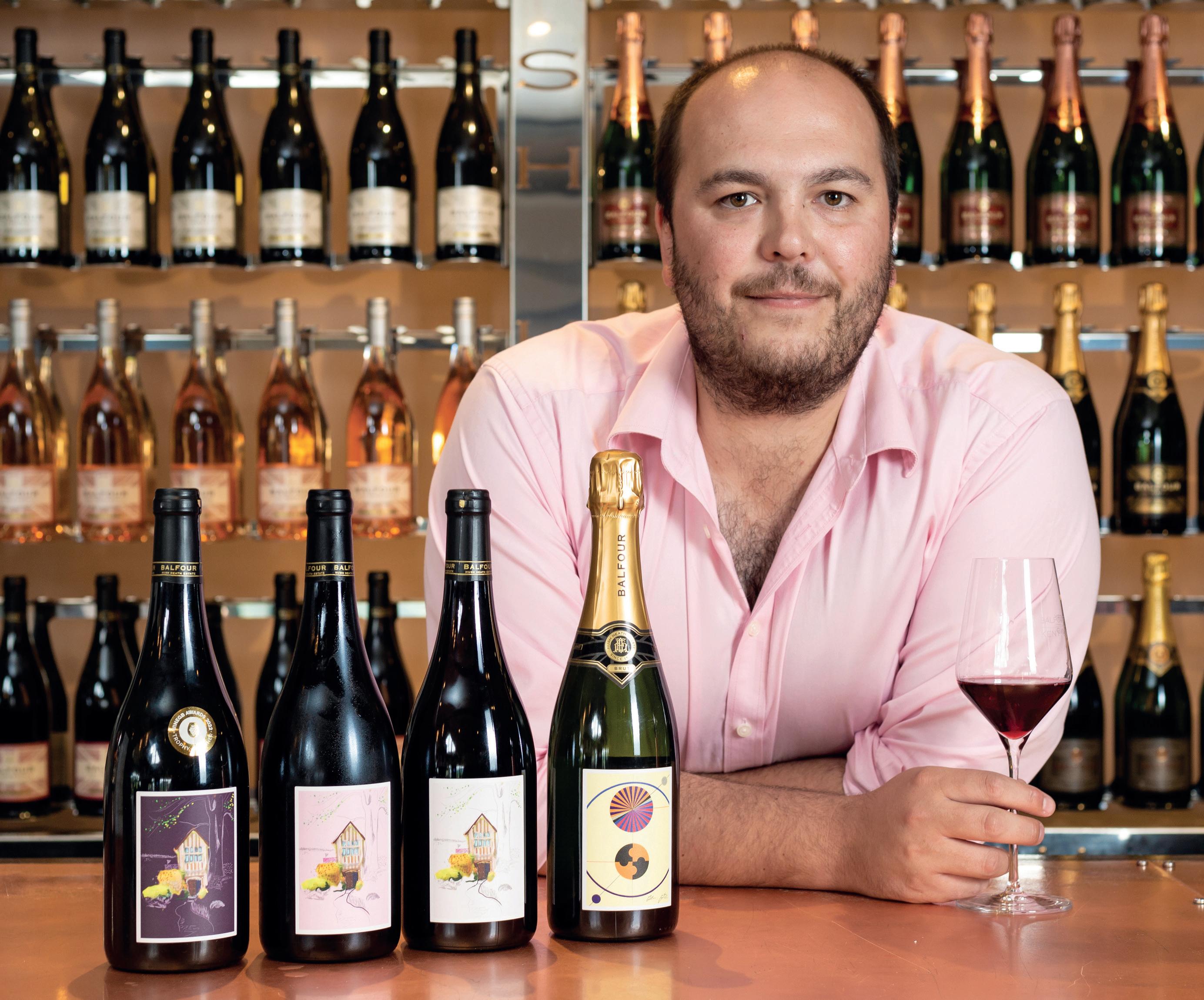
Making more than 400,000 bottles of still and sparkling wines each year, Balfour is one of England’s most respected and renowned wineries, combining world-class winemaking with a spirit of innovation.
Hush Heath is the home of Balfour Winery. A Tudor estate in the heart of Kent. The estate comprises 400 acres of vineyards, apple orchards, wildflower meadows and ancient oak woodland, said to be rich in flora and fauna. Sustainability and conservation are of paramount importance and reflected in the practices used across the estate, the company stated.
Kent has a claim to be the warmest and driest
county in England. With a variety of soils, including clay, chalk and greensand, Kent is considered a near perfect location for making sparkling wine and cool-climate still wines.
Richard and Leslie Balfour-Lynn established their vineyard in 2002, with the sole ambition of making a sparkling rosé capable of competing with Billecart-Salmon rosé. The first vineyard, Oast House Meadow, was planted with that in mind. A mixture of the three Champagne varieties with predominantly Champagne clones used. Five years later, Balfour Brut Rosé 2004 became the first English wine to win a gold
Photos: Martin Apps, Countrywide Photographic
> Head winemaker Fergus Elias
18 C hristia Davi s E d i rot
EDITOR'S VISIT
medal and trophy at the International Wine Challenge. The wines were originally made by Owen Elias during his tenure as director of wine at Chapel Down.
Up until 2010 this remained the model with one single SKU being made at Chapel Down with a growing reputation (IWC trophy winner, Orient Express, BA first class.) It was at this point the decision was made to build and establish a winery and expand the plantings. Fresh sites were chosen between 2009-2011 and a growth in both production and range took place.
Now making up to 500,000 bottles, Balfour is on the verge of its next growth phase with new plantings across Kent and even a couple of sites in Essex. The plan is to grow to 750,000-1 million bottles a year, by 2026.
When it comes to all things winemaking, the Balfour-Lynns look to the ‘dynamic duo’ of Owen Elias and his 30-year-old son, Fergus.
Formerly from Chapel Down, Owen is the strong, near silent type while Fergus is almost the opposite: humorous, wise-crackling, self-deprecating, gregarious. So, are their winemaking styles as different as their personalities?
“My father’s style (of winemaking) is more, pure, clean, linear, stainless steel,” he itemises. “Whereas, I like malolactic, bâtonnage (stirring settled lees) and a bit of oak to give texture and body. But we work well together and, I think, complement each other. With two winemakers, it means one can visit other sites while the other is working in the winery.
“We are both quite adventurous. We both like planting strange varieties. I think we are the only vineyard planting Petite Meslier and Arbane, original varieties of Champagne. We now grow about eight varieties, including Pinot Blanc, Gamay, Albarinho. Also Boltis, a new hybrid.”
Fergus said he “grew up” at Chapel Down, spending easters and summers working there, in the shop and in the vineyard. But then he went to study ancient history at Liverpool university. In
the meantime, Owen moved from Chapel Down to Hush Heath.
“Richard (Balfour-Lynn) offered me a job as a cellar hand. I went to Plumpton and got an MSc in viticulture. I have been at Hush Health full time since 2014.”
The Balfour business comprises a whole lot more than just winemaking. It has about 12 pubs, hotels in Central London, East Sussex, Kent and the Cotswolds, including the Balfour at Bow Wine Vaults and St Barts; the Goudhurst Inn; The Tickled Trout in West Farleigh – to name a few. Richard Balfour-Lynn’s background before he bought the country estate, was hotels. He was involved with the likes of De Vere, Malmaison and Hotel du Vin. At the moment he and the company are heavily involved with a proposal to create a boutique ‘wine hotel’ in the Archbishop’s Palace in Maidstone.

Fergus remarks: “The Archbishop's Palace is a grade I listed building so everything we do has to go through all the various bodies. It is very much a ‘slow burn’ but it is all looking quite positive. It is something Maidstone needs.”
The estate also puts on events. For its 20th anniversary, it ran: Summer Cocktail Evenings, sponsored the Rye Jazz and Blues Festival, Jazz and Wine Evening, Summer Dining Club and Vinyasa in the Vineyard – a snip at £65 with lunch.
Balfour also has branded ciders and beers –Jake's Ciders, made with 100% juice from the Kentish dessert apples Russet, Cox and Bramley. Grown on the estate’s orchards, each variety is fermented separately, then blended by Owen and Fergus. And Jake's Beers, where the Owen and Fergus combine their knowledge with the expertise of Cellar Head, a local Kent <<
Name of owners: Richard and Leslie Balfour-Lynn
Name of vineyard:
Balfour has a few. Hush Heath Estate is the home site, though this is subdivided into smaller vineyards, Foxridge, Middle Strackney.
Soils:
Traditionally Balfour wines are claydriven. However it has new sites. So, will be incorporating greensand and a bit of chalk over the coming years.
Aspect: Some south, some east.
Grape varieties:
Hush Heath: Chardonnay, Pinot Noir, Pinot Meunier, Pinot Blanc, Bacchus, Arbane, Petit Meslier.
Under contract: Chardonnay, Pinot Noir, Pinot Meunier, Albarinho, Gamay, Pinot Gris, Bacchus.
Diseases experienced: Varies though on the whole fairly clean vineyards.
Pests: Badgers.
Large population of birds of prey in the area have helped keep rabbit numbers down.
Trellising: Guyot.
Canopy management: VSP.
Green harvest: Yes. Harvesting: By hand.
Timings: Hush Heath is a moderately late site.
Trends: Foxridge and Old Bramley two Hush Heath sites look particularly exciting for Pinot Noir.
What’s new?
New plantings mentioned earlier especially Gamay and Essex sites.
We are both quite adventurous. We both like planting strange varieties
19 VINEYARD FACT SHEET
The
Fully
◆
◆
◆
◆
Harvesting:
Harvested and pressed, based on clonal selection. Balfour has lots of small tanks and quite small presses. This allows the winemakers to isolate potentially interesting parcels of as little as one tonne and keep them separate right up to bottling if they want. (Best exemplified by the Winemakers Collection, which sees small releases of wines fewer than 1,000 bottles which the Eliases find interesting.
Pressing/crushing:
Whole Bunch Press (for all wines, bar red) Red de-stemmed and lightly crushed.
Fermentation:
On the whole cool fermentation, however this is not a hill on which Owen and Elias are “willing to die. 2021 a tricky year saw increased temperatures in some wines to try and build structure and weight.”
Innoculation: Yes, no wild. Circa 30 individual yeast strains used.
Clarification:
Earth filtration, very little fining takes place.
Acidification/chapitalisation: Chapitalised, when necessary.
Bottling:
In house, bottle throughout the year. The wonders of having their own line is that they have complete flexibility and only fill when they are happy with the wine.
Ageing: Storage on site.
Time scales: NV 9-12 months.
Vintage 18-24 months though they have archives, sur lee, going back to 2008.
Trends:
Increased still wine production approximately 33% of Balfour wines are still this number is expected to grow in the coming years.
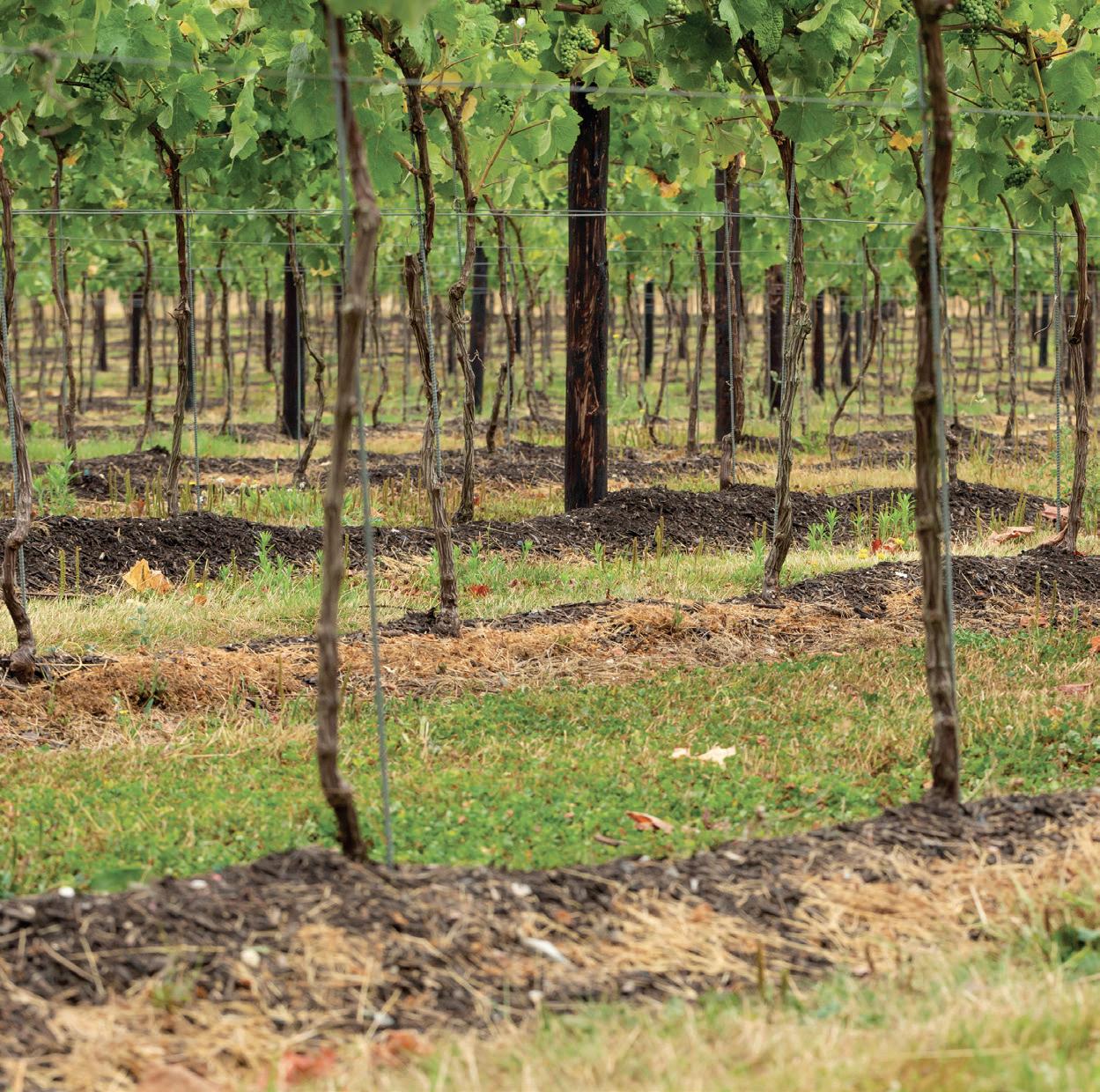
What’s new?
New storage shed under construction.
brewery that Balfour Winery has a partnership with. They draw on Kent’s heritage for growing hops, reviving forgotten varieties and combining them with modern hybrids to create beers with a defined personality.
Fergus Elias reiterates: “All, of our projects are ‘winemaker driven’. That is our USP. Cellar Head is my favourite brewery.”
Balfour deals with all sorts: on-trade (obviously), retail – supermarket own label – Tesco, M&S and the Co-Op.
“I love those wines. You don’t get many English wines of this quality good quality at that price point. We do big macro wines. That is a lot of fun in their own way. We also do much smaller release, such as the Winemakers’ Collection, which are under 1,000 bottles for example, the Pinot Noir is interesting. We have our first release of Albarinho – I am quite excited as 2021 was nothing especially fabulous that year, but I am quite encouraged. It was on some good sites of greensand. Gamay: We might not yet ‘run with that bus’.”
Jovially, Fergus said about the small batches: “The risk is low. So, if no one likes it, it doesn’t matter… But hopefully, they will!”
Wines such as Gatehouse’s Keeper have also won awards. There’s also the Leslie’s range, named after Richard Balfour-Lynn’s wife. Mary Rose is named after Elias’s mother.
The Winemaker’s Collection wines are made because they are interesting. It is the only range where the winemaker is individually named, credited, on the back label.
“The whole idea is to make quality wines. It is not just about making a nice Chardonnay. It needs to have something interesting about it.
“The latest collection is about oak. We do not use a lot of oak at Balfour. I only buy new barrels and only four to five a year. I do not want second hand barrels with someone else’s bacteria! I keep them forever. If we did buy a shedload of new oak, it would sway the style. The new oak component is small, maybe they have seen as much as 15% barrel. We are very careful. The new oak is there, but softened in the blend. I have about 40 barrels, five more this year. It’s a case of slowly, slowly.
“I want to grow that percentage, but it’s about patience. ‘Time is an ingredient’, as someone once said.
“If you look at what was planted in 2004, you’d ask: ‘What is happening?
"We are a young industry, and we are still making it up as we go along."
20 << EDITOR'S VISITIN THE WINERY FACT SHEET
winery equipment:
self-contained winery.
Three 4 tonne presses (Magnum) ◆ GAI bottling line (Still and Sparkling) cork, screwcap, crown cap
TDD disgorging line integrated with Mecamarc labeller
Schneider Mono pumps
Metalinox tanks
John Buchan AGRONOMY LTD For independent advice on: Interpretation of soil and tissue Formulation of nutrient programmes Supply of tailor-made products General agronomic advice OCTOBER 2022 | VINEYARD
Was there a clear plan but only Dad could see it? No, its been ‘brewing’ for 20 years when the first vineyards were planted.
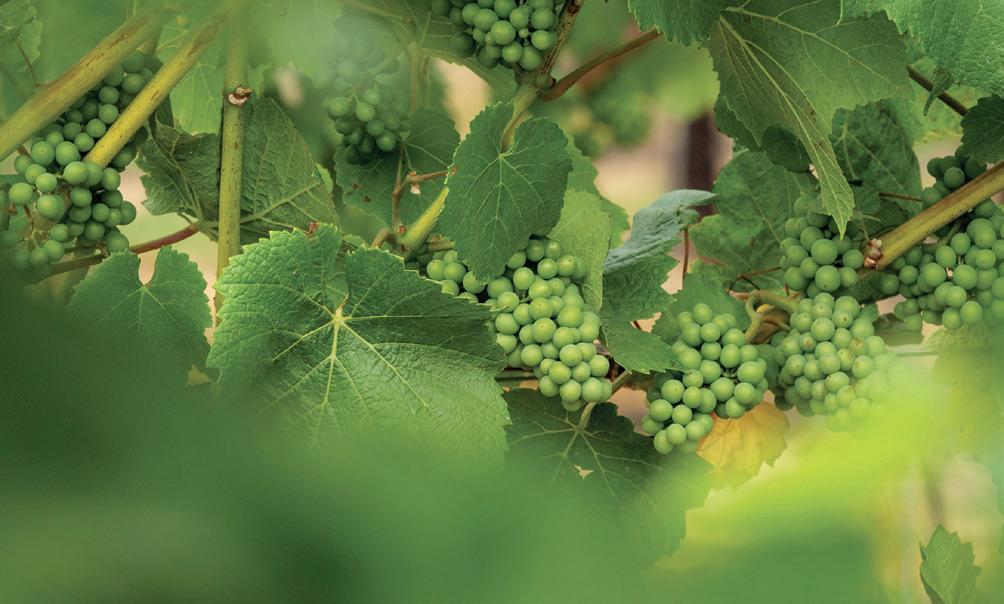

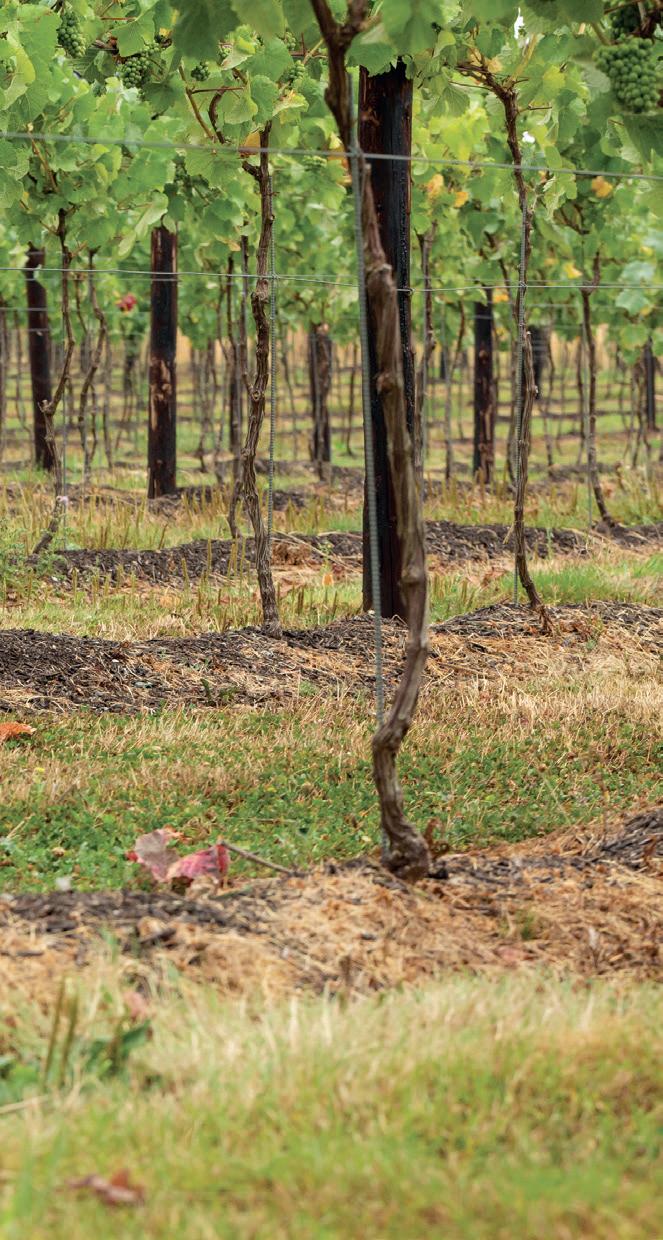
“It was Billecart Salmon rosé that Richard and Leslie loved. So, they ‘impudently’ wanted an English version. They got in touch with Chapel Down and the vineyard was planted to that spec.”
Apparently, Richard Balfour-Lynn took staff from his hotels to pick the fruit. Pay? They got a party.
“So their pink, sparkling rosé, the first at over £30, won an IWC award – A nice horse to trot out,” said Fergus.
“It was the first English wine on BA first class, Orient Express, at the London Olympics. It was a trailblazer. It was a phenomenal success and still is. There are not many wines where there is a weight of expectation. It is still quite rare. We are a young industry, and we are still making it up as we go along.”
The style profile of a Balfour sparkling rosé: “It should reflect the vintage while staying true to its heartland style – crisp, linear, fruit-driven, with red fruit more redcurrant, raspberry, but a herby finish. It is there in every literation. 2014 can be a bit ‘sagey’, an interesting finish. It’s an Owen wine, I can’t take any credit for it. I just work with my father,” concludes Fergus.
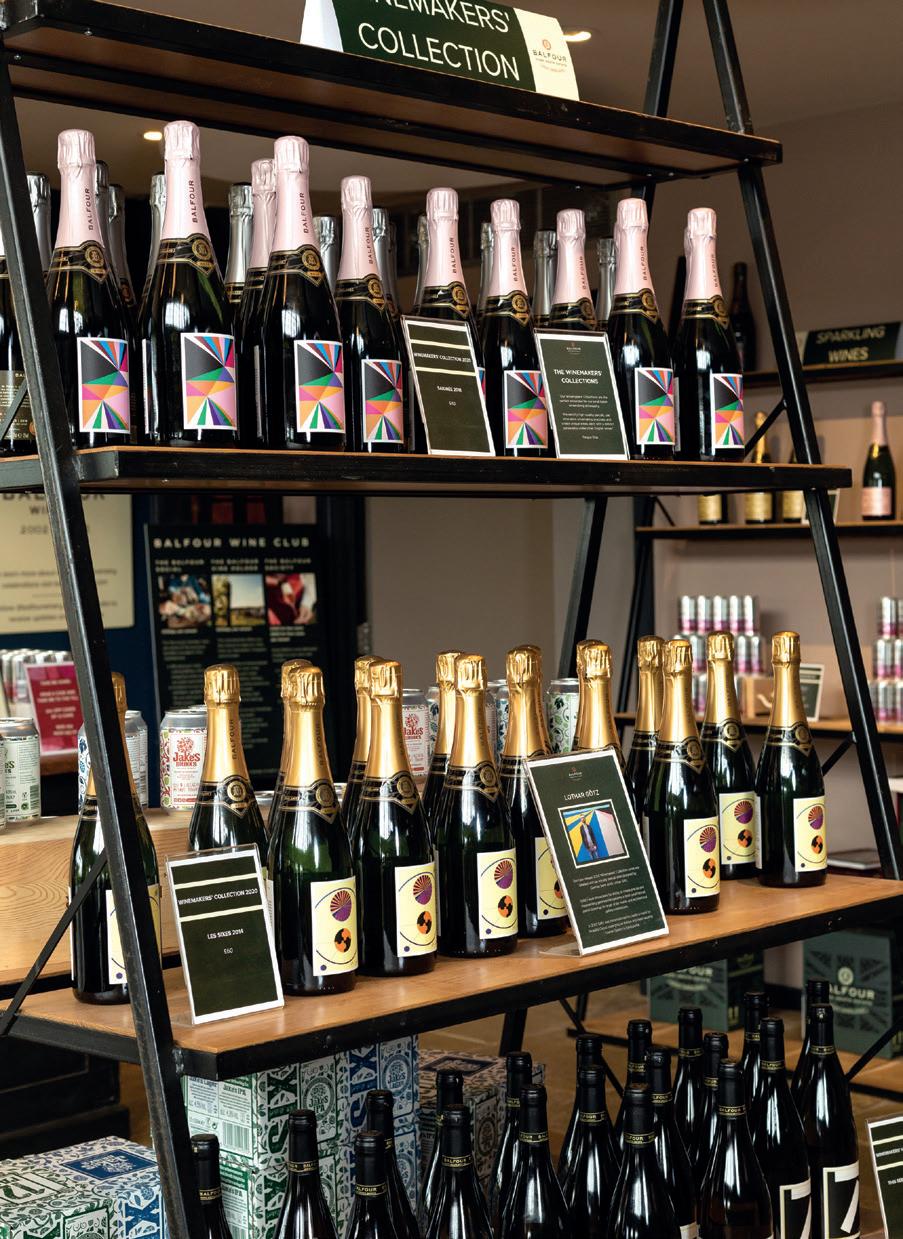
21
RELIABLE CLOSURES THAT HELP SEAL, PROTECT AND ADD VALUE TO BRANDS Quality Stoppers and Closures Since 1774 +44 (0)1844 203100 sales@rankincork.co.uk rankincork.co.uk CROWN CAPS SPARKLINGWINECORKS TIN &POLYLAMCAPSULES HEATSHRINKCAPSULES FOILS STILLWINECORKS WIRE HOODS OCTOBER 2022 | VINEYARD
9 planning pointers
If you have a vineyard or viticulture business – or are thinking about establishing one – it’s likely you’ll come into contact with the planning authorities at some point. It can feel like an intimidating prospect, but keeping a few key considerations in mind will guide you.
1. Planting vines
You don’t need planning consent to plant a vineyard, because it’s considered to be ‘agriculture’, just like growing wheat or oilseed rape. However, if the site is ‘unimproved’ permanent pasture which has been established for 15-plus years, you will need to carry out an Environmental Impact Assessment (EIA) to justify your intention to plough it up. An exception is if you can demonstrate you’ve undertaken ‘chemical cultivations’ in the past 15 years (ie put fertiliser and sprays on it), in which case you can avoid the need for an EIA.
2. Permitted development rights (PDR)
If a site is five hectares or larger, you can undertake development of up to 1,000 sq m under PDR (also often known as ‘prior notification’) which is simpler, quicker and cheaper than a full planning application. Remember, this 1,000 sq m applies to the whole development, so includes, for example, hard standing and access routes. The PDR route is potentially open to you if the use of the building is deemed agricultural (ie it will house machinery and equipment associated with grape production) – but not if it’s for tourism or retail activities.
3. Change of use
With huge projects, where vast sums of money are potentially being invested (if there will, for example, be a restaurant and visitor centre), the proposal might address all the planning issues from the outset. But for smalland medium-sized projects, an oft-taken approach is to get planning consent under PDR then potentially apply for change of use at a later stage, if you’re looking to develop it. Planning rules are fairly favourable when it comes to allowing a change of use to retail own-produced products.
4. Designations
Are you in a conservation area? An AONB? A National Park? A Green Belt? Such designations can complicate the planning process – especially in a Green Belt, where you have to demonstrate you’ve taken any potential visual impact into account. But a well thought-out, professionally put-together application will give you the best chance of success.
5. Provision of utilities
You’d think getting an electricity or water supply to a site would be really straightforward, but this isn’t always the case. A winery might require three-
phase electricity and this can cost many tens of thousands of pounds. Processing grapes uses a lot of water, too, and you can’t simply pour the liquid that is produced down the drain so you need to think about how that will be dealt with.

6. The national picture
Even if the planning guidance from a national perspective is broadly positive and supportive, policy is interpreted individually by each local authority and their level of enthusiasm for development varies. Access is often a reason for refusing an application, especially if a proposal will bring a large volume of new traffic or large vehicles into the area.

7. Talk first?
In some instances, it’s worth talking informally to the planning authorities early in the process, but if it’s a new building under a PDR, it may be better not to do this as you risk giving the impression there is an issue you’re trying to find a way around – when in fact one doesn’t exist. Similarly, decide when is best to communicate with neighbours and other local residents. Low-key engagement can often have a positive benefit, because it gives you a chance to address any potential concerns, but the danger is you just worry people unnecessarily and generate opposition when the proposal doesn’t warrant it. It partly depends on whether you feel it would be a constructive conversation.
8. Think long-term
You’ll never regret putting up a new general-purpose building because, if you’ve chosen the right spot and the access is good, there will always be potential other uses to which it can be put. Meanwhile, if you’re investing a lot of money in a building such as a winery or visitor centre, it's always worth considering what might happen if you ever decided to sell it (even if that’s not in your current plan). This will help you shape the proposal and decide how you can make it potentially most valuable as a going concern.
Ask yourself: Will there be someone who would want to buy it and will I get my money back? If the answer is 'no' or 'I’m not sure', you might want to question what you’re doing…
9. Site selection
Navigating the planning system can be complex, costly and slow – and the last thing you want is for your plans to be thwarted after you’ve invested in land. It’s vital, therefore, to identify and acquire the right spot for your viticulture project. This will set you off on the right footing and should make everything that follows simpler, quicker and cheaper.
22
M ew B e r yr m
Call Matthew Berryman on 07710 765323 or email matthew@c-l-m.co.uk www.c-l-m.co.uk VINEYARD CONSULTANTS • P lanning Applications • S ite Finding • S ite Acquisition • L eases • G rants OCTOBER 2022 | VINEYARD PROFESSIONAL SERVICES

Brewin Dolphin Limited is a member of the London Stock Exchange, and is authorised and regulated by the Financial Conduct Authority (Financial Services Register reference number: 124444). The value of investments can fall and you may get back less than you invested. WHATEVER YOUR FINANCIAL PLANS, MAKE THEM WITH US. brewin.co.uk/1762 To find out more please contact Carla Morris on 020 3201 3890 or carla.morris@brewin.co.uk 1762 from Brewin Dolphin
Part-time lecturer in viticulture
Paul Olding
This month we showcase a relatively new member of staff, Dr Paul Olding. Paul is a part-time lecturer in viticulture.
Having attended the Plumpton College Principles of Viticulture course in 2007, he planted his first vineyard on an allotment just off the South Circular in London, which features in his book The Urban Vineyard. In 2014 Paul stepped up a gear and planted Wildwood Vineyard in East Sussex, producing estate-grown, award-winning still and sparkling wines.
Paul has led a varied life, initially gaining his doctorate in animal behaviour from Oxford University, then becoming a successful BAFTA nominated filmmaker. He now splits his time between filming, teaching and tending to his vines.


Paul teaches the part-time course Principles of Vinegrowing, the Level 4 undergraduate module Sensory Evaluation of Wine and a range of other part-time courses.
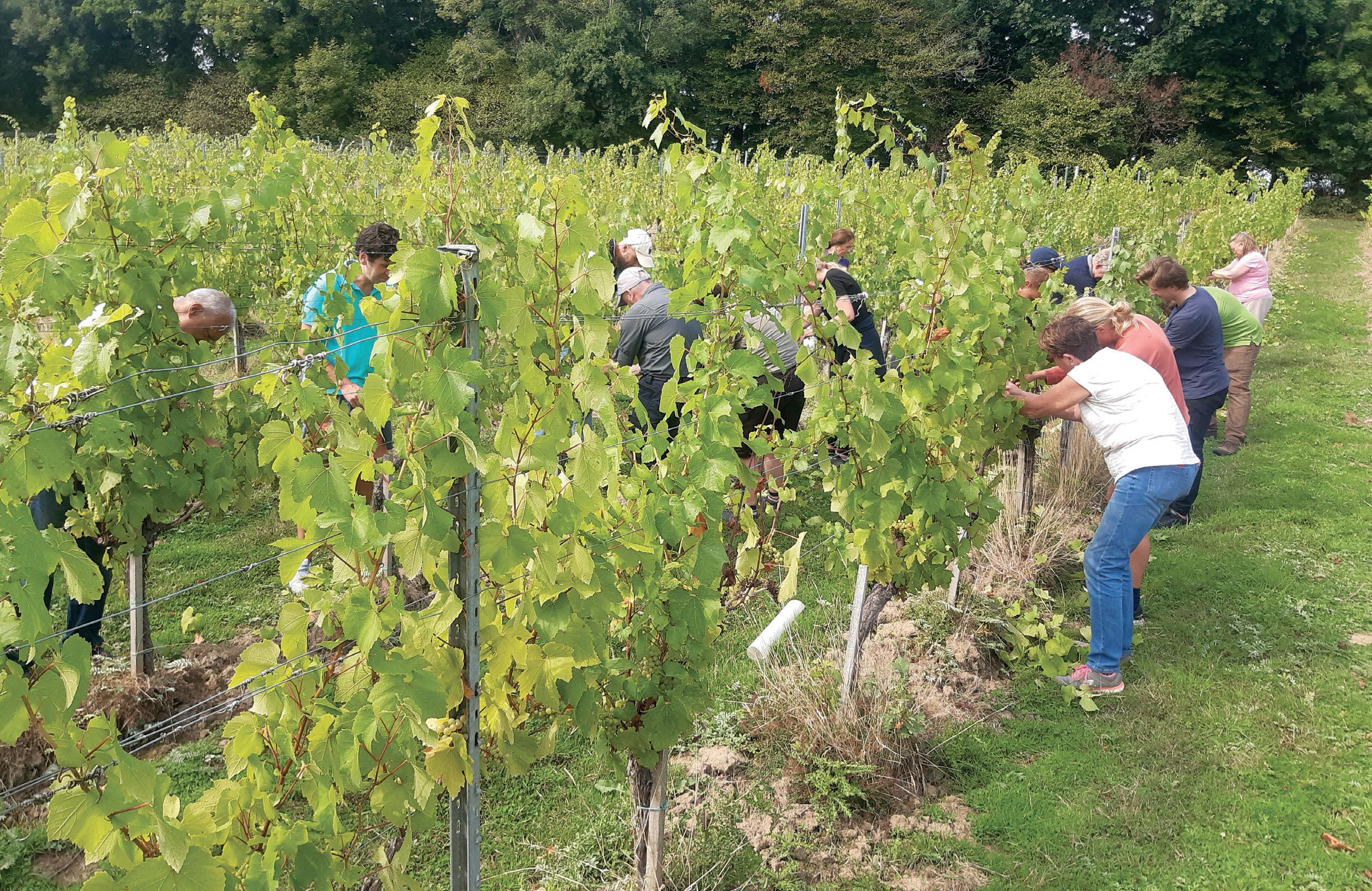 > Paul teaching students canopy managment at Rock Lodge vineyard
> Paul in his Wildwood vineyard
> Paul teaching students canopy managment at Rock Lodge vineyard
> Paul in his Wildwood vineyard
24
DESKTOP www.plumpton.ac.uk Envelope wine@plumpton.ac.uk INSTAGRAM @plumptonwine
OCTOBER 2022 | VINEYARD EDUCATION
Frost protection
The good news is, unless you live in Canada with sustained winter temperatures of -20ºC, the vines will not die. The bad news: spring frosts are becoming more frequent as we experience ‘’unseasonal springs’’ which bring about early bud development. The straightforward mitigation is to avoid planting vines in areas where cold air can accumulate.
It has been said that weather forecasting gets it wrong 60% of the time, so if you take the opposite of the weather forecast, you are more likely to be correct. With the advance in weather modelling and computer algorithms, these predictions are now exceedingly accurate. However, these predictions are not always a correct indication of what will be happening on a microclimate level within your specific site. This comes down to the temperature on/around the fruiting wire where the buds for the current season’s growth are laid.
Having data from your own weather station (ideally before planting) to guide your decisionmaking process is vital. This will help you ascertain high risk areas and understand the incidences and severity of the cold air that ordinarily accumulates there. You can then determine the frost protection methods that will be most effective in each vineyard area.
Frost mainly occurs in two iterations: radiation frost and advection frost. Radiation frost occurs on those calm, clear nights when the heat from the ground radiates upward. An inversion layer develops as the cold air stays low and the ground loses heat. The heavier cold air settles in the lower parts of the site where it cannot escape and, depending upon accumulation, can potentially roll back uphill. The lowest temperatures on these events occur in the final few hours before sunrise. This type of frost is where pre-emptive measures can effectively prevent crop damage.
Advection frost occurs when strong winds blow a sizeable mass of cold air across the country. This mass of cold air is usually uniform from ground level to several hundred metres above with no identifiable inversion layers. This makes preventative measures limited or ineffective – probably best to take a deep breath and sit down with a whisky!
There are numerous machines and tools that can help mitigate frost damage. These include frost candles, mobile and static frost guards, wind fans, heated cables, sprays, sprinklers and cold air drains. With fuel prices and production
costs soaring, these are a significant investment. Rather than rushing out to buy the latest technology straight away, there are things we can do in the vineyard that are preemptive, cost-effective and can have a significant effect.

◆ Identifying ‘’frost pockets’’ Ideally done before planting using cold air accumulation models or by simply visualizing how frost could run through and away from the vineyard. Often, there are hedges, trees, vegetation or even walls that prevent cold air from flowing away. Preferably there would be no obstructions for the frost to flow away.
◆ Tidy mowing
Keep low-lying headlands and alleyways mown as tightly as possible to allow for the frost flow.
◆ Install windbreaks
If the frost is flowing down from the field above, try and divert it to either side of your vineyard using artificial wind barriers.
◆ Delay pruning
Pruning later in the season delays budburst,
so if a frost eventually occurs, bud development (and subsequently damage) will be limited.
◆ Sacrificial canes
If you are pruning in a double guyot system, consider adding a third upright sacrificial cane. This can suppress budburst and, if the laid down canes do get frosted, can act as a replacement, increasing the number of potentially viable buds.

◆ Data analysis
Make sure you are making decisions using the correct data. Ensure the temperature sensor is in the coldest place in the vineyard, at the same height above ground as the buds and can measure wet bulb temperature – and don’t forget to turn on the alarm system!
Vine-Works has worked with Meteos UK for several years to provide weather station solutions for our customers and aid accurate decision-making, both pre-planting and ongoing. Understanding all aspects of your vineyard affords you the best frost protection possible... knowledge.
Vine-Works
25 C harles rti n
DESKTOP www.vine-works.com Envelope sales@vine-works.com phone-alt 01273 891777
THE VINE POST
OCTOBER 2022 | VINEYARD
Variety is the spice of life
There have been rounds of visits with walks and talks and tastings throughout the regions where propagation and research takes place.
Here at Freytags we had about 150 people come through to see what is new. A 50 or so bottle tasting of a range of interpretations stemming from new cool climate varieties were available to be tasted.


This also included a table hosted by Erbsloh, the giant German-based wine industry supplier of agents and bio-assistants to the wine industry, (yeasts, malolactic cultures, fining and filtration agents etc).
They recognise the importance of new varieties for the future in cool climate wine making, and run there own research into assisting a better outcome. It was from this that
we got to taste wines indicating improved 'performance for Piwi's.'

There were also a few wines from the local regional research station, who for years now have undertaken numerous avenues of research into new varieties.
However most of the wines were good examples from local commercial release, and all of them capable of being lined up with other local wines from Vitis Vinifera.
I heard a story about some of the new variety wines from the Netherlands, creating some intrigue. Winemakers steeped in traditional wine making from V. Vinifera, sometimes stumble a bit where it can take
a few years for them to re-learn how to bring out the best from new varieties. Not so the winemakers of the Netherlands where they start out from the beginning working with new varieties. The result being good wine making unhindered by thoughts of making wines the same as other places in Europe.
Same old, same old, but different, where there is a good market for capable wines, albeit in a slightly differing stylistic direction.
New thinking, younger wine makers perhaps, and an open market place; all unhindered by tradition and direct comparisons to previous efforts.
Given that UK still wine making is not so great in volume or range of



In his latest musing, viticulturist Sam Doncaster says berry for berry, there are many a new varie that hold more fl avour than the possibly slightly under ripe V. vinifera grapes.
26
A VITICULTURIST'S DIARY
styles, then perhaps there lies a possibility for people to learn from the Netherlands experience? And go out, be bold, and to make wines with a point of difference.
Certainly within a cooler climatic region, berry for berry, there are many a new variety that holds more flavour than the possibly slightly under ripe V. vinifera grapes. Good blending characteristics as well.
Meanwhile here there have been opportunities to visit trial blocks of vines, from first year's growth seedling fields through to small blocks of previously bred vines that whilst capable, have not been adopted by growers. However they retain a position of usefulness in that they do indeed hold an interesting genetic mix, and could yet play a useful part in a breeding programme.
It is interesting to see vines that hold a few perhaps unusual individual characteristics that might be of interest to growers. For example vines that grow directly upwards, thus making wire lifting etc very easy.
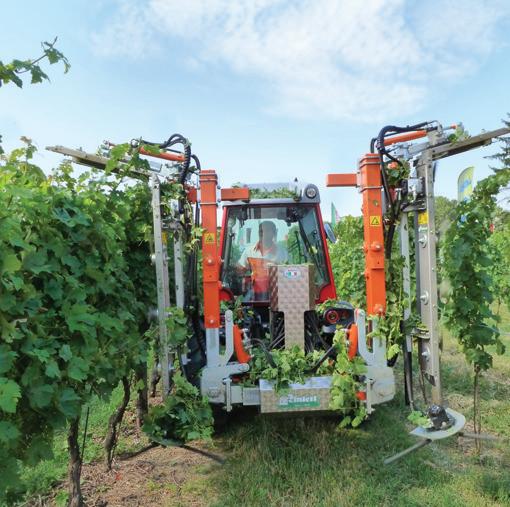


Others that hold only a light canopy in the fruiting zone, thus not requiring leaf plucking, (given that they hold unusual degree's of resistance to botrytis,) and in a year like this there lies no risk of sun burn on the grapes. Maybe the bunches are so loose that ventilation is ensured through out the cluster. Spotlessly clean and effective leaves giving improved photosynthesis until late in the season, whilst the grapes get a longer period of 'hang time'.
Many are the differing attributes from new varieties, and I include increased yields as well as an assured earlier ripening. Cool climate table grapes as well.
From the perspective of visual impact, looking over a block of 40,000 new varieties where perhaps 95% are all blotched and marked, yellow/ brown from leaf infections or grey streaked in mildew, shows clearly the individual resistant vines.
These few sturdy souls stand out like a beacon with their almost glossy, clean and green leaves amid the impending doom around them. Breeding certainly is effective in producing resistant vines, but will the grapes they produce be noteworthy? This is the next step in assessments along the path of discovering good selections.

Having looked over blocks of vines throughout Europe, people are making their plans to give further attentions to but a few vines.

Meanwhile back in the breeding fields of Spain the berries have already been harvested, and the seeds are washed clean prior to preparation for planting out in mid winter warm houses. The cross bred bunches here in the Pfalz being just a few weeks later.
The work in viticulture never 'lets up', well it doesn't if you seek to learn about improvements increasingly available to us.
However now is the time to acknowledge that most of this years growing season work is done, and it becomes time to hand over the results of your efforts to the process workers in the cellar.
I drive on to the UK tomorrow (September), leaving behind me the thoughts and plans for the new, the different, the better to be grafted up for next year’s start in the futuristic efforts of field trials. Wondering as I go: "Who wants to do this work, to be involved in successes yet to be dreamed about ?" I too am but an occasional seasonal process worker, where there lies much to be attended to.
 Sam
Sam
27
Doncaster works for Volker and Marion Freytag, of Rebschule Freytag, Lachen-Speyerdorf, Neustadt an der Weinstrasse, Pfalz. Envelope samdoncaster@hotmail.com
Purchase direct from the UK Importer: ■ Cultivators ■ Vine Trimmers ■ Soil Aerators ■ Hedge Cutters Equipment for Vineyards Equipment for Vineyards t: 01892 890364 • e: info@lameng.com Lamberhurst Engineering Ltd• Priory Farm Parsonage Lane• Lamberhurst• Kent TN3 8DS www.lameng.com OCTOBER 2022 | VINEYARD
Grazing sheepishly
Vineyard owners Mark and Polly Baines say livestock is now an integral part of their system of sustainable wine production. The browsing sheep also replace mechanical or manual leaf removal.
“Having to mow the grass and herbage in vineyards always seems such an incredible waste of a potential resource,” said Mark Baines. “With the recent hike in fuel prices, it’s even more pressing to find a sustainable alternative.”
He said he and his wife, Polly, are committed to finding environmentally friendly ways of land management on their 65-acre family farm, bordering the Colne estuary.
Essex Saddleback pigs and Belted Galloway cattle are part of the enterprise mix, which they have created partly to enhance the quality of the rural holiday experience they offer.
The couple established a 12 acre vineyard in 2018 on the south facing slopes of their coastal farm. Varieties Pinot Noir, Chardonnay and Bacchus were chosen for their popularity and suitability for the English climate. The grape crop is generally sold to large wineries with on-site processing, such as Itasca Wines in Hampshire, although this year the Baines’s are having some of their own wine bottled and returned. They plan to build up on-farm sales of their ‘own label’ to visitors and glamping customers.
Mark also runs a landscaping and fencing business and, after the couple had invested in some specialist machinery to look after their own vineyard, they have started to provide services to other vineyard owners in the area.
Shropshire – the tree friendly breed
While the vines were getting established, Mark researched new, environmentally friendly viticulture practices and discovered Shropshire sheep. They are known for being the ‘tree friendly’ breed and are used widely by growers in northern Europe and Scandinavia, where they have a track record of grazing in conifer plantations without damaging the trees. More recently, they have come to the attention of orchard and vineyard owners. The breed is now used to graze in a range of different deciduous plantations in Britain, France and southern Europe.
Mark said: "The Shropshire breed offers a useful income stream in their own right, being reasonably prolific and with the ability to produce good quality butchers’ lambs." Ewes
are docile and easy to manage, and they thrive in a wide range of conditions. Although classed as a ‘rare breed’ in the 1970s, the Shropshire has grown in popularity in the UK over recent decades: The breed society, the Shropshire Sheep Breeders’ Association, now has around 350 members and there are flocks to be found in most regions.
Having read about the unique role the sheep could play in vineyards, Mark and Polly, decided to buy a small flock of Shropshires. They found a breeder based in Norfolk, and 12 Shropshire ewes arrived at Thorrington in 2019.
Based on the advice in the booklet Two Crops From One Acre, available from the Shropshire Sheep Breeders’ Association, they followed the brief guidelines given for managing sheep in French vineyards: “Shropshires should be introduced in the autumn about a week after grape harvest. As long as there is sufficient herbage for them, they can remain amongst the vines until spring. They must be removed as soon as the vines are budding, because the sheep will eat young leaves and this would have a detrimental effect on vine productivity.”
True to expectations, the sheep did an excellent job of clearing vineyard herbage. They ate the autumn leaves but did not touch the and Polly Baines
branches or woody stems of the vines.
Mark already had the skills needed to manage the sheep, because he had grown up on a livestock and arable farm in Essex. He points out that knowledge of routine flock management tasks is essential for anyone wishing to run Shropshires, which have the same care requirements as any other breed. You also need to have pasture available for the sheep at times when they cannot be in the vines. This will include lambing, which he and Polly schedule for late February through to early March, a quieter time of year for the couple’s other enterprises.
Serendipity at work in the vineyard
Mark and Polly discovered by accident that the Shropshires could have a much larger role in the vineyard – and one that has brought surprising benefits in terms of vine health and grape quality.

Two years ago, the sheep accidentally escaped back into the vines during the early summer –this could have been a disaster, but luckily the break-in occurred at a time when the fruit was set, but was very small and unpalatable.
“The sheep ate leaves in the ‘fruit zone’ neatly doing the job of a mechanical leaf stripper,” Mark recalls. “This is a job that is essential,
Thorrington Mill vineyard, near Colchester in Essex, is using Shropshire sheep to reduce the need for mowing between the vines.
28
More information Mark Baines, Thorrington Mill Vineyard: www.thorringtonmill.co.uk Shropshire Sheep Breeders’ Association: www.shropshire-sheep.co.uk Digital copies of the booklet: Two Crops From One Acre can be downloaded from the Shropshire sheep website > Mark
<< SHEEP
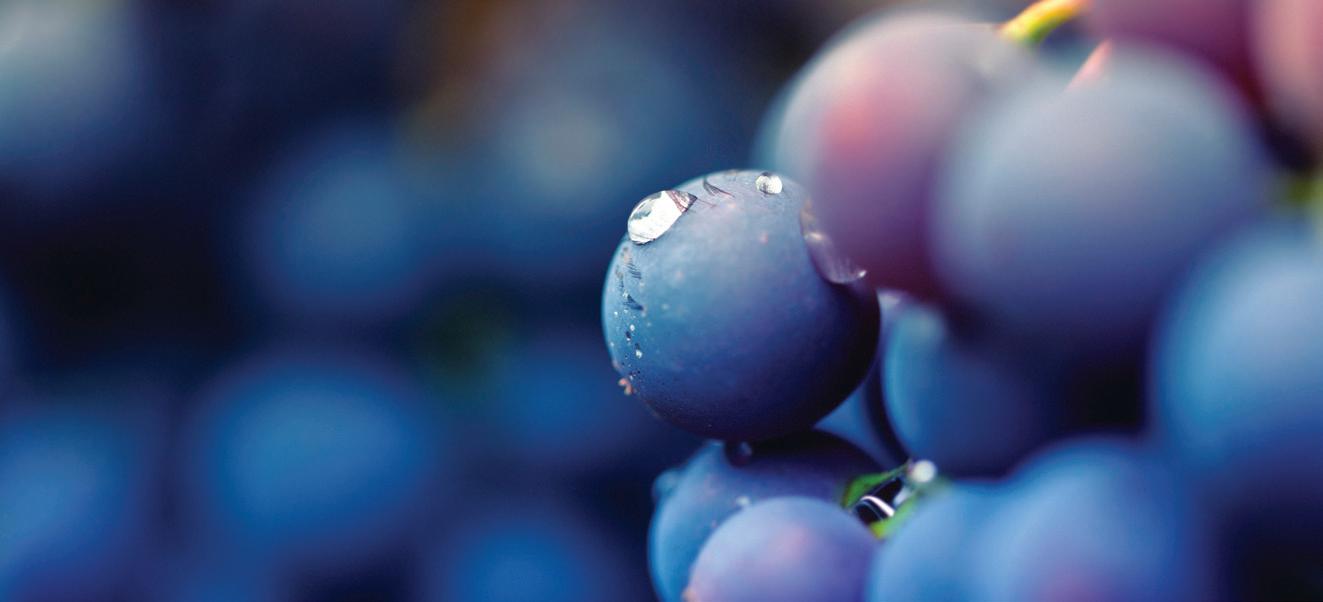
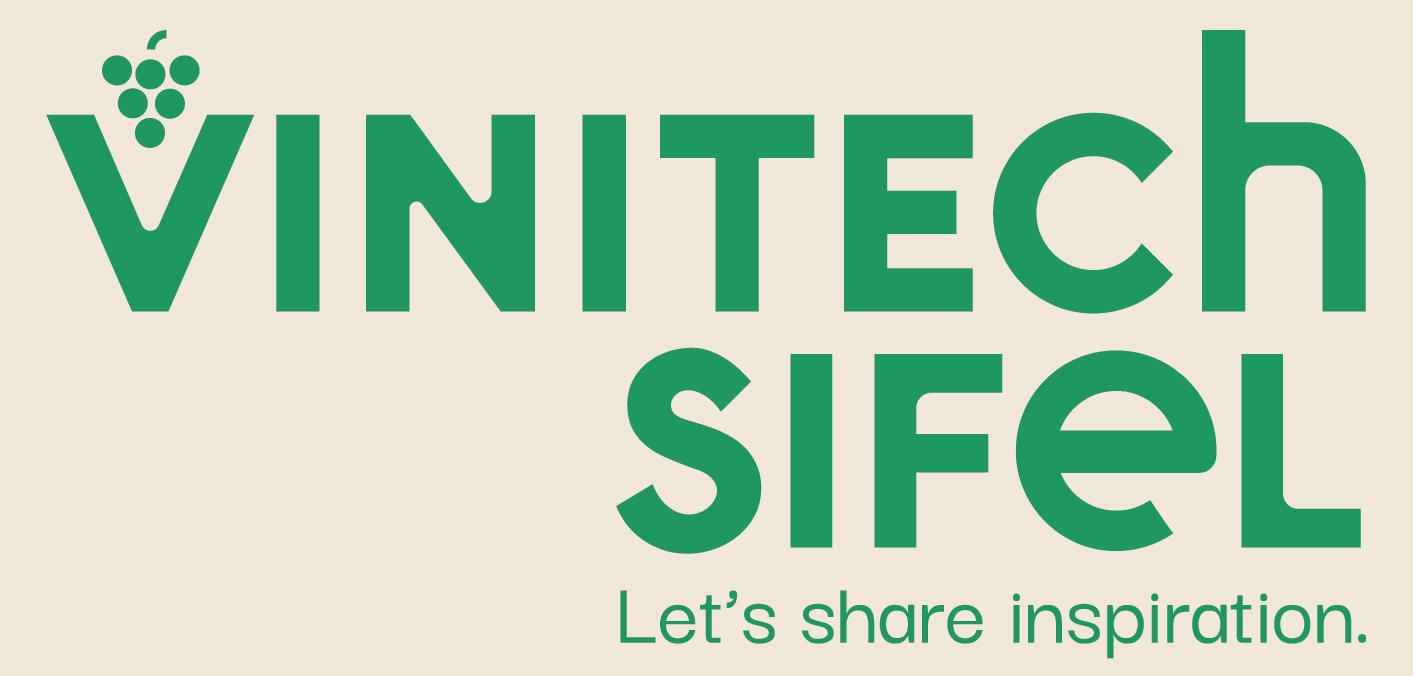
Conscious innovation to make earth a greener place Join the 45 000 professionals attending the show! ECOPHYTO & AGROECOLOGY SPACES AND A LOW CARBON OBJECTIVE TO DRIVE CHANGE AND PROMOTE COLLECTIVE AWARENESS 4 EXHIBITION SECTORS 5 DEDICATED PATHWAYS DISCOVER THE INNOVATIONS Cultivation Techniques Wine Cellars & Warehouses Bottling & Packaging Services & Training MORE THAN 70 CONFERENCES AND ROUND TABLES vinitech-sifel.com THE GLOBAL TRADE SHOW 2022 BORDEAUX Organic Fruit & Vegetable TO QUICKLY IDENTIFY THE RIGHT SOLUTIONS TO YOUR NEEDS MEETING AND INNOVATION HUB List of exhibitors / Personalized schedule / Interactive map REGISTER & DOWNLOAD YOUR BADGE PREPARE YOUR VISIT MYVINITECHSIFEL.COM - NEW ONLINE PLATFORM Low carbon - NEW Spirits An event organised by: From 29 November to 1 December - NEW Beer By BIEREtech

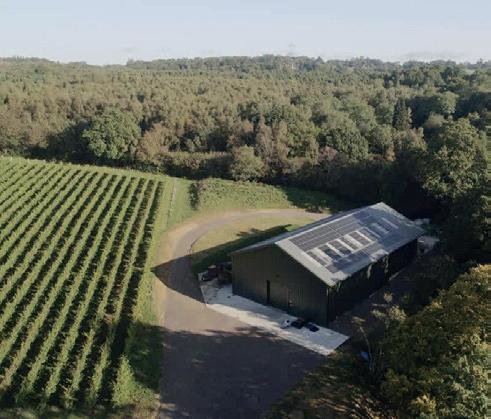

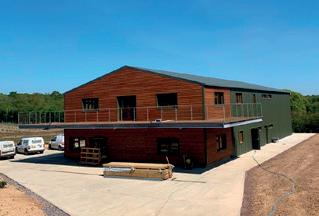

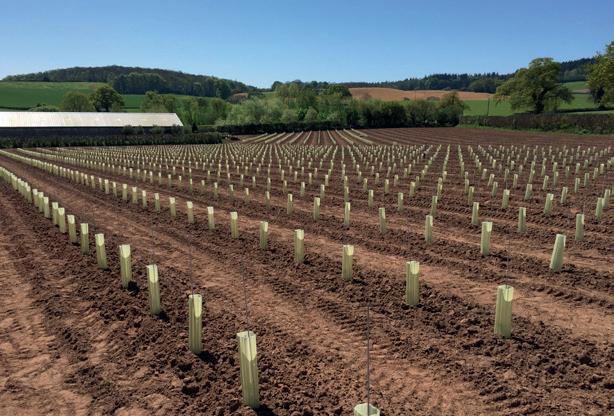
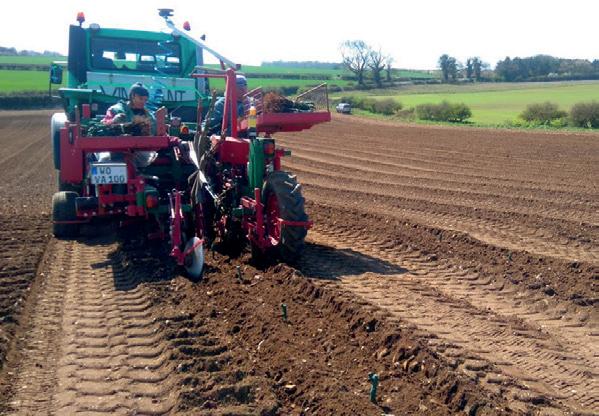
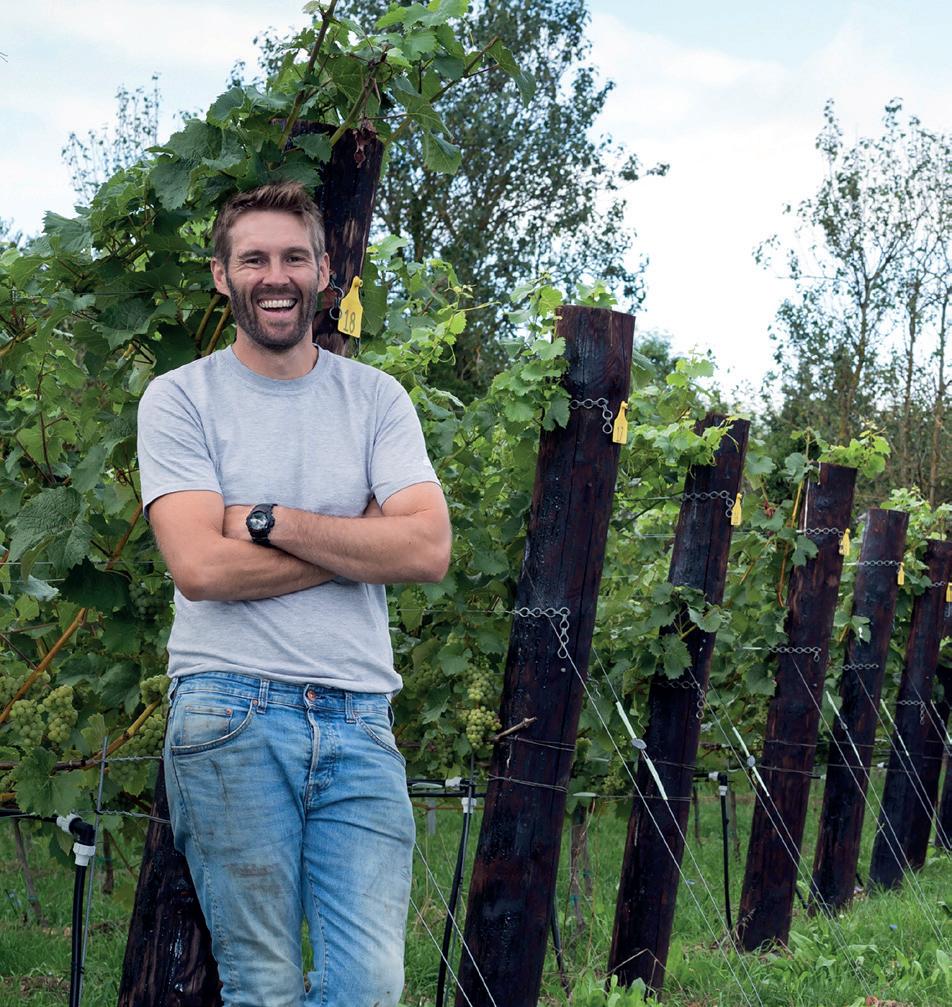


30 To discuss your project in more detail email enquiries@kenward.co.uk or call 01403 210218 www.kenward.co.uk Kenward Construction based in Horsham, West Sussex offer a full design and build service for your next steel framed building including composite cladding, concrete panels, roller shutter doors and bespoke designs to meet individual planning conditions. Kenward Construction also offer a wide range of services offering a truly one stop shop for your next building project. Demolition, plant hire, access roads, drainage, sewage treatment plants, rainwater harvesting, paving, concrete floors/ slabs, walling and site landscaping. ENWARD CONTACT OR EMAIL • SITE SELECTION & SITE ASSESSMENT: in the UK’s northerly winegrowing climate. VINEYARD DESIGN: plantation is offered as a standard part of our service. PRE-PLANTATION ADVICE: preparation works. GRAPEVINE SUPPLY: Proven vine establishment over many years. • VARIETIES, CLONES, ROOTSTOCKS: your vineyard site and target wine styles. PLANTING: TRELLIS MATERIALS: factory to ensure lowest possible prices! NEW VINEYARD ESTABLISHMENT YOUR VINEYARD WILL BE IN THE GROUND FOR 40 YEARS. GET IT RIGHT FIRST TIME, WITH DUNCAN MCNEILL AND CONTACT DUNCAN MCNEILL ON 07972 668370 OR EMAIL WE HAVE 50 YEARS COMBINED EXPERIENCE IN VINEYARD MANAGEMENT. YOUR VINEYARD WILL BE IN THE GROUND FOR MANY YEARS. GET IT RIGHT FIRST TIME, WITH DUNCAN MCNEILL AND VOLKER SCHEU OF VINES DIRECT LTD. NEW VINEYARD ESTABLISHMENT • SITE SELECTION & SITE ASSESSMENT: Correct choice of site is vital in the UK’s northerly winegrowing climate. • VINEYARD DESIGN: Design of your trellis system and density of plantation is offered as a standard part of our service. • PRE-PLANTATION ADVICE: All advice and organisation of soil & site preparation works. • GRAPEVINE SUPPLY: All vines sourced through one partner nursery, proven vine establishment over many years. • VARIETIES, CLONES, ROOTSTOCKS: All combinations created to suit your vineyard site and target wine styles. • PLANTING: Planted by GPS guided machine, accurate to within 8mm. • TRELLIS MATERIALS: We supply everything, sourced direct from the factory to ensure lowest possible prices! VINES DIRECT LTD IN EAST ANGLIA & SOUTH EAST ENGLAND EST. 2006 VITICULTURAL & WINEMAKING CONSULTANT - SIMON DAY. • 30+ years of experience in UK viticulture and winemaking, • Full site assessments and variety / rootstock and trellis advice pre-planting. • Vineyard management advice and mentoring. • Winery design and ongoing winemaking advice. • Business planning & legislation, HMRC, WSB, etc. • On an Ad-hoc, project, or annual retainer basis. Contact: e: sday@kingsthorne.co.uk t: 07796 141390 w: www.kingsthorne.co.uk OCTOBER 2022 | VINEYARD
and normally done either mechanically or by hand to ensure light and air can reach the fruit, giving it the best opportunity to achieve optimum yield and quality. Removing the need for mechanised leaf removal saves around £150 - £200/acre.”
The Shropshires did no damage to the vines themselves or the fruit – and the net effect was a significant saving in labour and time, plus a healthy, abundant crop of grapes. Although Shropshires are “tree friendly”, in deciduous plantations they may eat the leaves up to about one metre from the ground. Crucially they don’t take bark off the trunks, so this leaf browsing does not damage the long-term viability of the trees. This behaviour was mirrored at Thorrington Mill, where the browse line fortunately coincided with the fruit zone.
Impressed by their accidental discovery, the Baines’s decided to repeat the process in 2021 – allowing the sheep back into the vineyard after the fruit was set, but this time as part of a supervised and closely monitored trial. They used 30 sheep in 1.5 acres at a time – allowing them five days in each area before moving them on to the next. The net effect was that around 50% of the leaves in the crucial fruit zone were removed. Again, there was no damage to the vines or the fruit.
“The results were much better than using a mechanical stripper – which can cause damage to the vines and, as growers know, this can open the door to diseases such as botrytis that can hit yield and quality,” said Mark.
“There is obviously only a relatively small window of opportunity to use sheep in this way –a few weeks before the grapes start to get larger, softer and more palatable,” Mark pointed out. “The safe period will depend on the season, of course, so the situation needs to be monitored carefully by the vineyard manager.”
Quality boost
As a result of the improved vine health and much lower levels of fungal disease, the couple noticed that the grapes could be left on the vine for much longer than usual with an amazing dividend in terms of quality.
“We were one of the last vineyards to harvest our Pinot Noir last year, with the crop coming off on November 6. The grapes were very ripe and very clean, which meant that they were good enough for red wine production in a year when some other vineyards struggled to reach the necessary quality,” said Mark.
The grapes in question were processed by Bolney Wines in Sussex and Helen Chesshire of Bolney Wine Estate commented: “Thank you so much for your amazing Pinot noir. The fruit is fantastic, and we are so pleased all your hard work has paid off in a very challenging year. This is certainly the quality level we are looking for.”
Future potential
On the strength of these results, Mark has used the sheep to partially defoliate the fruit zone in all the vines again this year, and happily the flock has increased so that he now has 100 ewes and lambs to employ on this task.
There is also scope for improving output in terms of the butchers’ lambs produced by vineyard grazing, by growing a more nutritious cover crop between the vines. Mark has been experimenting with seed mixes that include several herbal species, as well as grass. This year he is planting a three-year cover crop including red clover, fodder radish, stubble turnips and sainfoin, as well as rye grasses, cocksfoot and wildflowers such as self heal and yarrow. This will go in every-other row between the vines, alternating with grass.
Shropshire sheep have been supplied by Mark and supervised by him for use in two other local vineyards. He is working with 10 others as a contractor and he sees great potential for vineyard grazing as one of the services he offers. He plans to grow the flock numbers so that he can supply the sheep to others on a temporary basis at crucial times of year: “Some wine producers will not want the responsibility of running livestock. Although they are a docile and attractive breed, Shropshires won’t suit everyone, so a mobile service where the sheep are supplied by an experienced third party should work well and allow many more growers to get the natural benefit of using Shropshire sheep,” he stated.
What other benefits are there to running Shropshire sheep among vines? They represent a more natural way of managing vineyards and will surely become even more financially attractive as the cost of fossil fuels continues to rise and the use of agrochemicals becomes even more restricted.

Mark’s guidelines for using Shropshire sheep in vineyards
◆ Additional ground is needed for the sheep when not grazing in the vineyards; Additional
winter forage may have to be provided if there is not enough herbage/grazing in the vineyards to feed them;
◆ Electric fencing is usually sufficient to retain Shropshires in the area where you want them to work, provided the power does not fail;
◆ Minerals should be provided at all times. In tree plantations (all species) the availability of mineral pots for sheep is considered essential, as lack of a balanced nutrient intake can sometimes lead to sheep eating the trees or nibbling the bark. Such behaviour has not been witnessed in the vines, but minerals are a sensible insurance policy;
◆ Water must be provided;
◆ Make sure you are aware of, and have time for, routine sheep management tasks such as drenching, foot trimming, shearing, controlling summer flies, monitoring and moving;
◆ A suitable barn may be needed for lambing, depending on the time of year that this takes place;
◆ Sheep can be used in the vines over winter between the end of harvest and bud burst in spring and again for a short period when fruit is set but too small and hard to be of interest to the sheep;
◆ Lambs can stay with their mothers (male lambs as well as females) until weaning;
◆ Male lambs and surplus females go to market from July/August onwards weighing 44kg plus. There is also a good demand for lamb boxes, if you have a local butcher or abattoir who provides this service;
◆ Shropshire sheep must be pure-bred to retain their tree and vine-safe attributes. Mark and Polly are members of the breed society, The Shropshire Sheep Breeders’ Association (SSBA), which provides a pedigree registration service to breeders, along with other useful advice such as how to avoid inbreeding and holds a couple of annual sales each year. The SSBA also has a portal on the website Sell My Livestock where registered Shropshire stock is often advertised.
31
<< OCTOBER 2022 | VINEYARD
Time to build on the promising 2022 crop
With picking in full swing, Hutchinsons agronomists Rob Saunders and Chris Cooper look at how crops have fared after a record-breaking summer and explain how to start optimising next year’s potential.
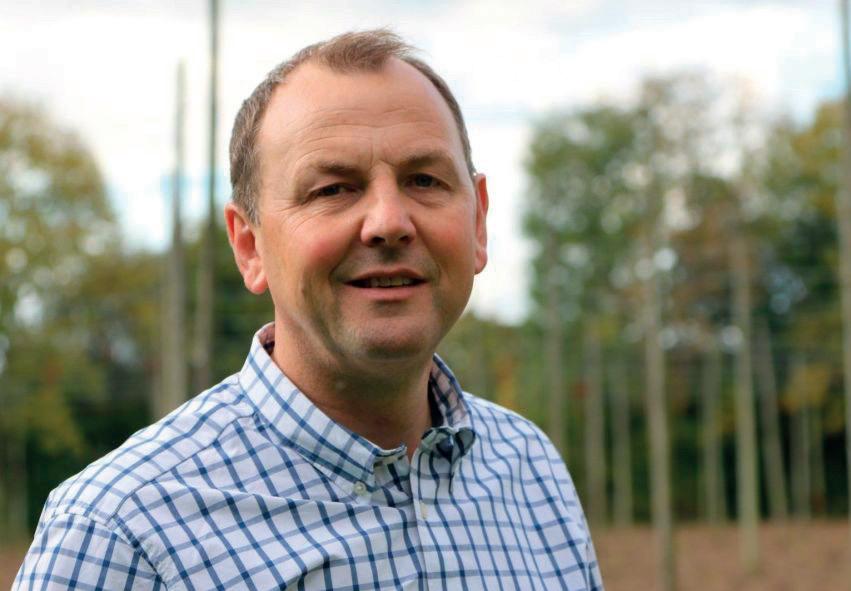
2022 is shaping up to be a good season for winemakers, as vines in many regions made the most of summer conditions that were more akin to continental Europe than maritime Britain.
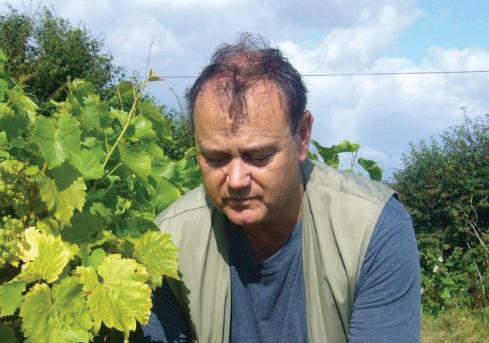
Provisional Met Office figures suggest the UK experienced its fifth warmest August since 1884, and the fourth sunniest in more than 100 years, at 128% of average.
This hastened ripening in many areas, resulting in an earlier start to picking than has been experienced for a few years. Yield and quality look promising. Yields per vine may not be quite up to the 2018 vintage, when the UK produced 12 million bottles, and although bunch numbers on many sites are down from 2018, this appears to be somewhat compensated for by heavier bunch weights.
Sugar contents are up on the corresponding dates last year, giving Pinot and Chardonnay growers the option to make still wines, if they are brave enough to leave the grapes hanging for a few extra weeks.
It’s not all plain sailing though. Younger vines, and those where roots have not fully established, suffered more in the dry spring and summer, particularly where weed control was poor, or
on heavier-bodied clay soils, which experienced considerable cracking, inhibiting the growth of feeding roots.
Powdery mildew pressure was also quite high in mid to late July, exposing any gaps in spray programmes. Additionally, heavy rain earlier in September added to bunch weights, but also caused splitting in some bigger bunches, and inevitably increased botrytis bunch rot pressure.
Botrytis control options so close to harvest are essentially limited to bio control products, such as Botector (which is in short supply), Amylo-X, Serenade, or Taegro.
While most crops started ripening earlier this year, there were some areas that were not as advanced as expected, and in a few cases bunch number and size has been below expectations. This may be a legacy of disease and/or the dull, damp conditions during the critical flower initiation period last year (a topic we covered in the July issue).
Building blocks for 2023
With crops generally producing good yields this season, there will have been a relatively high demand on nutrients, so it is well worth taking the opportunity to give something back by applying
foliar nutrition before leaves start senescing.
This is not always possible in the UK, given the narrow window between picking and the autumn weather closing in, but the earlier harvest in many areas does offer an opportunity to do so this season – providing conditions allow of course.
As long as leaves are green and photosynthesising, they will be able to take up nutrients and continue building the carbohydrate and mineral reserves that are essential for supporting vines through the dormant period, improving winter hardiness, and fuelling strong new growth next spring.
Conditions for flower initiation during June and July 2022 were generally very good, which bodes well for next year’s crop potential.
Avoid applying too much nitrogen at this time, as this encourages soft, sappy growth that will be more prone to winter damage. Focus on applying products that supply magnesium, calcium, and micronutrients, particularly boron and zinc to build up bud reserves ready for the spring.
Regular soil testing provides a useful benchmark to monitor changes in nutritional status, and may be especially useful for highlighting underlying issues on areas that have underperformed in terms of yield or grape quality this year.
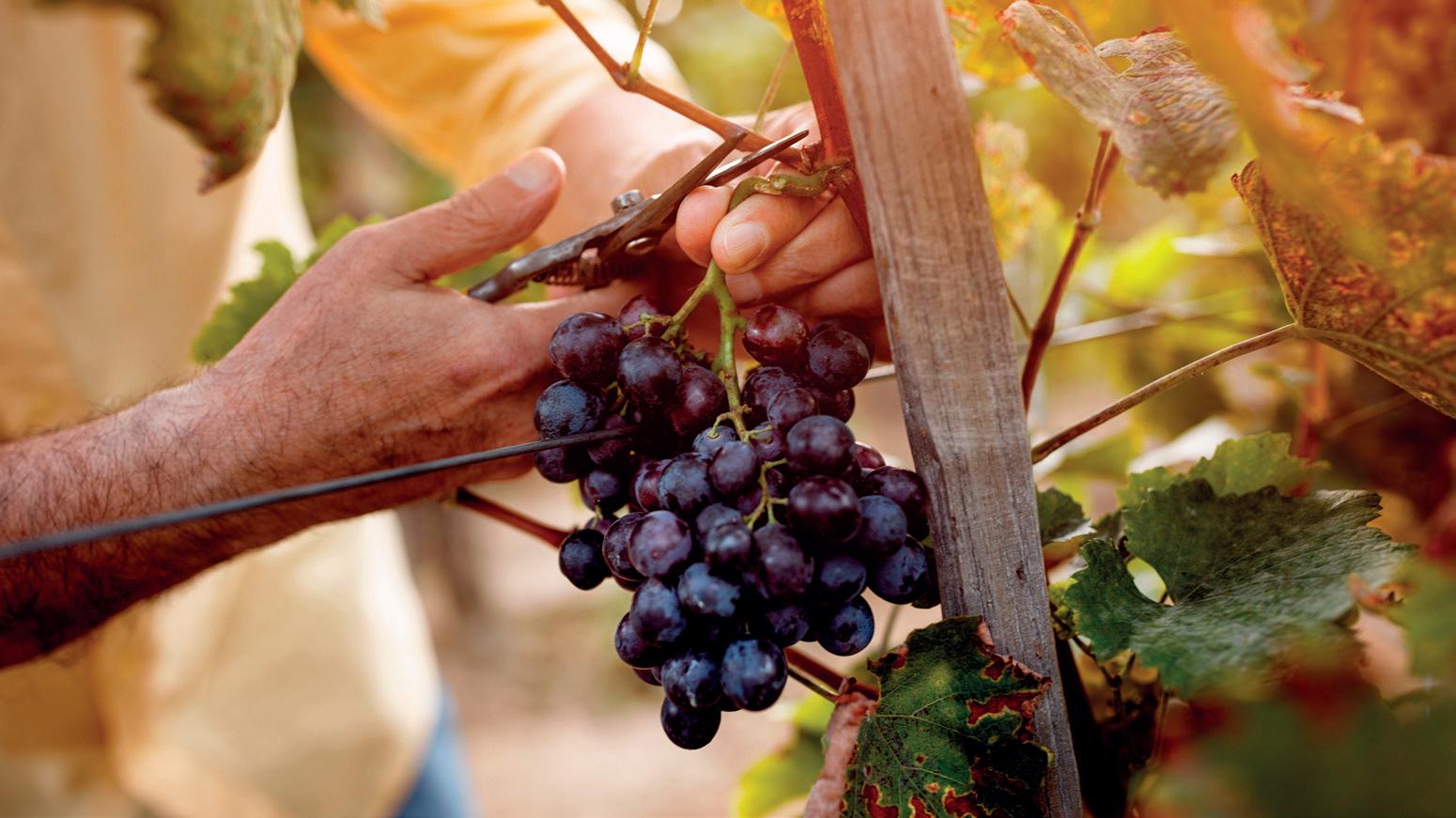
Areas where the soil is thinner, or where roots are not as well established, have been more apparent this year, and may warrant special attention. Don’t ignore isolated pockets, as they will drag your averages down.
Think about targeted nutrient applications, or, where soil structure is the underlying cause, look to apply organic mulches, or sow cover crops to build organic matter, which in turn helps with water retention and nutrient cycling.
DESKTOP www.hlhltd.co.uk Envelope information@hlhltd.co.uk phone-alt 01945 461177 32
AGRONOMY DIARY RobS

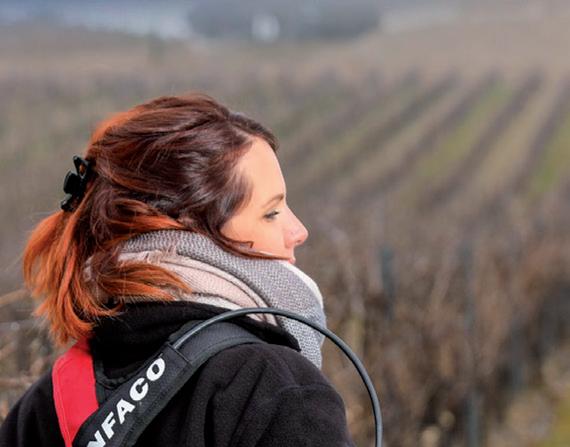





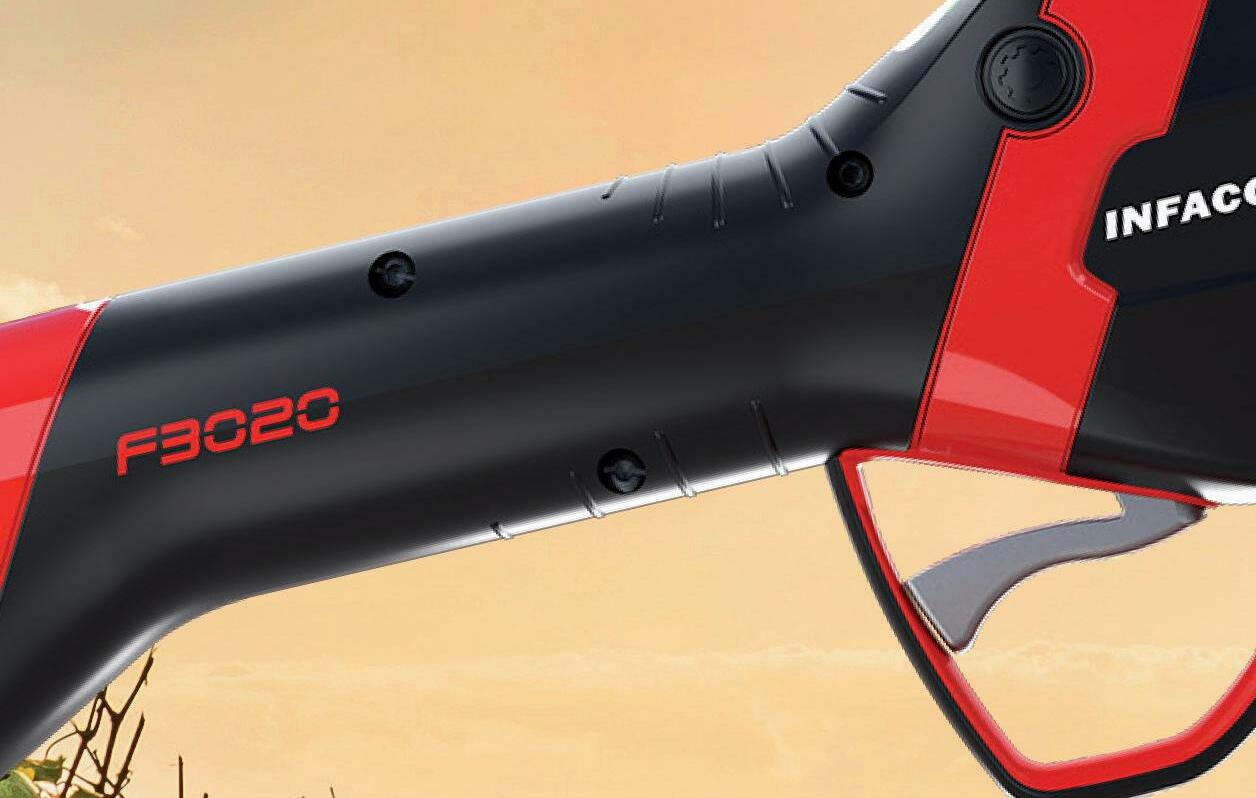



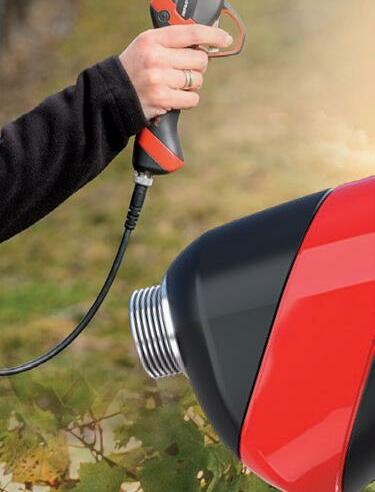
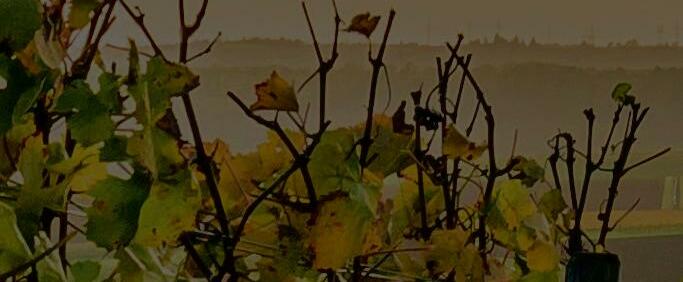











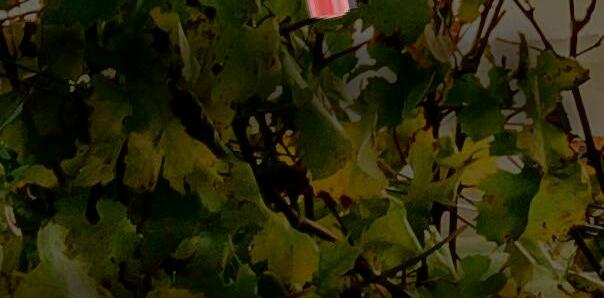











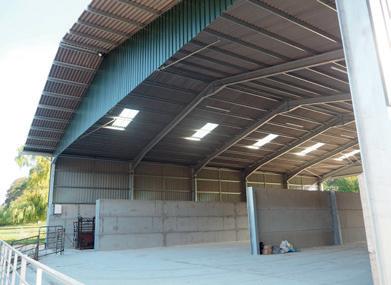

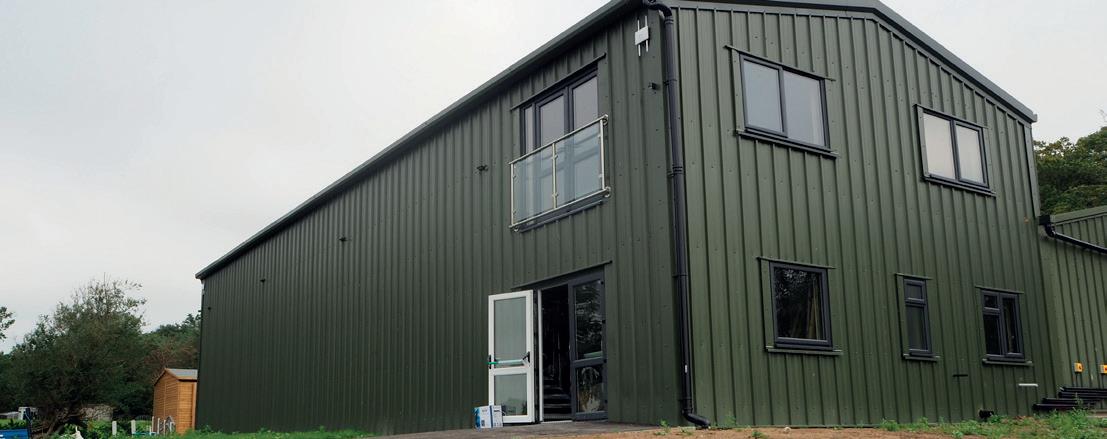



33 Agricare UK Ltd, Cooting Road, Aylesham Industrial Estate, Canterbury, Kent CT3 3EP T: 01304 842280 E: sales@agricareuk.com www.agricareuk.com NOW AVAILABLE! The New INFACO F3020 Electrocoup Contact us for a FREE demonstration now • 20% MORE POWERFUL • 15% FASTER • 15% MORE COMPACT • 12% LIGHTER Office 01273 492404 � info@formabuild.co.uk www.formabuild.co.uk 100% British designed & built Over 35 Years experience Site visits Call to arrange a site survey formabuild.co.uk STEEL FRAMED BUILDINGS, RECLADDING, REPAIRS AND GROUNDWORK � � @formabuild.co.uk @info_forma We specialise in the supply and construction of steel framed buildings. We have a wealth of knowledge and experience in the wine and fruit production sector to complete your new facility Based in the heart of Sussex, covering the South East. Sussex builders since at least 1605. Forma offer all aspects of steel framed construction and cladding together with groundworks and electrical fit out if required. ○ Established 2010 ○ From proven site selection, vine supply, GPS planting to full installation. ○ We have now helped 100’s of clients achieve their objective. www.vineyardsolutions.co.uk info@vineyardsolutions.co.uk | 01245 476994 THE COMPLETE UK BASED VINEYARD ESTABLISHMENT ONE CONTACT- ONE SOLUTION - VINEYARD SOLUTIONS VSL VINEYARD SOLUTIONS OCTOBER 2022 | VINEYARD
Counting on contract
Contract wineries are not just for the smaller growers, where economies of scale may not warrant the substantial investment a winery requires, but for medium and larger producers who may need flexibility within their capacity. Some producers may have issues with obtaining planning permission to build a winery facility next to their vineyard, so need contract services. Others may foresee challenges with finding skilled, high-calibre staff.
Whatever the reason, when it comes to choosing a contract winemaker, good communication, a shared vision and trust are vital starting points. There are three main categories of contract providers in the UK; those that are set up as dedicated, contractonly wineries; those that produce their own brand but also run a contract winemaking business, and those that take on a few small contract customers, alongside their own brand. In fact, a fourth category is emerging in the UK – a partnership arrangement.

“The provision of contract winemaking is becoming an increasingly important element of production here,” explained WineGB CEO Simon Thorpe MW. “ As more vineyards are
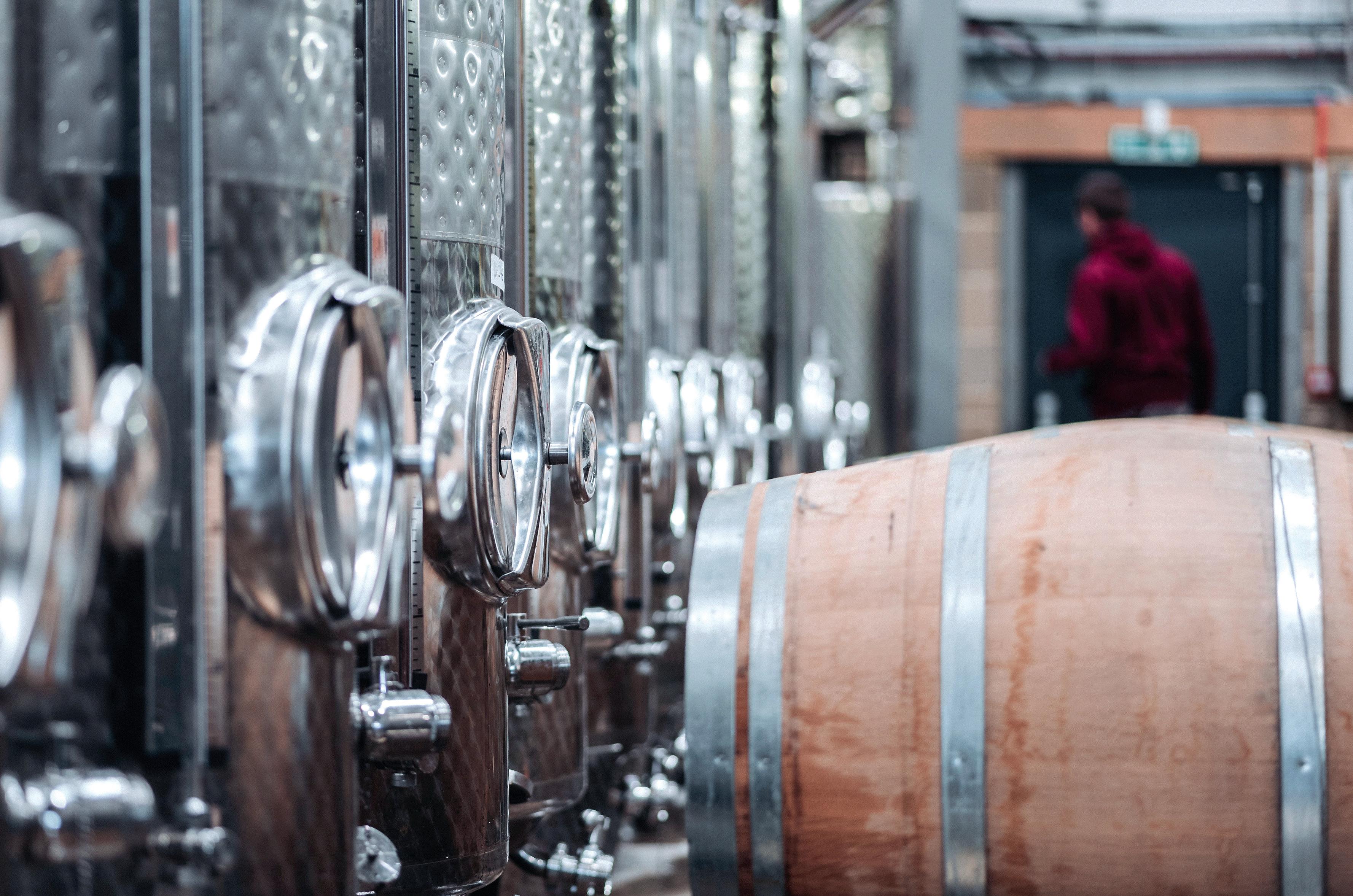
being planted there’s a choice to be made about how to process the grapes, and there is certainly an increase in winemaking capacity, both at the contract winemakers, hybrids and those concentrating on their own production. Fortunately, at this stage I’m not hearing of specific challenges around shortage of winemaking capacity for this vintage – but of course this is a moving feast in the run up to harvest!” Simon added.
“Planning is always a challenge,” Simon continued, “but specifically with regards to contract wineries, there is perhaps less requirement to be positioned directly next to vineyards on agricultural land. As an industry we must continually work to educate planning authorities. WineGB is committed to supporting its members with their planning applications and we frequently provide letters of support which invariably help towards successful outcomes,” Simon added.
For a list of contract wineries other commercial suppliers the industry the WineGB commercial database:
Vine plantings are booming, yields are promising, optimism in the sector is encouraging and vintage 2022 is upon us. The UK now has wellestablished contract winemaking services as the infrastructure expands, which can be an attractive alternative to establishing a winery. Jo Cowderoy speaks to Defined Wine and Litmus Wines - two of the UK’s leading contract wineries about their services – as well as finding out the top tips to aid a smooth contract relationship for both parties.
Photo:
and
to
see
www.winegb.co.uk/join/commercial-database 34
Jo Cow oy <<
Defined Wine CONTRACT WINEMAKING









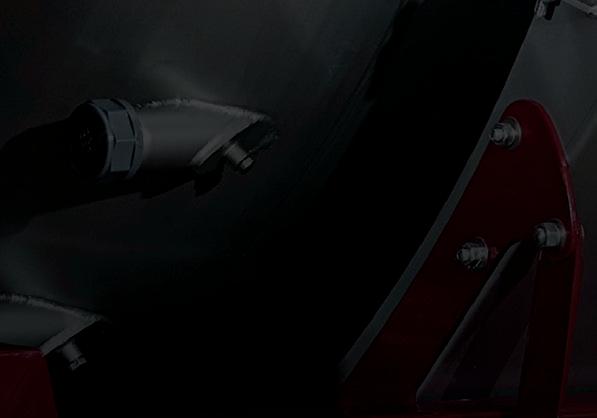









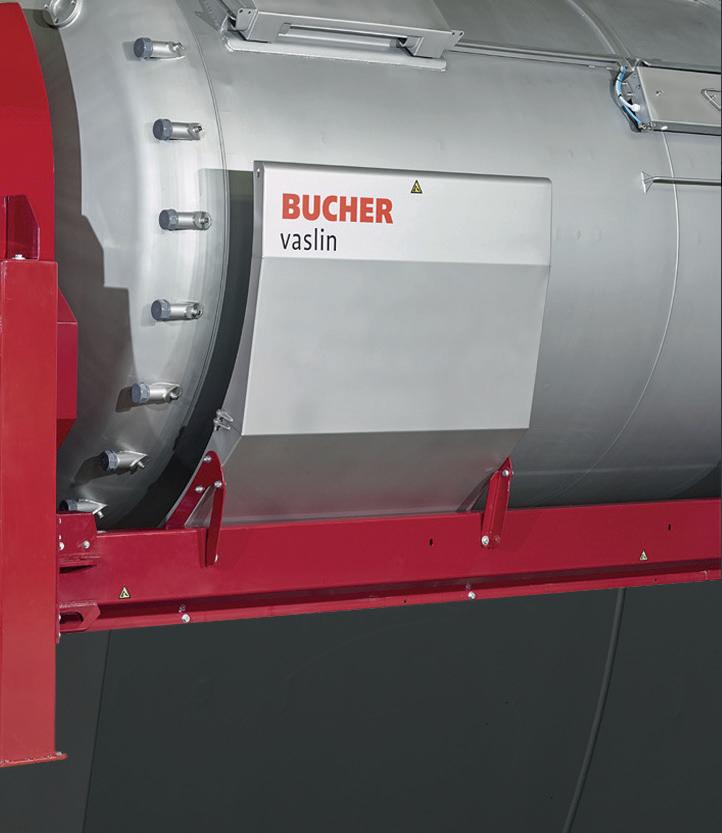

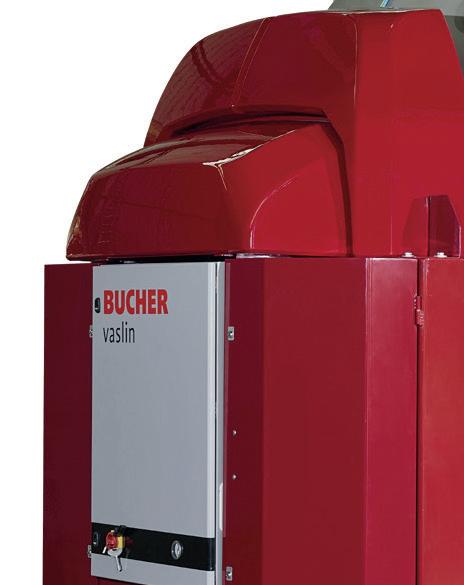
CONTACT CORE ON 01327 342589 FOR ALL YOUR WINERY EQUIPMENT NEEDS DESTEMMERPNEUMATIC PRESS FILTERS UK DISTRIBUTORS FOR core-equip.com INSTALLATIONS SERVICE AND MAINTENANCE TRAINING
Top tips
Emma Rice, Consultant Winemaker with Vinescapes Ltd, is one of the UK’s most respected winemakers, with an impressive list of prestigious awards for her wines and extensive past experience of contract winemaking. Here are Emma’s top tips for a successful contract winemaking relationship between the grower and winery:

◆ A good, clear contract is vital leaving no doubt about expectations on both sides.
◆ Communication is key throughout the growing season, agreeing on ripeness levels, picking and delivery dates (avoiding unexpected grape deliveries at midnight!).
◆ There must be clear understanding of liability for wine quality, and any mistakes or accidents, along with insurance.
◆ Careful planning of wine styles understanding what is possible with the volumes and varieties.
◆ Be realistic about label design and always check the labelling machine specifications.
◆ Agree on supply of corks and other packaging and lead times for ordering branded goods.
◆ Duty needs to be paid upfront unless going into a bonded warehouse.
◆ Understand the laws relating to wine production, including labelling regulations.
◆ Ensure the contract winery has all winemaking records
◆ If the wine is to be sold to national chains or supermarkets make sure the winery has the appropriate accreditation.
◆ Don't expect miracles – no one can make great wine from bad grapes!
◆ Have a plan for selling the wine
◆ Accept that sometimes things go wrong in wineries, maintaining a good working relationship means that these things can be resolved.
Why use contract services?
Deciding to use contract services or investing in a winery is a decision for the individual producer. A winemaker with extensive previous contract experience, David Cowderoy, Managing Director of BevTech Ltd, commented: “It is easy to just look at the straight financial comparison between own production and contract winemaking. But there are less obvious considerations which can be just as critical – the most important of which is skill set and experience. Even a medium size winery will probably not be able to afford a winemaker with the same experience as a large contract winery. Consultants are an option, but they are not generally on site throughout harvest,” David added.
“Obtaining winery staff with good practical engineering and mechanical skills is also essential,” he continued. “In my view winemaking is often one third science, one third art and one third practicality – if your press breaks down in the early hours of the morning, it doesn’t matter how good you are at the other two thirds, the grapes can very quickly spoil if you can’t get the press working,” David exclaimed.
“I have seen a lot of new wineries trying to setup to do every operation, right from the first harvest,” said David. “This means that there is a huge amount to achieve, even for an experienced winemaker, and a lot to go wrong. It is much better to look at rationalising operations and contract out some of the tasks, such as the back end – bottling or disgorging,
or even the front end – grape processing to bottling,” he added.
“New entrants to the sector like to get very involved with every step of production during the first couple of years – but they soon realise that standing on a bottling line all day is very dull. Especially if all they can justify is a slow speed line. In fact, it’s often better to use their time to do the jobs which can’t easily be contracted out – like selling,” said David.
WineGB, data source: Wine Standards
Photo: Defined Wine WINEMAKING
36 897 VINEYARDS 195 WINERIES
CONTRACT
The Vineyard & Winery Show is an unmissable event for anyone working in viticulture in the UK and abroad.






The Vineyard & Winery Show will provide vineyard owners, winemakers and growers with a fantastic opportuni to keep up to date with the latest technology, meet with suppliers & allied trades that are supporting the industry as well as having the chance to network with key players in the UK wine marketplace.
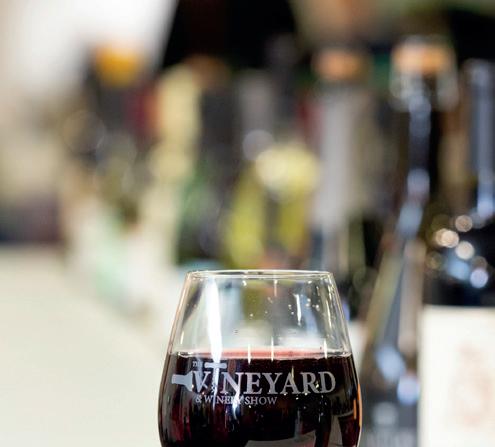
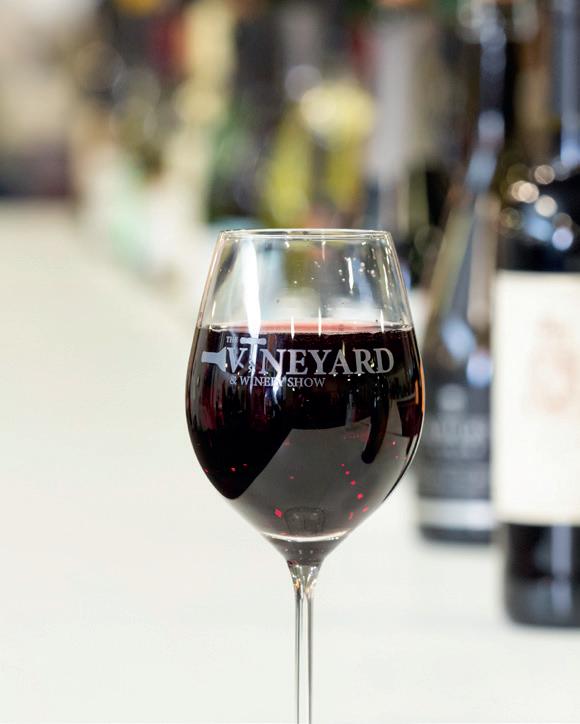
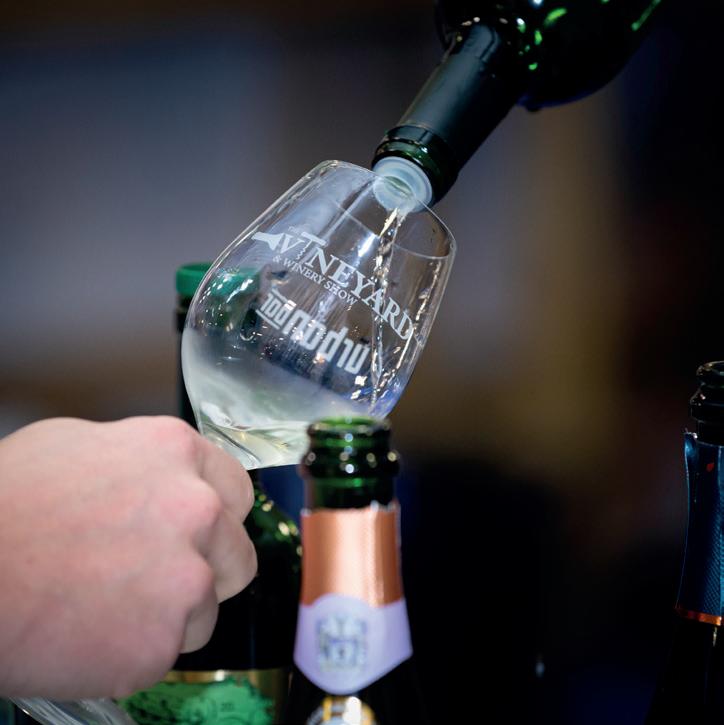

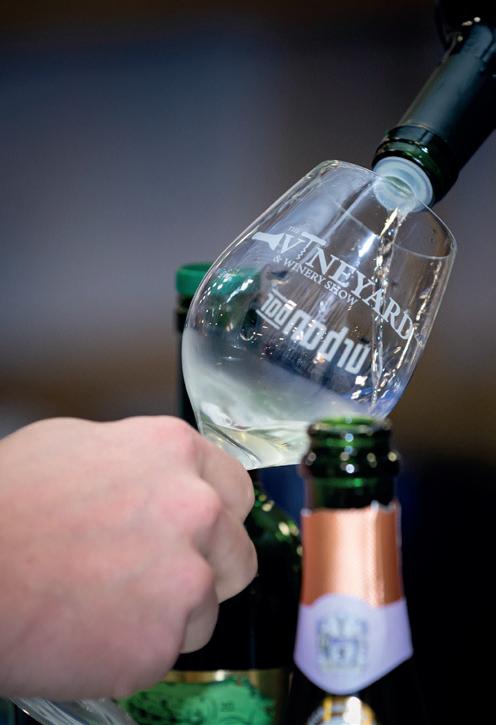


FREE TO ALL ATTENDEES
You will be able to meet with industry experts, learn about new technology and view demonstrations of the latest machinery. Come and taste some of the UK’s best wines – up to 100 di erent UK producers are making their wines available for tasting on the day.


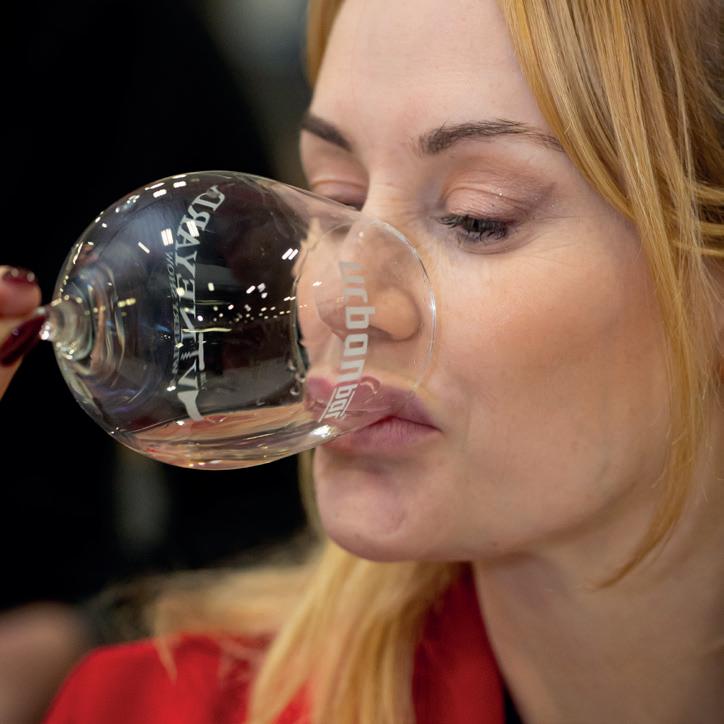

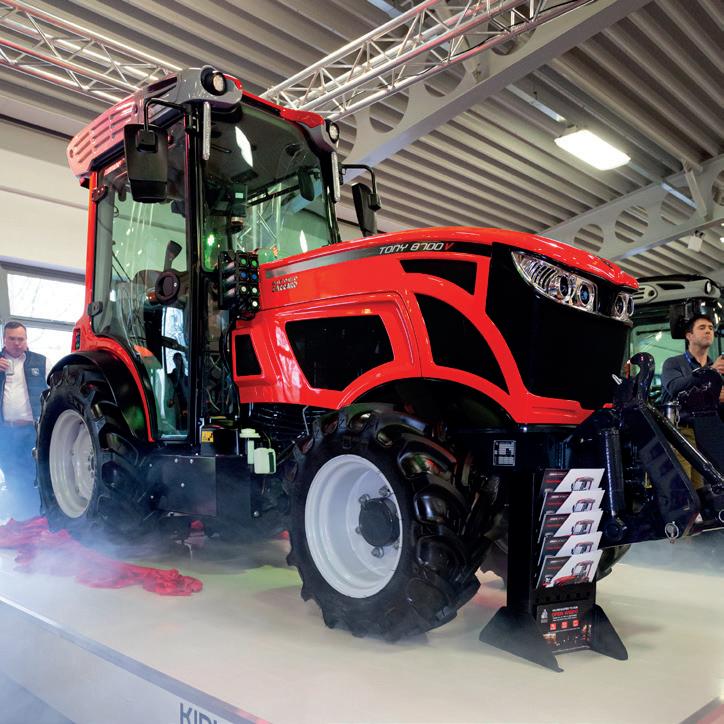





FREE SEMINARS & WORKSHOPS




Giving you the chance to learn from industry leaders and hear about how they built their businesses. Expert speakers will cover viticulture, winemaking and marketing topics.
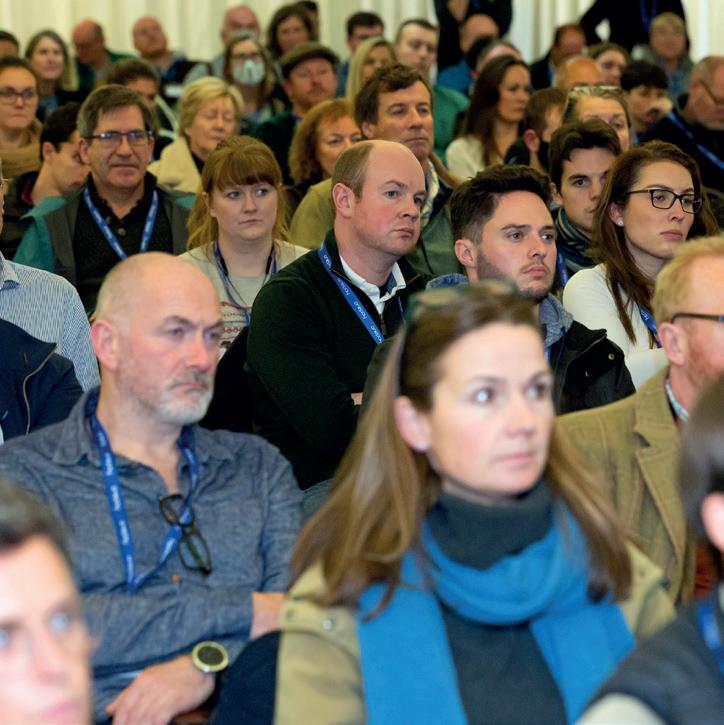
In association with REGISTER YOUR TICKET For viticulturists in Great Britain 2022 Register for your free ticket to a end at www.vineyardshow.com SEMINARS | WINE TASTING | MEET INDUSTRY ADVISORS 23rd November 2022 Kent Event Centre, Detling, Maidstone, Kent ME14 3JF Sponsored by Vitifruit Equipment Sales and Hire
A distinguished long service
Established over 14 years ago, in 2008, Litmus Wines is based at Denbies Wine Estate, Surrey and is run by John Worontschak and Matt Elzinga. “We run our contract winemaking business and supply IOC (Institut Oenologique de Champagne) goods and services, utilising the excellent infrastructure of Denbies in terms of staff and equipment,” explained John. “In partnership with Denbies we make a small range of still premium Litmus Wines,” he added.
As the industry grows, so does Litmus Wines to respond to demand. “We are currently processing around 600 tonnes of fruit for contract customers, but we are planning to increase our capacity to 1000 tonnes,” commented John.

The benefits
“There are so many benefits to using Litmus Wines contract services, explained John, “Cost firstly. The costs of running and staffing a production facility only makes sense after a certain size. Employing the level of competence and experience needed amortised per bottle only starts making sense after a certain number of bottles are produced. You can argue about what this size is but personally I think it’s about 100,000 bottles before it makes sense, if you need to do it to make an income,” commented John.
“Without this economy of scale there is just too much to do. The backroom operations and the myriad of regulations and form filling, vineyard, winemaking, and sales mean that if you are understaffed the main point of it all – which is to make quality wine – is compromised and shortcuts are taken,” he added.
"People seeking contract winemaking often find it difficult to know what the
final costs will be and have varying requirements, and so we have developed a very useful cost calculator on the website which breakdown the various costs that depend on what style you choose and what services you require which greatly helps with financial planning," said John.
Getting the balance right
Litmus Wines focus on contract winemaking but do also make some own brand wines. “It’s always a balancing act for tank space and keeping things separate and all well looked after. Fortunately, at Denbies we have many tanks of varying capacities – and logistics are a large part of being a good winemaker,” said John.
Wine styles
“We have the experience in years, vintages and the sheer number of countries worked in, with huge exposure to all aspects of the wine business to understand all wine styles and their production – from Champagne to Rutherglen Muscat and everything in between,” commented John.
Producing many different styles of wines, and the vast winemaking experience, means the Litmus Wines philosophy is flexible. “We have our own philosophy in the Litmus Wines range, which is complex, food wines, with extended ageing in barrel and bottle before release. With another philosophy for producing own label supermarket wines, and finally we listen to our contract clients carefully for what they are looking for and their philosophy – from straight stainless-steel fermentations to organic and biodynamic
38
www.litmuswines.com OCTOBER 2022 | VINEYARD
production in oak or concrete egg,” John added.
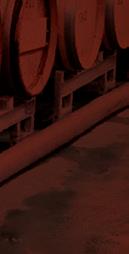
“There is no right way to make all wine, after excluding all faults, that are not complexing or nuanced and hence beneficial to the wine. Knowing the limits of these complexing factors takes experience,” explained John.
“The overarching philosophy I suppose is similar to the medical profession where no harm must come to the patient, so careful monitoring and implementation of the basic axioms of good winemaking are followed intently, and whilst a terrible cliché which pains me to say, we only intervene when necessary. Good quality ripe fruit needs little coaxing once the direction and style has been determined,” said John.
In order for the client and contract winery relationship to work, John says the key points are: “Communication, honesty, integrity, ability, reliability and a touch of humility.”
A growing industry
“My personal journey began when as a young Australian winemaker I arrived on these shores in 1988. I began making wines in England and set up a very early contract winemaking service at Stanlake park. Looking back, I knew so little that departed from straight forward, boring, standardised winemaking but thought I knew everything. How much I have forgotten since then!
“It’s been a pleasure to watch this industry grow and with the improved climate and massive increase in knowledge and expertise, I have seen the progression from what were truly awful wines – to world beating ones! In 2010 I decided that still wines were massively underrated and began the Litmus Wines range and it’s wonderful to see so many great still wines being made today.
“The situation has changed from other winemakers asking why the hell would I want to make wine in England to a recent comment from a young Australian winemaker working here who said to me, “I’m staying here because the winemaking opportunities are so much greater here than at home. Never saw that coming!” John concluded.
Litmus Wines, based at Denbies Winery near Dorking in Surrey offer the full range of premium contract winemaking services to UK grape growers.
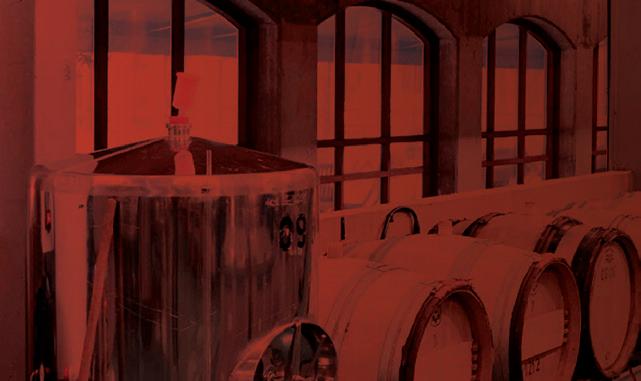




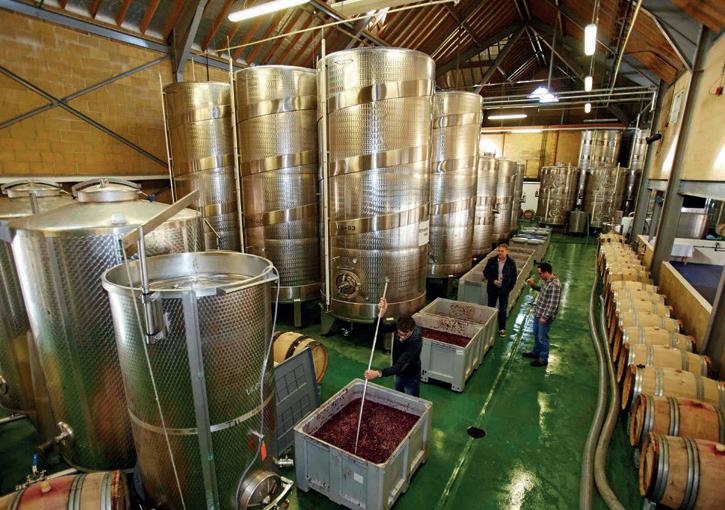
To be a premium contract winemaker you require experience, equipment, organisation, adequate staffing, and passion.

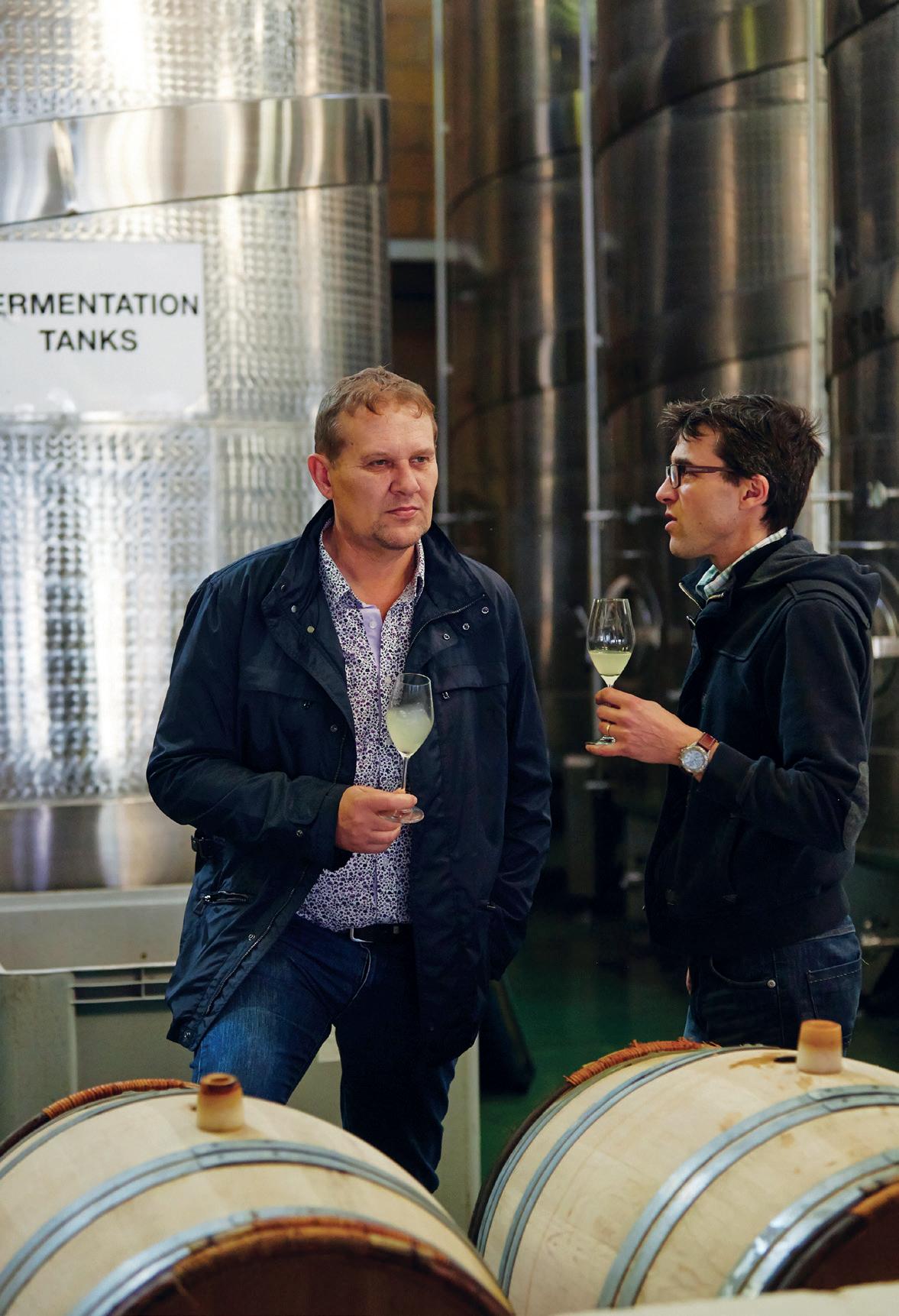
John Worontschak and Matthieu Elzinga have huge experience in premium winemaking. John, Australian trained, has been making wines and consulting in wine production in over 30 countries for decades. His first English harvest was in 1988 and as an international wine judge brings a global perspective to wine styles. Matt ran his 200 Ha family estate in Muscadet for 11 years after working in Italy, Champagne, and Bordeaux. This is his 10th Vintage contract winemaking at Litmus.
Coupled with the impressive infrastructure and personnel at Denbies we can deliver on your individual needs with great communication and response times.
Exclusive distributor of IOC products offering a comprehensive range of biotech and winery consumables.
To view our simple and transparent pricing structure that itemises each stage of the production process visit www.litmuswines.com/contract-winemaking and take advantage of the cost calculator that provides a realistic estimate of the per bottle cost of our winemaking service.
Alternatively call Matt or John on 01306 879829 or email hq@litmuswines.com
> John Worontschak and Matt Elzinga, winemaking partners at Litmus Wines
39
OCTOBER 2022 | VINEYARD CONTRACT WINEMAKING
A unique ‘contract-only’ winery
Defined Wine is a dedicated ‘contract-only’ winery, without its own wine brand, so the winery is able to focus entirely on contract customers. The winery is run by an expert team with global experience and led by international winemaker, Nick Lane, along with Poppy Seeley. The state-of-art winery was set up in 2018 by Henry Sugden and designed to operate efficiently for their many contract customers, to offer a wide range of wine styles, as well as provide temperature-controlled bonded storage. The winery has state-of-the-art technology to match for monitoring and record keeping and a fully equipped laboratory, to support the winemaking.
Fully equipped lab
Defined Wine was one of the first wineries to be accredited to the WineGB sustainability scheme, Sustainable Wines of Great Britain (SWGB) which means that clients with fruit from
accredited vineyards can use the SWGB logo on their labels and marketing. Defined Wine is based in Kent, near Bridge, with easy access just off the A2 south of Canterbury.
“We are set up to exclusively offer contract winemaking services,” explained Henry Sugden, Defined Wine CEO. “Nick Lane, our Head Winemaker, was at Cloudy Bay for 13 years and then spent five years in Champagne with Dom Perignon and Moet et Chandon, before joining us in 2020,” continued Henry.
“At Defined Wine we offer all or any part of contract winemaking – for some clients we will take their grapes from pressing all the way through to disgorging and labelling; for others we provide part of this, whether pressing and fermenting and shipping out wine in bulk to their winery; bottling; storing; disgorging and labelling,” said Henry.
With the area under vine growing year on year, Henry plans to expand the winemaking services. “We also are the agents for an effective
and user-friendly range of winery cleaning products, AIRD, that many winemakers in the UK have used during their harvest abroad. Given our proximity to the Channel, we are used by some European suppliers to hold stock in the UK, decreasing the transport and customs charges of bringing goods into the UK,” added Henry.
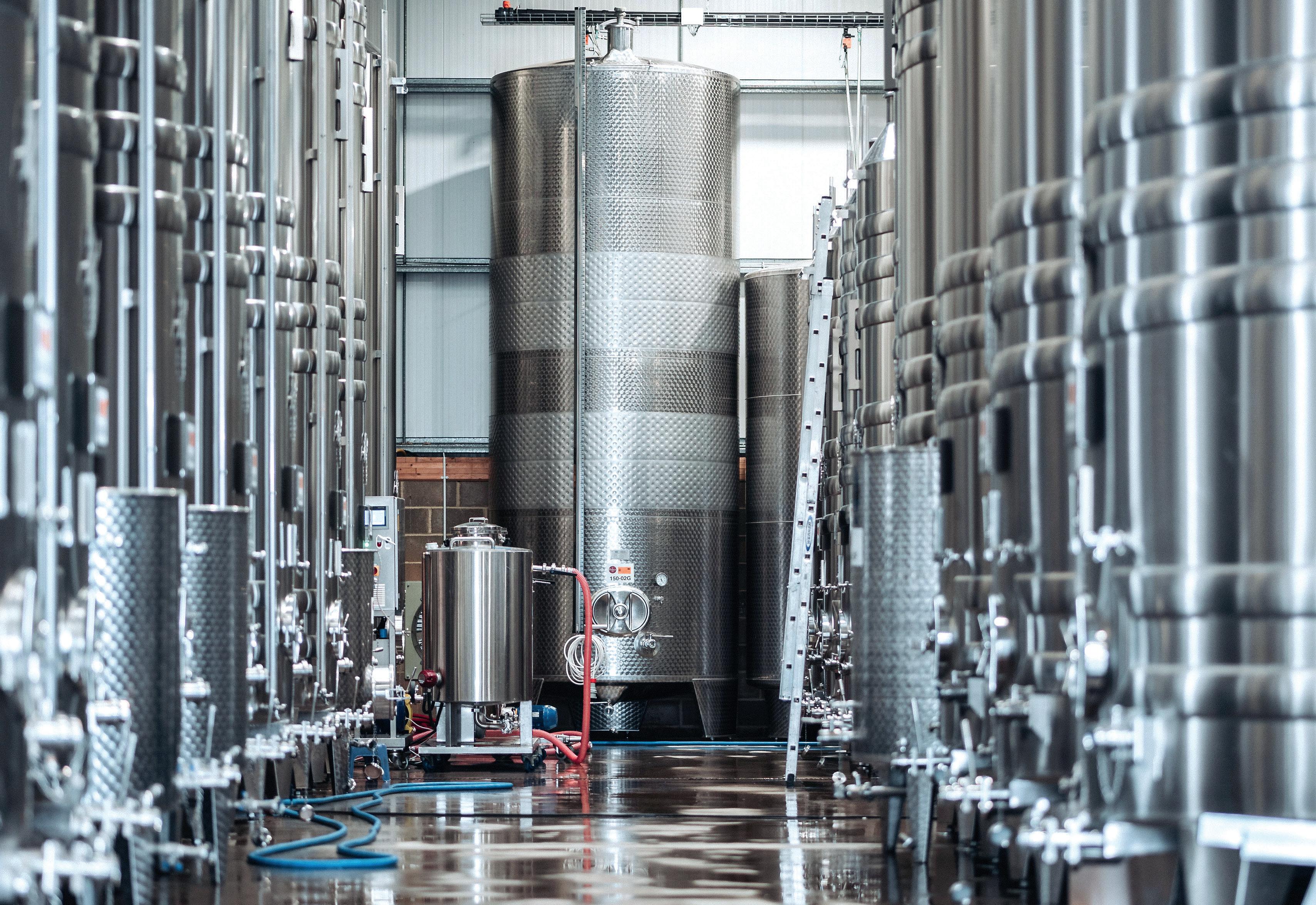
The benefits
“I think there are multiple benefits for using our services,” explained Henry. “You can call on experienced winemakers, who have access to a wide range of winemaking tools and technology. You can also minimise your capital expense, some of which you might get little use from.”
“You don’t have the problems of obtaining planning permission for a winery, dealing with winery waste or managing a team of people that will fluctuate in size throughout the year. But equally I recognise that for some people having their own winery fits their brand and business model,” added Henry.
40
www.definedwine.com
CONTRACT WINEMAKING
The winemaking
Working with only contract customers
Defined Wine focus on making quality wine consistently. “Whether the wines are still or sparkling – traditional method as well as PetNat – red, white or orange. We specifically avoid having a ‘house style’, so that everyone’s wine reflects their wishes.



“As we are a contract-only winery – and do not have our own vineyards or brands –everything we do is about adding value, for the people we make wine for. We are therefore totally focussed on supporting them and working with them to define their style of wine and involving them, as much or as little
as they want, in winemaking decisions. Hence the name: ‘Defined Wine’! We also have all elements of the winemaking process in-house, so can bottle, disgorge etc throughout the year, rather than use sub-contractors,” said Henry.

Making it work
“Have a clear idea of what you want to achieve and what your target audience is, so that the wines are made with the end consumer in mind,” advised Henry. “Along with good communication – and of course producing great grapes!
“Think ahead,” he continued. “When planting vines, think about what wines styles you want,


when the grapes will ripen, what the minimum press loads of the winery are etc. A contract winery will need notice to ensure they have tank space available and in the right sizes for the wines you want.”
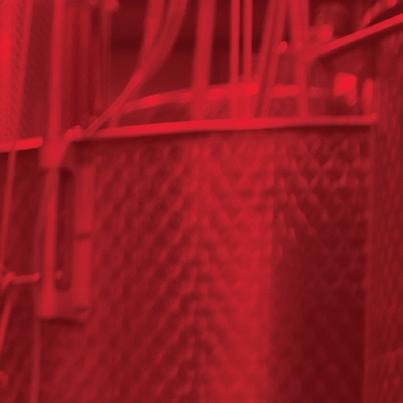
Award winning wines
“Our clients’ wines have won multiple awards, mainly for still wines as we have not been around long enough for many of our sparkling wines to have been released. One of our clients calculated that their still Rosé has won more awards than any other English still Rosé and this year was served on Virgin Upper Class,” said Henry.
41
andColdstab testing Lab services • Pressing • Filtering • Bottling • Riddling • Disgorging • Labelling • Storing www.definedwine.com ⌂ Outside Canterbury, CT4 5HL henry@definedwine.com CONTRACT WINEMAKING SERVICES No vineyards or brands, just contract services for others OCTOBER 2022 | VINEYARD
Strong growth in canned wine
Vineyards looking to take advantage of the current growth in the sales of wine in cans should make time for a chat with Northfleet-based Storefast Solutions.
Co-packing experts Storefast Solutions have decades of experience in packaging drinks in can and ‘bag-in-box’ formats and are increasingly working with vineyards across the South East to create customer-focused, sustainable products.
“We are seeing strong growth in canned wine in particular, as consumers are increasingly valuing the convenience, the sustainability and the quality that the product represents, particularly amongst younger people," explained Trevor Murphy, Storefast Solutions’ head of business development.
“Aluminium cans are infinitely recyclable, and the carbon footprint of a can is smaller than that of a glass bottle, which is good news for businesses keen to show their green credentials.”
Established 30 years ag,o Storefast Solutions has an impressive track record in the industry and works with a number of blue-chip companies. Winners in the breakthrough performance category of multinational alcoholic beverage company Diageo PLC’s 2022 awards, it is seeing consistent growth.

“We were one of the few companies to grow during the Covid-19 pandemic as consumers who could no longer go to pubs or restaurants switched to drinking at home,” Trevor explained. “We doubled in size over lockdown and, more importantly, have continued to grow since.”
Lockdown also contributed to the steady rise in the popularity of wine in cans, a market that experts predict will grow from its current global value of £158.4 million to £428.4 million by 2028. In the UK, sales soared from
> From left to right: Trevor Murphy, Christine Thompson, Willow Fitzgerald, Kinga Kolodynska, Niamh Wilson and Elizabeth Smith-Mensah
42
OCTOBER 2022 | VINEYARD WINEMAKING
£2.5 million in 2018 to £10.7 million in 2020.
A report from Can Makers, the trade body representing drinks can manufacturers in the UK, pointed out recently that “the variety of premium drinks in cans has increased dramatically and the number of cans shipped in the UK has recorded double digit growth”.
Chairman Simon Gresty said: “As more wine brands adopt and even launch exclusively in cans, consumer confidence in the quality of wine in a can is rising, underpinned by the high-quality offerings from brands that have worked hard to create a premium position in their market. He pointed to benefits including lower packaging and distribution costs, a more accessible price point and the ability to sell in smaller quantities.
A similar report into the growing popularity of wine in cans in Food & Beverage Magazine referred to their “convenience, portability, sustainability and coolness”.
Storefast Solution’s 100,000 sq ft of premises is close to the M25 and the London Gateway, which is ideal for imports from Europe and for London. Alongside modern manufacturing and packaging machinery, it houses 70,000 sq ft of bonded warehouse, allowing useful flexibility over duty payments.
The business was set up 30 years ago by Sharon and John Kirby, initially offering a storage facility along with blending and compounding for fruit juice and cocktail distributors.
Around 15 years ago the company moved away from storage and focused on compounding and blending, supplying juice, cocktail and hard seltzer compounds which customers then dilute, package and sell, a process which cuts distribution costs dramatically by avoiding the cost of transporting water.
When son Nick Kirby took over as Managing Director, he continued the move towards blending – a part of the business that sees Storefast Solutions producing 350,000 litres of product a week – while also increasing the company’s packaging operations in ‘bag-in-box’, keg and can formats.

The company’s steady growth, mostly via referrals from satisfied customers, means it now employs around 50 staff and has a turnover of some £7m. On the blending side it has supplied probably the UK’s biggest household name in soft drinks for around a decade.
“We have established a good reputation in the industry and we invest in the best equipment,” explained Trevor. “We are renowned for our food safety measures, the quality of our product and for meeting regulatory standards. We are British Retail Consortium (BRC) accredited to AA and have never had a product recall. Our experience levels are second to none. New customers often come to us because they realise that we can improve on the service they are currently receiving.
“One customer asked for help because their fruit cocktail drink, packaged elsewhere, was inconsistent. The earlier products had lots of fruit because it had sunk to the bottom of the tank, while later batches had very little. We re-engineered the process to incorporate a way of keeping the product moving while it was filling, so the distribution of fruit was even.”
Storefast Solutions can also blend, usually to the customer’s recipe, although team members such as Technical Director Tim Copeman, with his 40-plus years in the trade, are happy to advise. Also well experienced is Quality Manager Elizabeth Smith-Mensah, who has worked in the industry for 28 years.
The company’s impressive line-up of equipment includes a new, fully automated ‘bag in a box’ line that can fill 4,000 litres an hour, while it also has an aseptic packing line and an off-site frozen produce store. There are no minimum order quantities and Storefast Solutions is able to collect wine from the vineyard.
“The market for wine in alternatives to the 75cl bottle is growing rapidly and we have the skills, expertise and know-how to help vineyards take advantage of the change,” Trevor concluded.
Storefast Solutions can help you to benefit from the boom in portable packaging by bringing new products to market and growing your business
Storefast Solutions can help you to benefit from the boom in portable packaging by bringing new products to market and growing your business
Our services include:
Our services include:
Blending in batches up to 30,000 litres
Blending in batches up to 30,000 litres
Canning in volumes from as little as 1,000L
Canning in volumes from as little as 1,000L
A wide scope of bag in box and pouch filling options from 1 to 20 litres.
A wide scope of bag in box and pouch filling options from 1 to 20 litres.
A range of pasteurisation services to project your flavours and maximise your product shelf life
A range of pasteurisation services to project your flavours and maximise your product shelf life
Onsite bonded warehouse facility for storage of materials and finished goods.
Onsite bonded warehouse facility for storage of materials and finished goods
Find us: Orchard House, Courtyard V, Springhead Enterprise Park, Northfleet, Kent, DA11 8HN
Find us: Orchard House, Courtyard V, Springhead Enterprise Park, Northfleet, Kent, DA11 8HN
Call us: 01474 543 010
Email us: enquiries@storefast.co.uk
Call us: 01474 543 010
Visit us: www storefast co uk
Email us: enquiries@storefast co uk
Visit us: www storefast co uk
43
OCTOBER 2022 | VINEYARD
Carbon neutral glass pton
Berlin Packaging can offer any bottle, any shape in carbon neutral glass.

In light of the historic COP agreement of 2021 to reduce rising global temperatures, the importance of decarbonising many areas of the packaging in the wine and wider industries is essential to achieve these climate change targets.
enables the working of the material at better temperature conditions;
◆ Aluminium oxide, which lowers the coefficient of thermal expansion, increasing the viscosity.
Temperatures (approximate average data)


Glass is a superb packaging material for wine and has stood the test of time, it has a strong aesthetic and technical qualities that other materials find hard to match. One of the weakest parts of glass manufacturing is the carbon emissions involved in melting the glass in the furnaces to temperatures above 1000 degrees Celsius. Alongside, transportation and packing density post production. Excitingly Berlin Packaging has been making head way in this area and are now able to achieve 100% carbon neutral glass production. This is a combination of de-carbonising the furnace and energy consumption in production, using recycled ‘glass cullet’, analysing the packing and bottle weight with carbon offsetting with specific projects in mind to offset the difference. By de-carbonising the furnaces this means that bottle weight does not have to be such a feature of the glass packaging meaning interesting bespoke designs and premium packaging can still be CO2 conscious. I will outline the principles of glass manufacturing followed by developments in lightweight bottles as well as the study on Berlin Packaging’s Carbon Neutral approach.
Glass composition: and
Glass is obtained by melting a mixture of raw materials. The three main components in the process are:
◆ Silica, which is the vitrifying element (it melts at very high temperatures);



◆ Soda (sodium carbonate), which is the melting agent (it lowers the melting temperature of the silica);
◆ Calcium (calcium carbonate), which is the stabilizing element (it improves the chemical resistance of the glass).
Other ingredients are added to these three components in order to obtain certain properties:

Melting at 1500°C; Refining at 1300°C; Forming at 900/1000°C; and Annealing at 350/550°C
◆ Magnesium, that lowers the speed and temperature of the devitrification and thus processing temperatures and improves resistance to water and thermal shocks. Other (nitrates, sulphates) are
> materials comparison table: Material study on water bottles from Green parallels to the wine industry, synthesis relevant from Green-Alliance.org.uk
Raw
44
MarkC
Packaging
Alliance has some strong
for information purposes I will
two
studies
Peake et al. 2019 and 2020,
material extraction Waste and losses peR ecor s s i n g Collection Consump t ion Production Export Lifecycle hotspots that our recommendations will address Improve closed loop recycling of containers Decarbonise heat Expand recycling to non-container applications Glass 30
Technical information
chemical characteristics
Material Closed loop recycling possible Closed loop recycling likely in UK Likelihood found in li er Damage to marine life if li ered Plastic (PET) Yes Infrequent High High Aluminium Yes Sometimes High Low Glass Yes Frequent Medium Low Carton No No Low High Table reproduced from losing_the_bottle_methodology.pdf (www.green-alliance.org.uk) levels
additives
OCTOBER 2022 | VINEYARD WINEMAKING
introduced in order to eliminate gas bubbles and improve the homogeneity of the vitreous paste, as well as colouring or decolouring agents. It is worth underlining that the decolouring of glass is not generally a chemical reaction but the result of a physical process based on the superimposing of complementary colours.
With the production of flint glass (clear glass), despite the use of carefully selected raw materials, some impurities continue to be present (such as iron oxide or very small particles of chrome that give a yellow-green colour to the batch). For this reason, appropriate amounts of other ingredients are added, such as selenium (pink) and/or cobalt (blue) to obtain the typical "colourless-transparent" aspect of glass.
Other frequently added colouring agents are chrome (green), pyrite and graphite (dark yellow), copper (red).
Physical characteristics
Glass has distinctive features and can be considered both as a solid (because of its hardness, the ability to maintain its shape, etc.) and as a liquid (because of its isotropy, disordered structure, etc.), and it is therefore some-times described as a "high viscosity liquid". Between its extreme fluidity during the refining phase and the solid state of the finished product, there is the so-called "working range".
◆ Hardness: this is increased by calcium and boron. Only diamond can scratch glass;
◆ Density: this varies according to the type of glass. On average it is 2.5 kg/dm3 ;

◆ Fragility: this well-known characteristic is partly a result of its viscosity, which may cause internal stresses during the cooling phase; these can be partially eliminated using a particularly careful annealing process;
◆ Tensile and elongation strength: negligible;
◆ Resistance to compression: 40 kg/mm2 This makes it possible to use glass in the construction industry;
◆ Thermal conductivity: 50 times lower than steel and 500 times lower than copper. Glass is not a good heat conductor and this is another cause of its fragility;
◆ Conductivity of electricity: glass is a very bad conductor of electricity in its solid state (the glass used as an electrical insulator is obtained by using specific variations in its composition, since the presence of alkali must be minimised in order to eliminate the surface conductivity, created by the saline solutions that form between the dampness of the external layer and the sodium silicates – the white effect.
Aluminium has the highest impact per kg,
Product: 0.75 l Aurelia 500g 272mm 547.0 kg CO2 ton
CO2-Emission:
Possible measures to improve carbon footprint:
Type of measure Measure Impact (up to)
Reduction Use of eco-power -29.9% emissions -163.8 kg CO2 in melting process
Reduction Use of biomethan gas -35.8% emissions -196.2 kg CO2 in melting process
Compensation Investment in a climate-project -34.3% emissions -187.9 kg CO2 (ClimatePartner) emission process (outbound) (inbound)
Aurelia
"100% Carbon Neutral”
Designed for wineries in touch with the issue of sustainabili. The production is achieved by using electrici from renewable sources and a programme dedicated to offset residual CO2 emissions. in ancient green and emerald green, in order to maximise the recycled glass content.

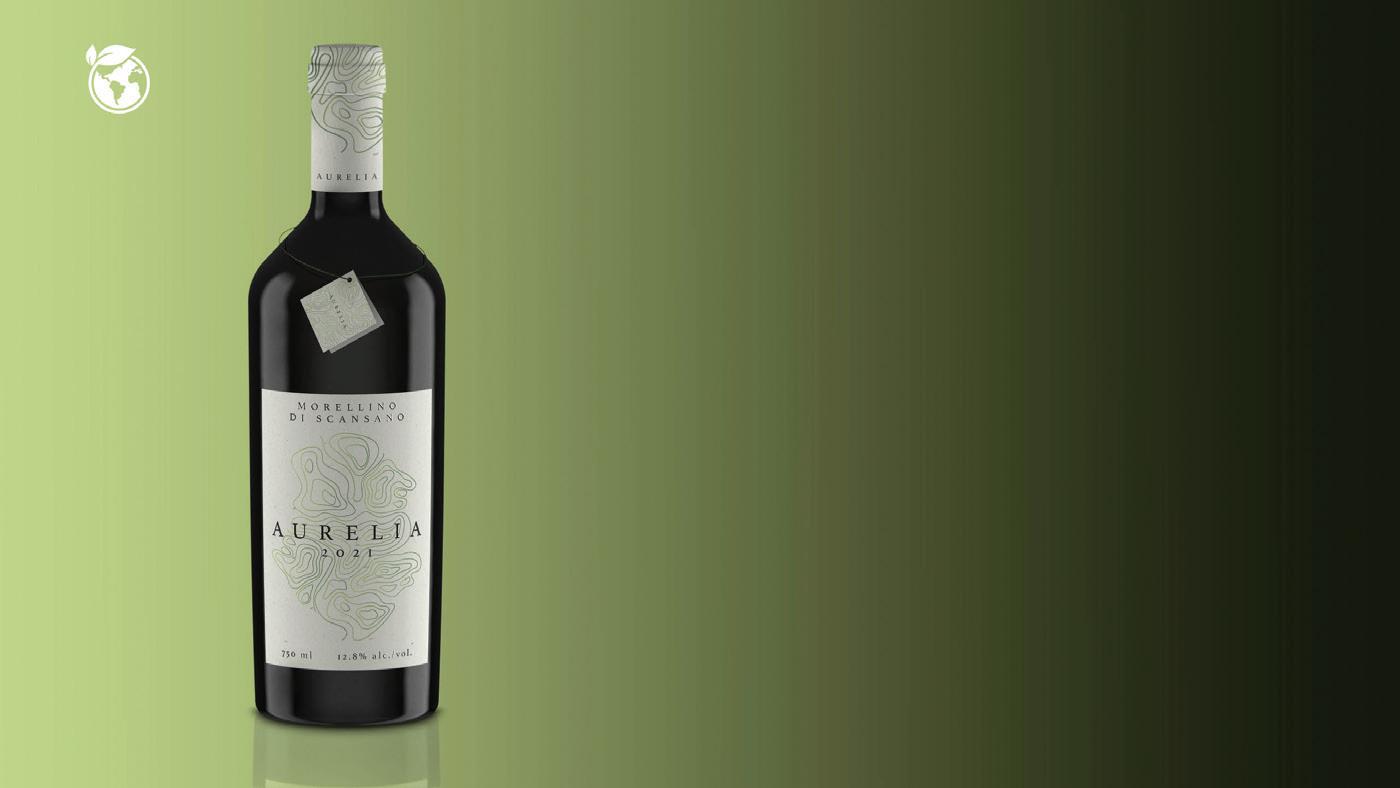
45
DESKTOP www.berlinpackaging.co.uk phone-alt 07805 081677 Envelope Mark.Crumpton@berlinpackaging.com > Greenhouse gas impacts per kilogram of packaging consumed in the UK (kg CO2e). By weight, and based on current levels of recycled content, aluminium production is the most carbon intensive, followed by steel and plastic Greenhouse gas impacts per kilogram of packaging consumed in the UK (kg CO2e) By weight, and based on current levels of recycled content, aluminium production is the most carbon intensive, followed by steel and plastic. 0 1 2 3 4 5 6 Paper and cardGlassPlasticSteelAluminium kg CO 2 e
but decarbonising production and higher recycled content would improve performance
Available
Patented model
Name:
oliv Weight:
Height:
Regular supply chain emissions:
packed glass
0.9% Group
65.7% Production
16.1% Raw materials 1.8% Packaging 13.5% Logistics
1.5% Logistics
0.5% Disposal OCTOBER 2022 | VINEYARD
Ellagic magic pton
By Ernst Kleynhans, LAFFORT® South Africa.

When wine ages in an oak barrel, a new barrel not only adds aromatic complexity to the wine, but also protects the wine against oxidation. This is done by regulating the oxidation-reduction phenomenon during maturation and/or micro-oxygenation. The component which is primarily responsible for this phenomenon is ellagic tannins. These are tannins that are hydrolised to ellagic acid, which in turn is a natural phenol antioxidant. The amount of ellagic tannins in a barrel decreases significantly every time it’s used.
More than 50% is lost during the first year of use and there’s hardly any ellagic tannins left in a barrel after three years of use.


General overview and maturation of wine
Barrel inserts were used to introduce integrated oaky notes and enhance the flavour and aromatic profile of wine. Tannins were used to restore the levels of ellagic tannins that are lacking in older barrels, necessary to protect a wine from oxidation, and also preventing a wine from becoming brown and oxidative during the maturation process.
The trial was conducted during the 2014 vintage in the Robertson Valley. Maturation of the wine took place in barrels.
For this trial 10 barrels from the same
cooperage were selected to reduce variability. Four of these barrels were new 2014 barrels. The other six barrels were older, from the 2004 vintage, thus 10th fill barrels. NOBILE® BARREL REFRESH (barrel inserts) was used to simulate the new wood component and QUERTANIN® (stave wood-quality ellagic tannins were used to adjust the level of ellagic tannins lacking in the older oak barrels. See Table 1 for a complete summary of all the treatments.
The 2014 barrels were filled with wine and weren’t given any additional treatment. These barrels however did have different toasting levels (L/M, Light/Medium; M, Medium; M+, Medium Plus) (FG, Fine Grain; OG, Open Grain).
As the wine was drained off the skins and racked into the respective 2004 barrels, each was given a QUERTANIN® dose of 1 g/hL (10 ppm). These six barrels continued to be given 1 g/hL (10 ppm) of QUERTANIN® every three months for the duration of the 12-month ageing period. In addition, five of these barrels had one NOBILE® barrel insert. Each NOBILE® barrel insert resembles 20% of a new 225 L barrel. The
46
MarkC
> Table 1
WINE BARREL BARREL REFRESH ADDITIONAL TREATMENT TRIAL DURATION (months)Barrel age Toast Fill Profi le Dosage Tannin Dosage (at racking) Dosage (3 months intervals) 1 2004 10th QUERTANIN® 1 g/hL (10 ppm) 1 g/hL (10 ppm) 12 2 2004 10th FRESH 20% new wood QUERTANIN® 12 3 2004 10th SENSATION 20% new wood QUERTANIN® 12 4 2004 10th INTENSE 20% new wood QUERTANIN® 12 5 2004 10th REVELATION 20% new wood QUERTANIN® 12 6 2004 10th INTENSE 20% new wood QUERTANIN® 12 7 2014 L/M, FG 1st 12 8 2014 M, FG 1st 12 9 2014 M+, OG 1st 12 10 2014 M+, FG 1st 12 OCTOBER 2022 | VINEYARD WINEMAKING
New barrel (limousin)
New barrel (limousin)
Used barrel - 1 wine (limousin)
Used barrel - 2 wines (limousin)
Used barrel - 1 wine (limousin)
Used barrel - 2 wines (limousin)
Month
barrel that was not given a barrel insert served as a control. The maturing red wine barrels were checked at regular intervals and topped up as necessary.
Tannin content extracted from the oak is lower in used barrels. The ellagitannin protective effect is decreased and the wine becomes subject to premature oxidation.
Sensory evaluation
M, Medium; M+, Medium Grain). As the wine was drained respective 2004 barrels, each g/hL (10 ppm). These six (10 ppm) of QUERTANIN® the 12-month ageing period. one NOBILE® barrel insert. 20% of a new 225 L barrel. insert served as a control. checked at regular intervals adjusted and the respective then stored under cellar in four tasting sessions by The wines were evaluated 10 was the most preferred one of the new 2014 barrels toasting. score of 15.7 was also from a fine grain and medium was a wine from one of the and contained one NOBILE® insert and had been given a months. score of 15.4 also came from NOBILE® BARREL REFRESH and had also been given with a score of 15.2. This combination of QUERTANIN® and BARREL REFRESH SENSATION toasted. The convection-oven toast throughout the oak which concentration. Therefore this flavour and aroma of the preventing oxidation. ), REVELATION) and wine
After 12 months the SO2 levels were adjusted and the respective wines were hand-bottled. They were then stored under cellar conditions until they were evaluated in four tasting sessions by winemakers from various wine regions. The wines were evaluated and scored out of a total of 20 points.
Looking at the top five wines, wine 10 was the most preferred wine and scored 16.3. It was from one of the new 2014 barrels with a fine grain and a medium plus toasting.
Tannin content extracted from the oak is lower in used barrels. The ellagitannin protective effect is decreased and the wine becomes subject to premature oxidation. QUERTANIN® permits the re-creation of the buffer qualities provided by tannins extracted from new barrels, and protects the wine from oxidation phenomena. 40 60 Wood
The wine with the second highest score of 15.7 was also from a new 2014 barrel. The oak had a fine grain and medium toasting. Hot on the heels of this wine was a wine from one of the older 2004 barrels. It scored 15.6 and contained one NOBILE® BARREL REFRESH REVELATION insert and had been given a QUERTANIN® dose every three months.
The wine that came fourth with a score of 15.4 also came from a 2004 barrel, but it contained one NOBILE® BARREL REFRESH AMERICAN REVELATION insert and had also been given QUERTANIN® dosages.
The fifth-placed wine was wine 3 with a score of 15.2. This wine also contained the combination of QUERTANIN® and barrel insert, namely NOBILE® BARREL REFRESH SENSATION.
This barrel insert is convection-oven toasted. The convection-oven toasting process creates a uniform toast throughout the oak which drastically reduces the ellagic tannin concentration. Therefore this barrel insert contributes mostly to the flavour and aroma of
the wine, but is not as effective in preventing oxidation. On the other hand wine 2 (NOBILE® BARREL REFRESH FRESH), wine 5 (NOBILE® BARREL REFRESH REVELATION) and wine
CONCLUSION
6 (NOBILE® BARREL REFRESH AMERICAN REVELATION) all had barrel inserts that were either untoasted (Fresh) or received a toasting similar to fire toasting (Revelation and American Revelation).
Conclusion
Adding QUERTANIN® permits the re-creation of the buffer qualities provided by tannins extracted from new barrels, and protects the wine from oxidation phenomena.COMPARISON THE 5 MOST PREFERRED WINES BARREL
Toasting takes place on the surface of the wood and therefore doesn’t affect the concentration of the ellagic tannin as much compared with the convection oven toasted oak products. phone-alt 07805 081677
All wines were well received by the tasters who evaluated them. All the wines from the 10 year old barrels did exceptionally well compared with the wines aged in new oak barrels. Although the wines from the barrels with NOBILE® BARREL REFRESH and QUERTANIN® combinations didn’t have the highest score, complexity and structure of wine from a new barrel but they clearly demonstrate that NOBILE® BARREL alternatives used in conjunction with the QUERTANIN® RANGE can be used to extend the life of older barrels, while protecting the wine.
All wines were well received by the tasters who evaluated them. All the wines from the 10-yearold barrels did exceptionally well compared with the wines aged in new oak barrels. Although the wines from the barrels with NOBILE® BARREL REFRESH and QUERTANIN® combinations didn’t have the highest score and complexity and structure of wine from a new barrel, they
> A comparison of the five most preferred wines
> Ellagic tannin content in barrels
03 69 12 15 50 100 Ellagitannins (mg/L)
A
OF
0 20 40 60 80 100 Appearance Colour Hue Aroma / Wood notes Sweetness / Fruit Body / Structure Flavour / Complexity Finish / Length 3: SENSAT ION + QT 8: BARREL , M/FG 10:
, M+ /FG 5: REVELATION + QT 6: AM. REVELATION + QT 03 69 12 15 50 100 Ellagitannins (mg/L) Month
Adding
A COMPARISON OF THE 5 MOST PREFERRED WINES 0 20
80 100 Appearance Colour Hue Aroma /
notes Sweetness / Fruit Body / Structure Flavour / Complexity Finish / Length 3: SENSATION + QT 8: BARREL, M/FG 10: BARREL, M+ /F 5: REVELATION + QT 6: AM. REVELATION + QT
BARREL REFRESH FRESH
47
DESKTOP www.berlinpackaging.co.uk
Envelope Mark.Crumpton@berlinpackaging.com
OCTOBER 2022 | VINEYARD
Representing you
Working in partnership with Vineyard magazine for a developing UK wine industry.
WineGB is the national trade body representing the vine growers and winemakers of Great Britain from the largest producers to small hobbyists. Our members work together with the organisation to develop strategy, expertise and marketing opportunities for long-term, sustainable success. WineGB us. www.winegb.co.uk
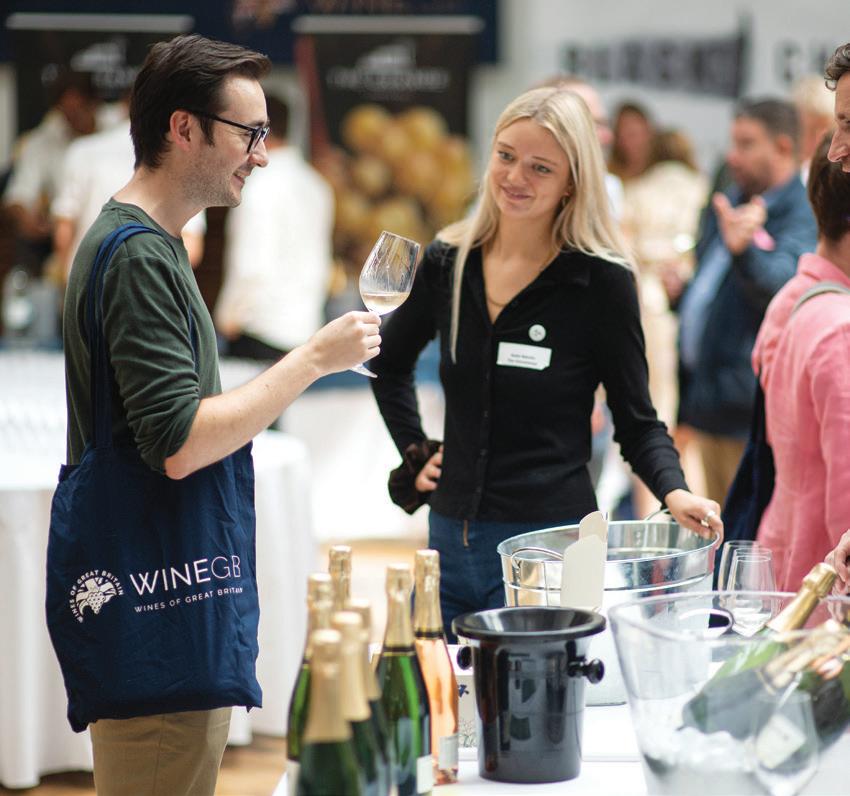
WineGB Trade and Press Tasting
Our annual Trade & Press Tasting took place on 6 September at the RHS Lindley Hall in London. This year we showcased wines from 58 producers from across Great Britain, including regional association tables representing Wales, the East of England, the South-East and Wessex. We are proud to report that we welcomed a record number of visitors, demonstrating the support and enthusiasm that our burgeoning wine industry is generating.
This year’s event also shone a spotlight on sustainability. Our industry’s sustainability programme, Sustainable Wines of Great Britain

(SWGB), took a stand and members of the team provided further insight into the scheme, its members and the 35 SWGB accredited wines that have now been released. SWGB has 83 members and covers 77 of the country’s vineyards, which account for around 55% of the hectarage under vine.
In line with our commitment to sustainability, this year’s tasting went digital. We did not produce a printed catalogue, but instead worked with Bottlebooks to produce a comprehensive list of all of the wines due to be exhibited. In this endeavour, we estimate that we saved over 22,500 trees.
Photos: Tom Gold Photography
If you are interested in wine production in the UK find out more about
and join
Visit our website
facebook-f @winegb twitter @Wine_GB INSTAGRAM @winegb linkedin-in @winegb
The Trade Tasting catalogue is still available to view online via the WineGB website: https://tradetasting2022.winegb.co.uk
48
We have released our latest industry report, which includes all the facts, figures, and statistics from 2021 to 2022. The full report is available on the WineGB website.
Some of the key findings include:
◆ 97% of vine plantings have taken place since 2000.
◆ Sales of English and Welsh wine rose by 31% last year, and by 69% since 2019.
◆ Direct-to-consumer sales increased by 265% in the period from 2019 to 2021.
Industry report Great British Wine Festival
We are joining forces with Vineyard Magazine to host a post-harvest, and post-show, dinner on the evening of the Vineyard & Winery Show on 23 November.
The event will bring together vineyard owners, winemakers and operators with many of the goods and service suppliers to the industry. The event will take place in the Clive Emson Hall at the Kent County Showground and will include a tasting of award-winning UK wines, a paying bar serving local drinks, dinner and entertainment.
WineGB members are entitled to a 10% discount on in-house laboratory services from FAST LLP. Contact Phoebe French for details on how to claim: phoebe@winegb.co.uk
Tickets are on sale now at £75+VAT per head and there are also opportunities to take a full table. To book your tickets visit https://tinyurl.com/wdayxa9s and for more information, please email Angelina Howe: Angelina@winegb.co.uk
WineGB announces partnership with Knight Frank
We are pleased to announce that leading independent real estate consultancy Knight Frank has become our latest Industry Partner. We will work primarily with Knight Frank’s viticulture team, which is focused on supporting vineyard managers and wine producers who make quality still and sparkling wine from grapes grown in Britain.
As part of its services to the GB wine sector, Knight Frank identifies land that is suitable for viticulture using its in-house geospatial vineyard mapping software. This technology assesses important variables such as soil type, altitude, frost risk, slope direction, gradient and road access, to ensure land can produce quality winegrapes. The viticulture team will then help buyers to negotiate with landowners to buy or rent land.
Knight Frank also supports vineyards and wineries looking to diversify and upscale their businesses. Its placemaking-led diversification service enables wine producers to increase the quality and quantity of footfall to their site. The viticulture team also provides advice in sales and investment in vineyard land and wine businesses.
WineGB CEO Simon Thorpe MW commented: “We are delighted to be working with the Knight Frank team. There are now 879 vineyards and 195 wineries in Britain, and the area under vine has more than quadrupled since 2000. With more vines being planted each year and with some of our more established wineries celebrating key milestones in their history, Knight Frank’s expertise in land assessment and business diversification will be of great use to 01858
our industry. We look forward to working with Knight Frank in supporting one of the fastest growing agricultural sectors in the UK.” Knight Frank Partner and Head of Viticulture Ed Mansel Lewis added: “We are thrilled to have been appointed as WineGB’s new Property Partner. They are a superb organisation that provide extensive support and advice to industry members across the UK. Our vineyard team has been involved in the burgeoning UK vineyard sector for almost a decade, advising many leading UK vineyard and wine businesses across the country with land identification, purchase, sale and business consultancy matters. We are delighted that WineGB recognises this and look forward to supporting them and their members with this new partnership.”
2022
OCTOBER 2022 | VINEYARD JOIN WINEGB phone-alt
467792 paper-plane office@winegb.co.uk globe-asia www.WineGB.co.uk 49

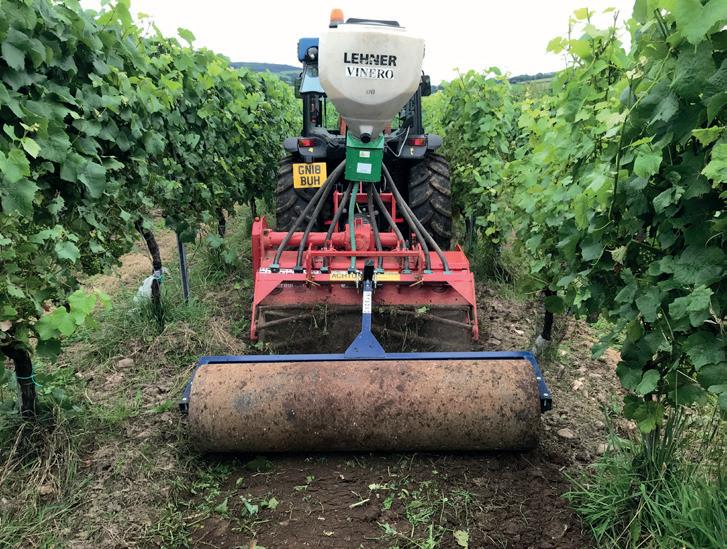

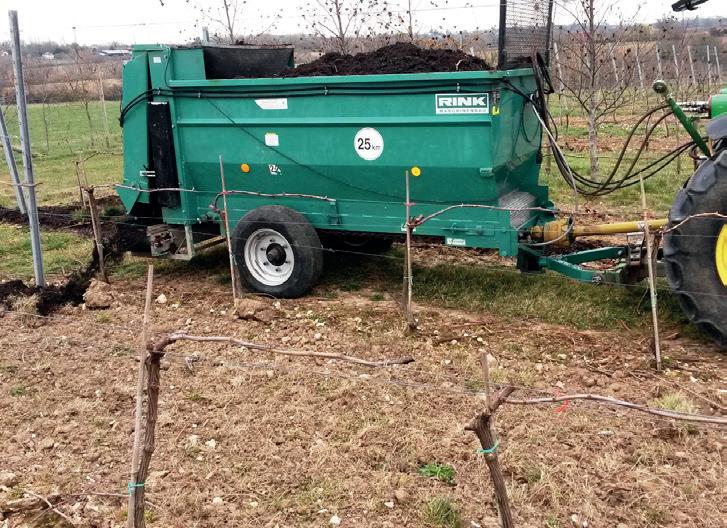
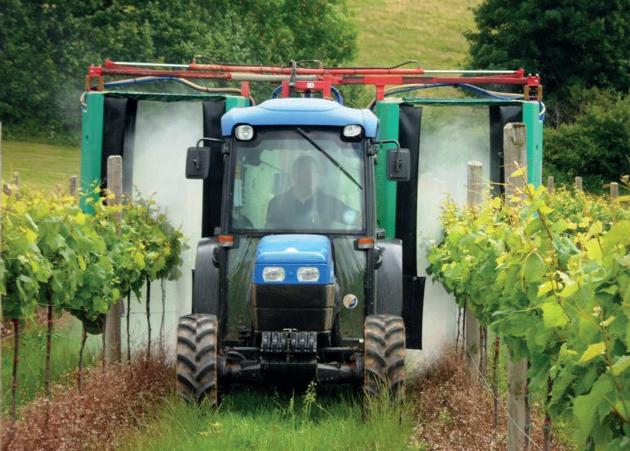

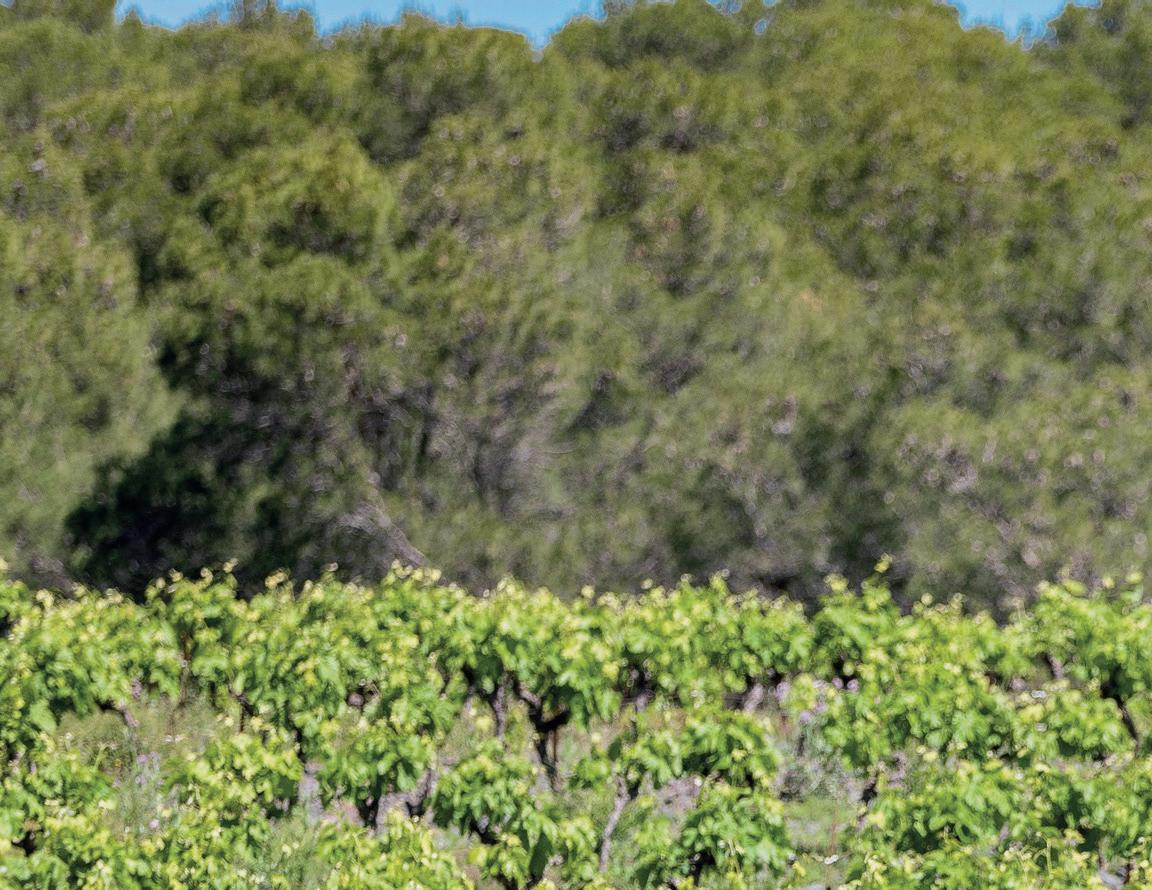


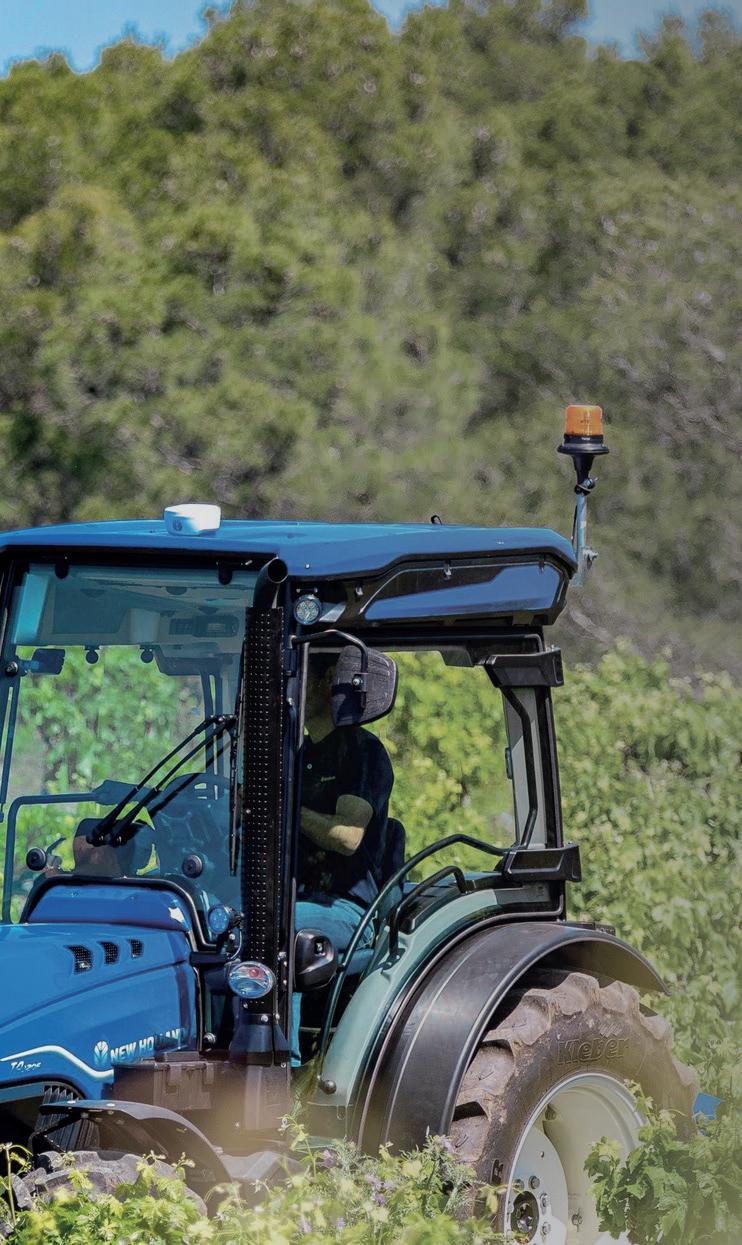
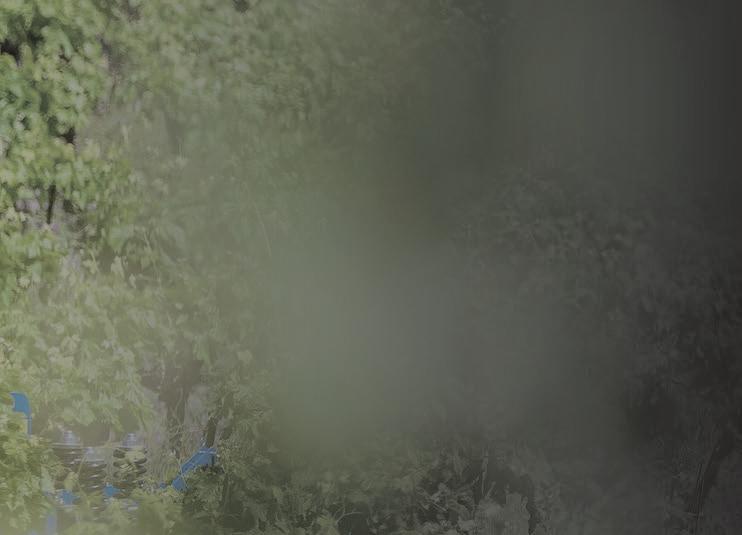





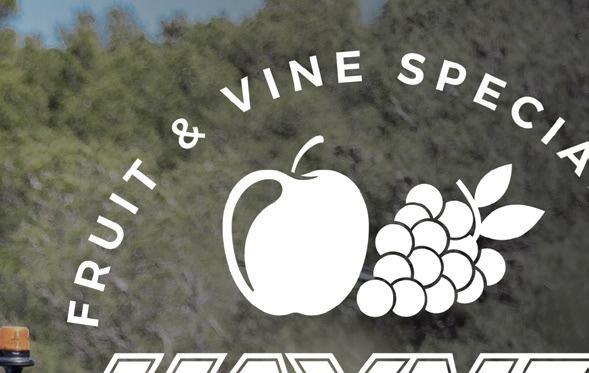












50 Vitifruit Equipment Sales and Hire /vitifruitequipment vitifruitequipment@sky.com 01732 866567 www.vitifruitequipment.co.uk VINE TRIMMERSONE PASS SEEDING BOISSELET WEED CONTROL COMPOST SPREADERSPRAYERS LEAF PLUCKERS Covering South & South East England OCTOBER 2022 | VINEYARD
Choosing a mower

These days there are a multitude of makes, models and sizes available. Finding the right one may not be straightforward. Typically there are flail types and rotary types.
Flails are generally heavier and can be used to cut grass but also mulch prunings and rough areas around the property.

Rotary mowers are generally less robust and only cut grass and lighter vegetation, however there is a heavy duty rotary type with extra wood chopping blades which also mulches prunings but gives a neater cut in grass alleys than a typical flail.

Flail and twin rotor mowers can also be equipped with vegetation side ejection systems for mulching under the vines, the flail ejects to one side and the rotary both sides.
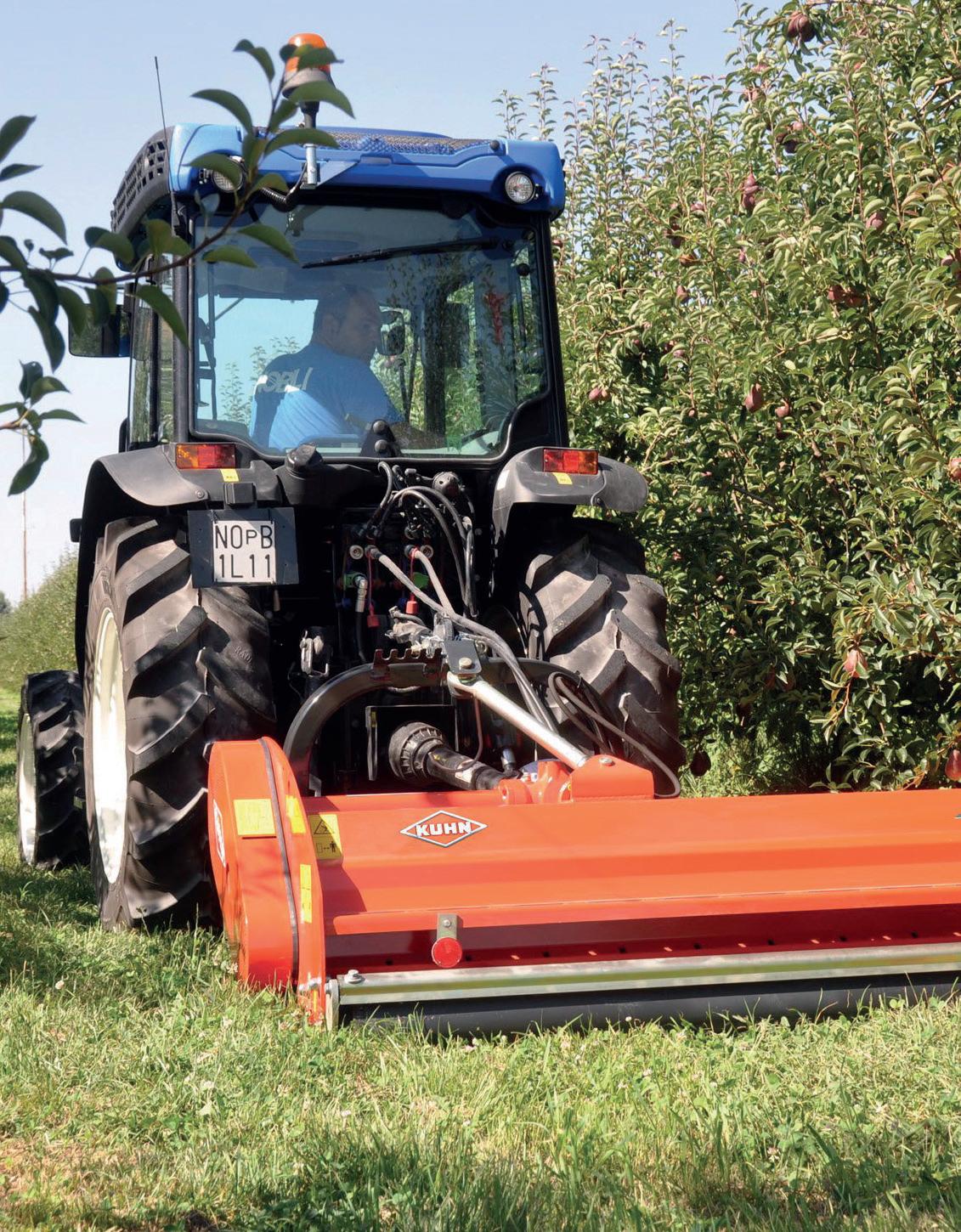
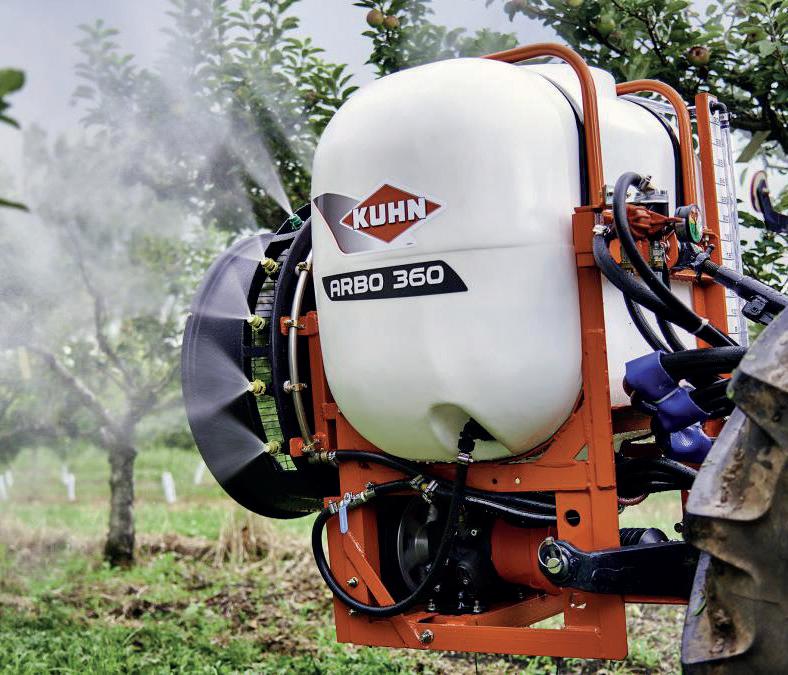
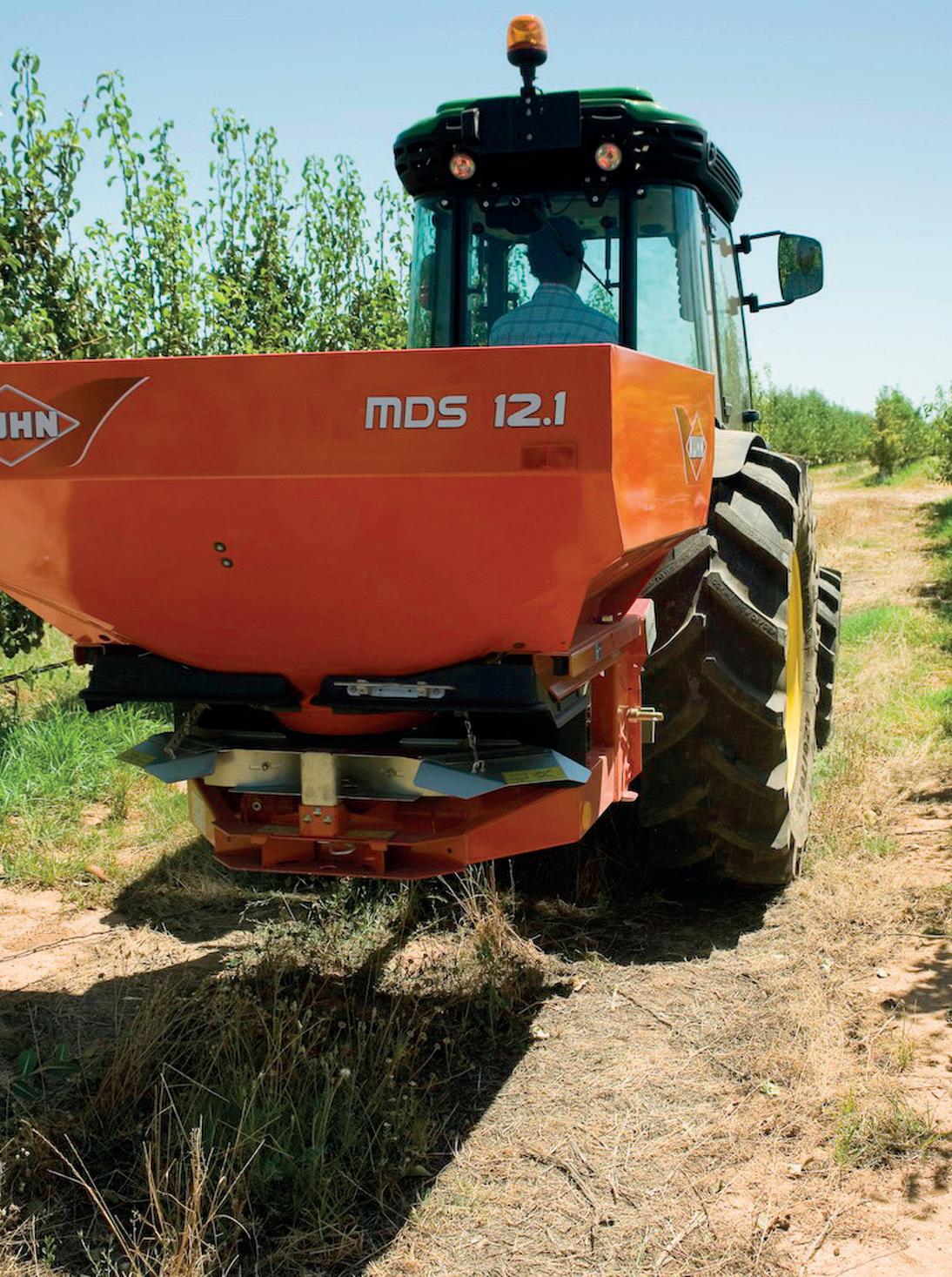
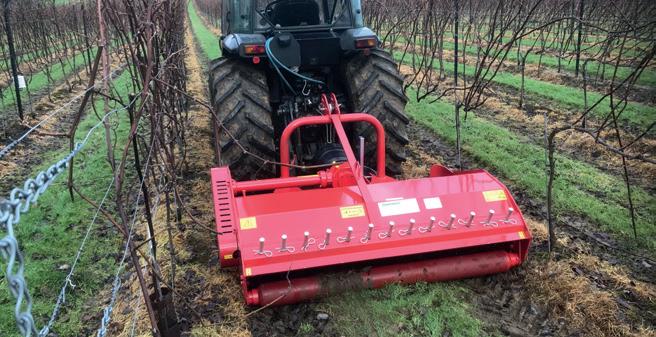
Single rotor mowers are cheaper than twin rotors but are longer and can be a problem when turning on short headlands. They are normally only equipped with side skids which can be a problem if the ground is uneven and the blades scalp and dig into the ground; the skids drop down into a depression made by the tractor tyres or a trench
made by a Rollhack and the blades follow so to overcome this problem fit an adjustable height rear roller and possibly front wheels to keep the blade above the soil.
Variable width mowers with side wings or with a lateral expansion facility enable cutting close up to the vine stem however they don't get close enough to deal with the immediate area around the base of the vine so it's necessary to either manually strim or use an inter vine tractor mounted Boisselet system equipped with its super sensitivity wand with strimmer, mower or cultivator.
If growing cover crops there are special front mounted cutter bar mowers coming onto the market which lay the cut plants down without shredding them to produce a summer thatch stopping the sun from baking the soil. For winter pruning mulching there are special flail mowers with pick up reels which lift the prunings into a chopping chamber; these are particularly useful over stony ground where blades would otherwise be worn out quickly but they are also better at producing a finer mulched material which 01732
VITIFRUIT EQUIPMENT

integrates faster back into the ground thereby reducing the risk of disease carry over.
Typical manufacturers: www.fehrenbach-maschinen.de www.sauerburger.de www.aedes.bz www.boisselet.com


51 David Sayell&Richard W i t
DESKTOP www.vitifruitequipment.co.uk phone-alt
866567 Envelope vitifruitequipment@sky.com
◆
◆
◆
◆
Explore the range online at farol.co.uk Utility vehicles, compact tractors, fertiliser spreaders, sprayers and much more! OCTOBER 2022 | VINEYARD


Itasca Wines Ltd are delighted to introduce Itasca Technical Services Itasca Technical Services providing the English and Welsh Wine Industry with the product choices and after sales service that our developing market demands. • Top European Manufacturing Partners • Tanks, Processing, Press, Temperature Control, Pumps, Filters, Bottling • Full Winery Fit Outs • Engineering After Sales Service • Sales of Consumables • Laboratory Equipment Supplies The Finest Equipment & Support Contact us & nd out more Email: John.s@itascawines.com Phone John Simmons 01252 279834 | Mobile 07788 561464 Web: itascawines.com Saturn Stainless Industries stainless steel tank manufacturers






